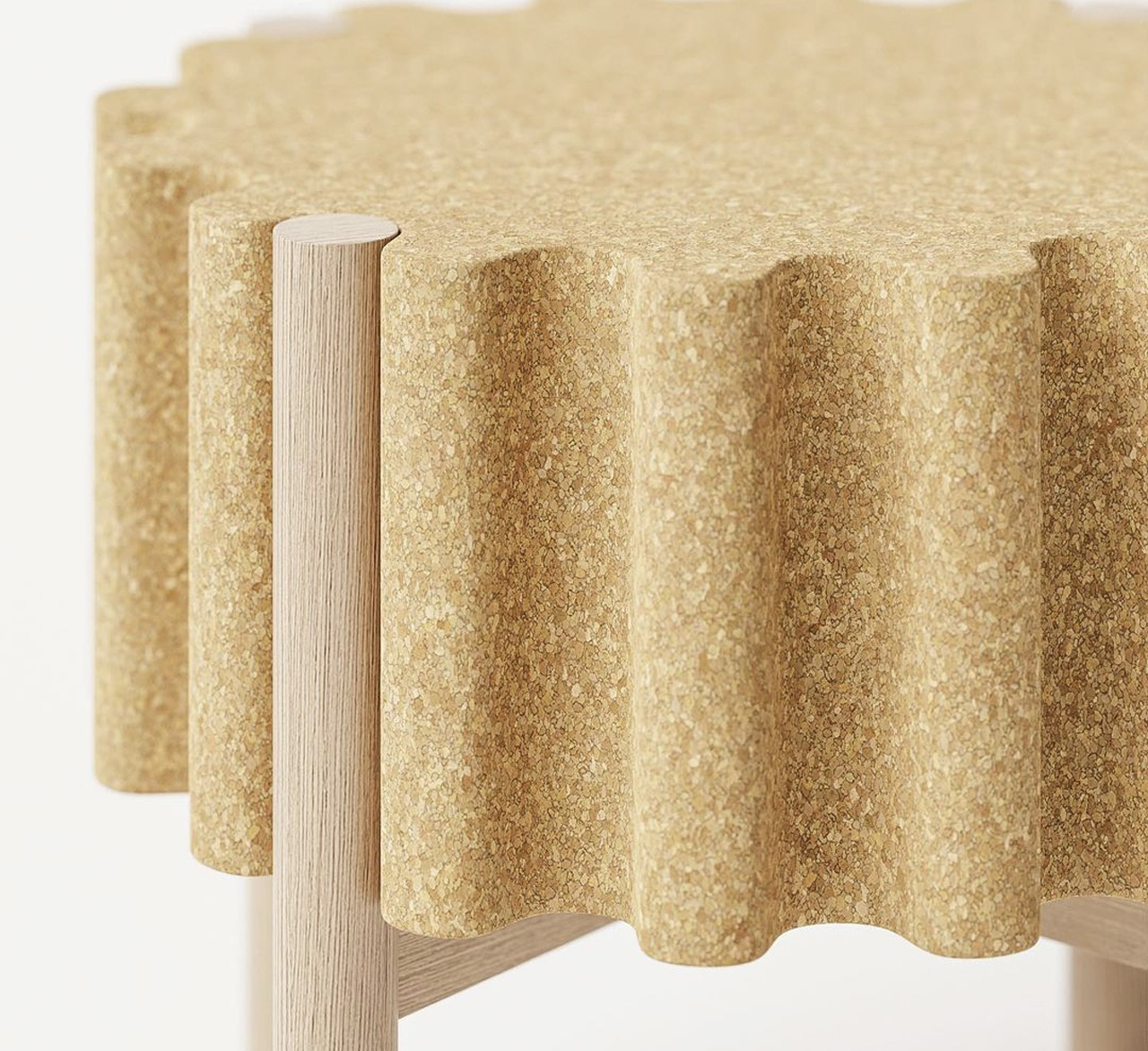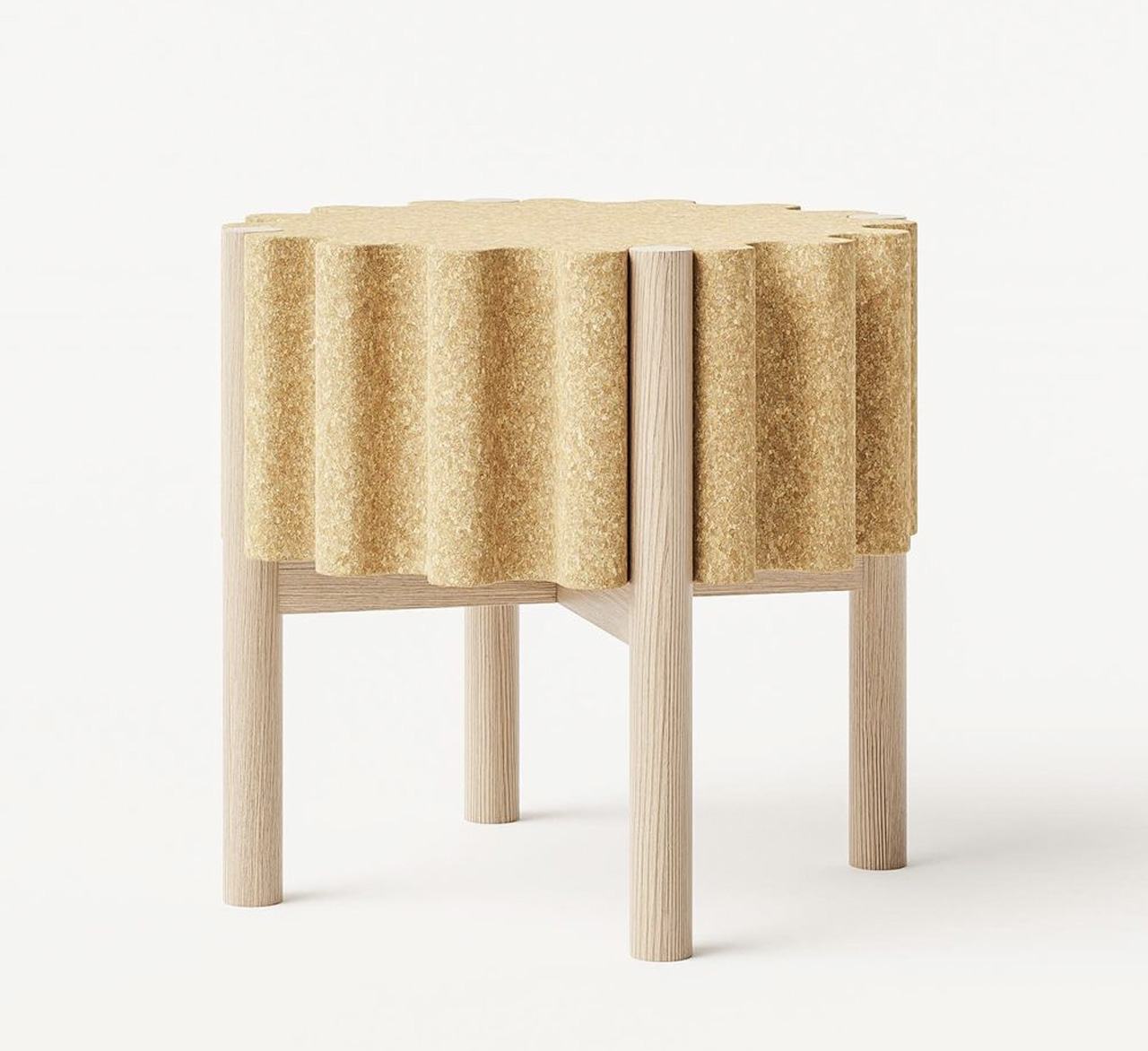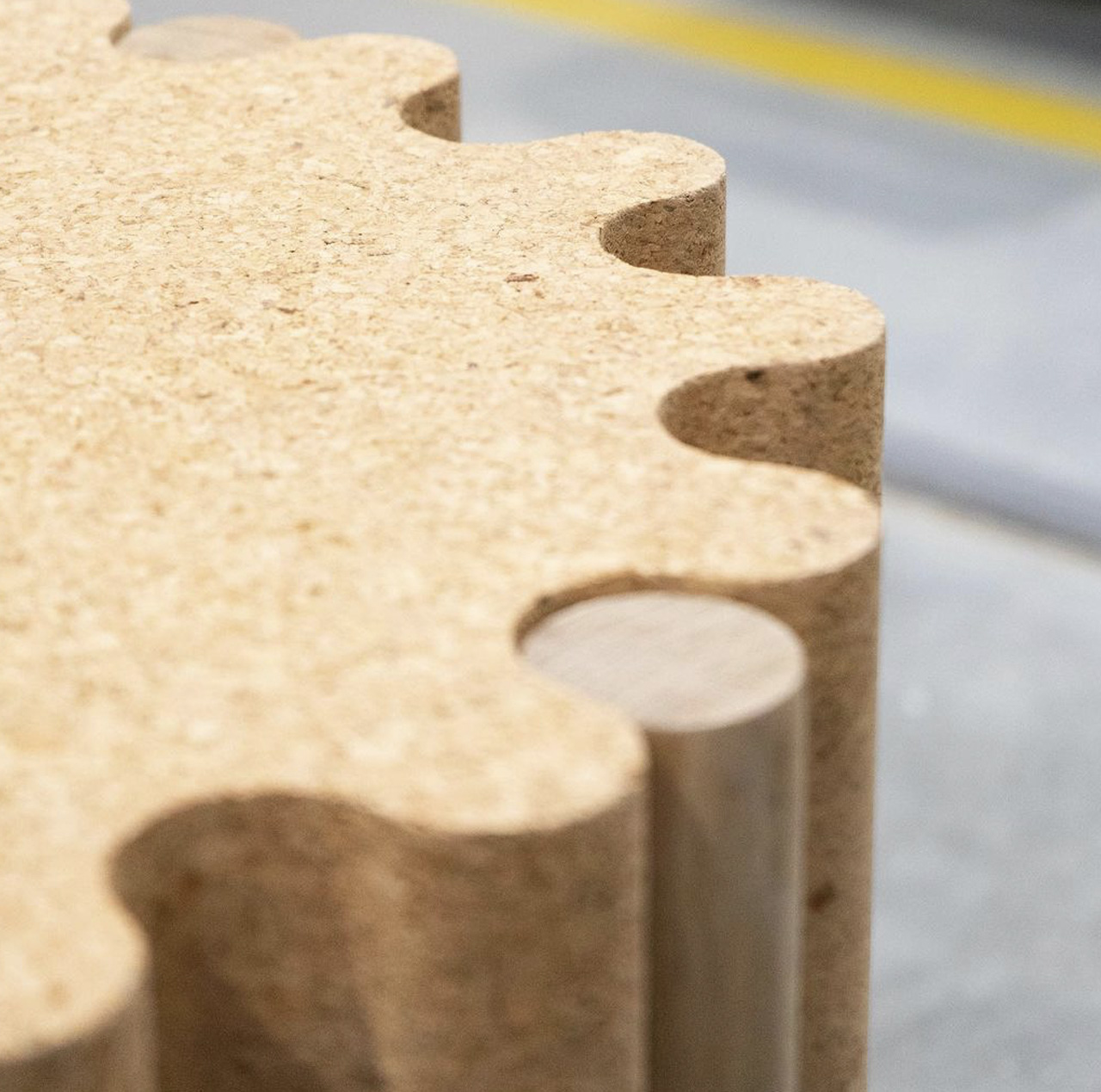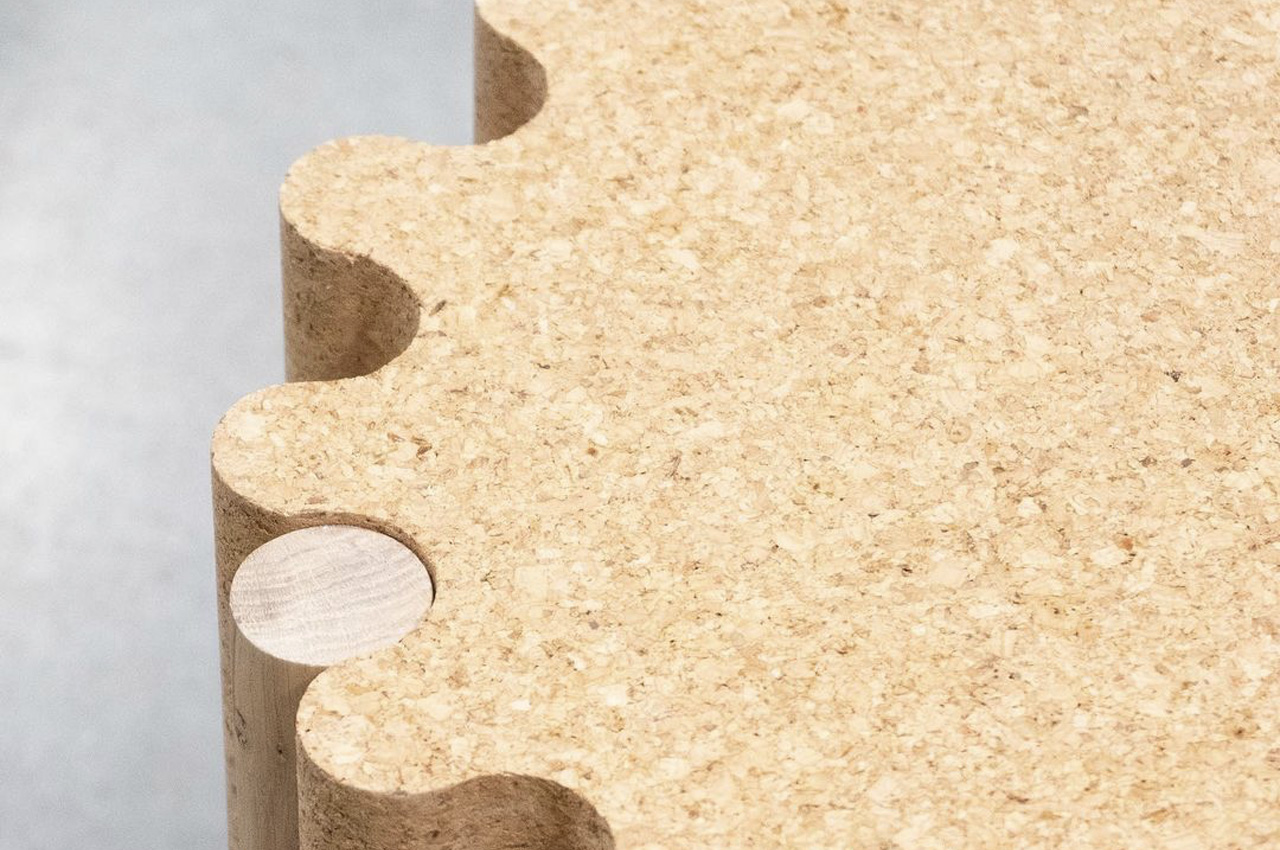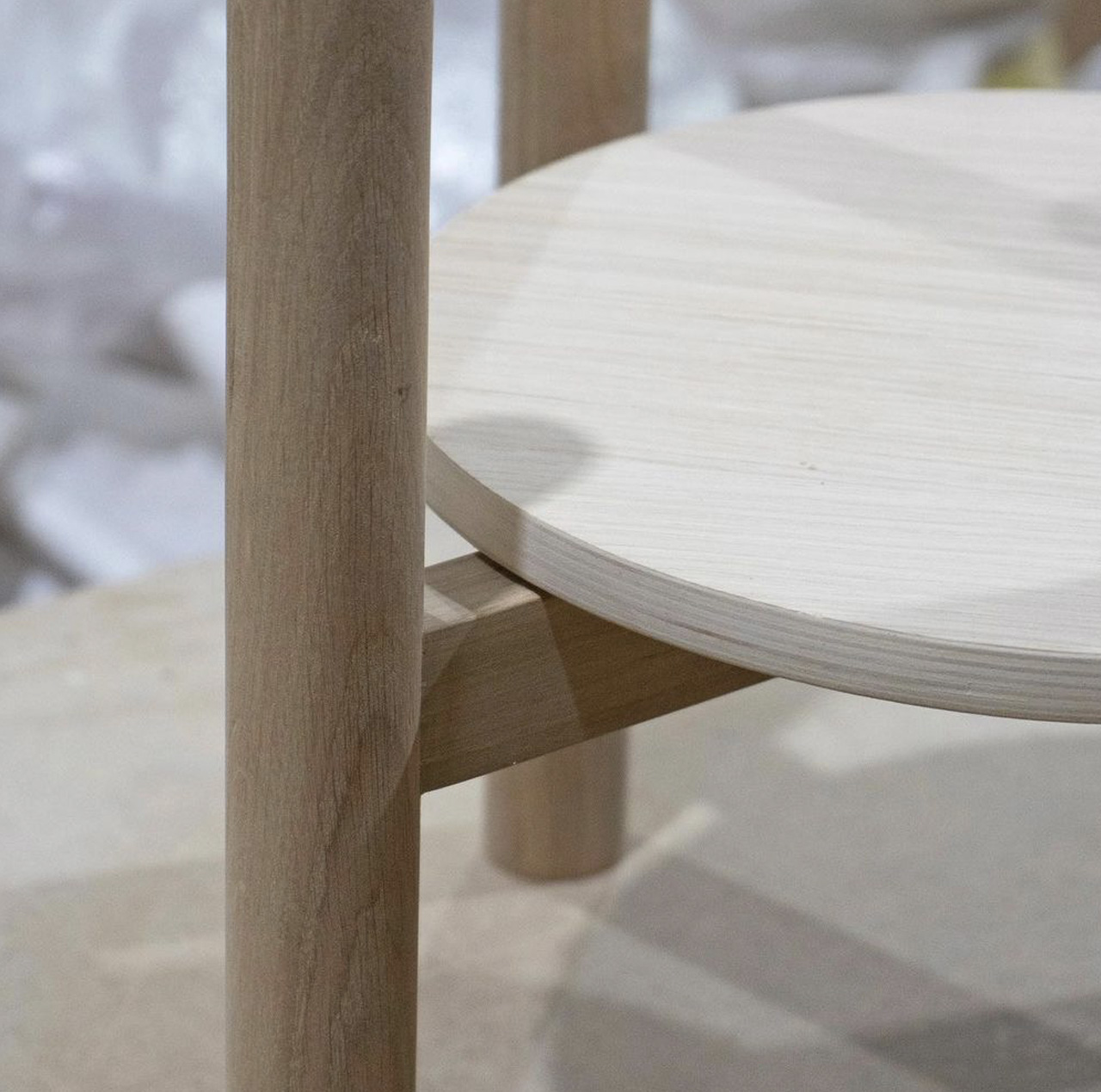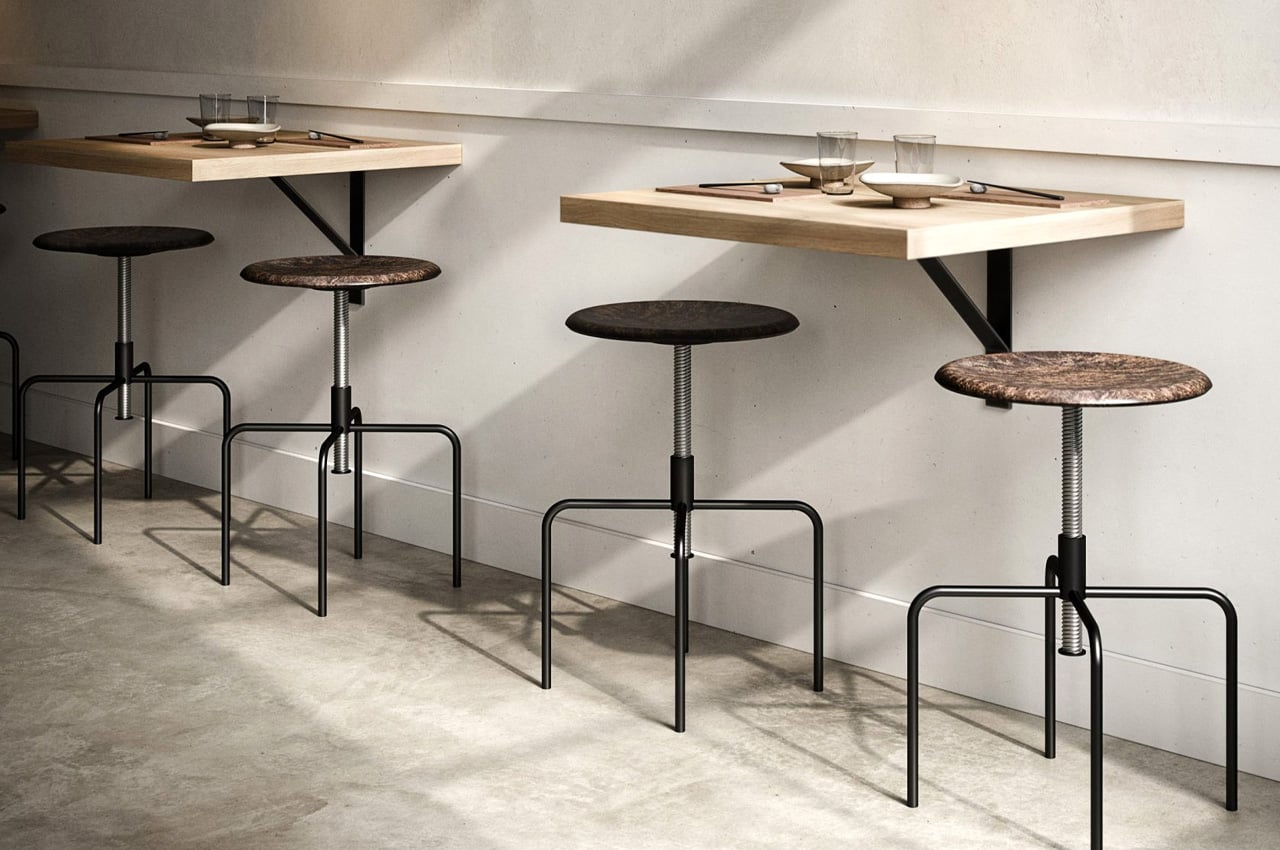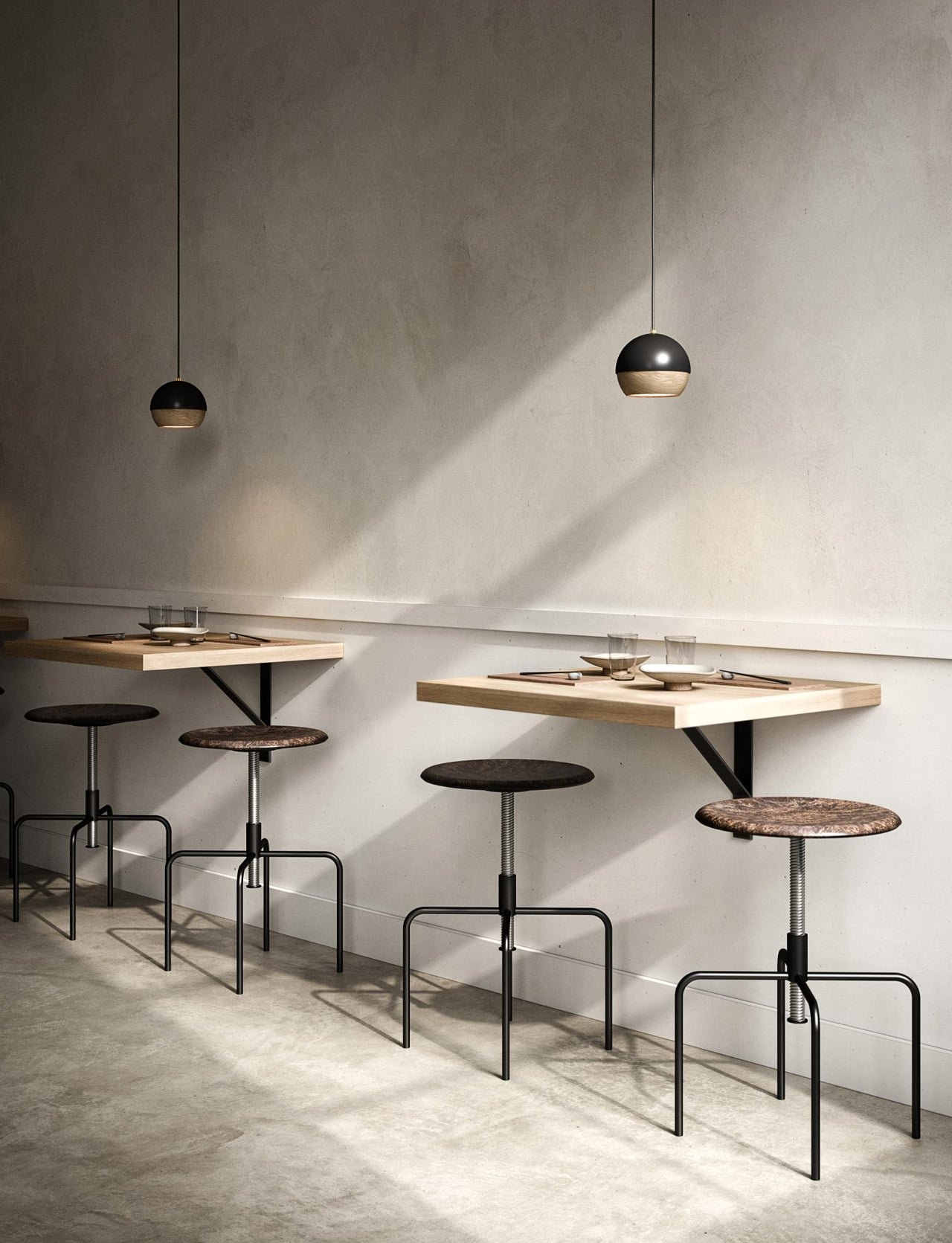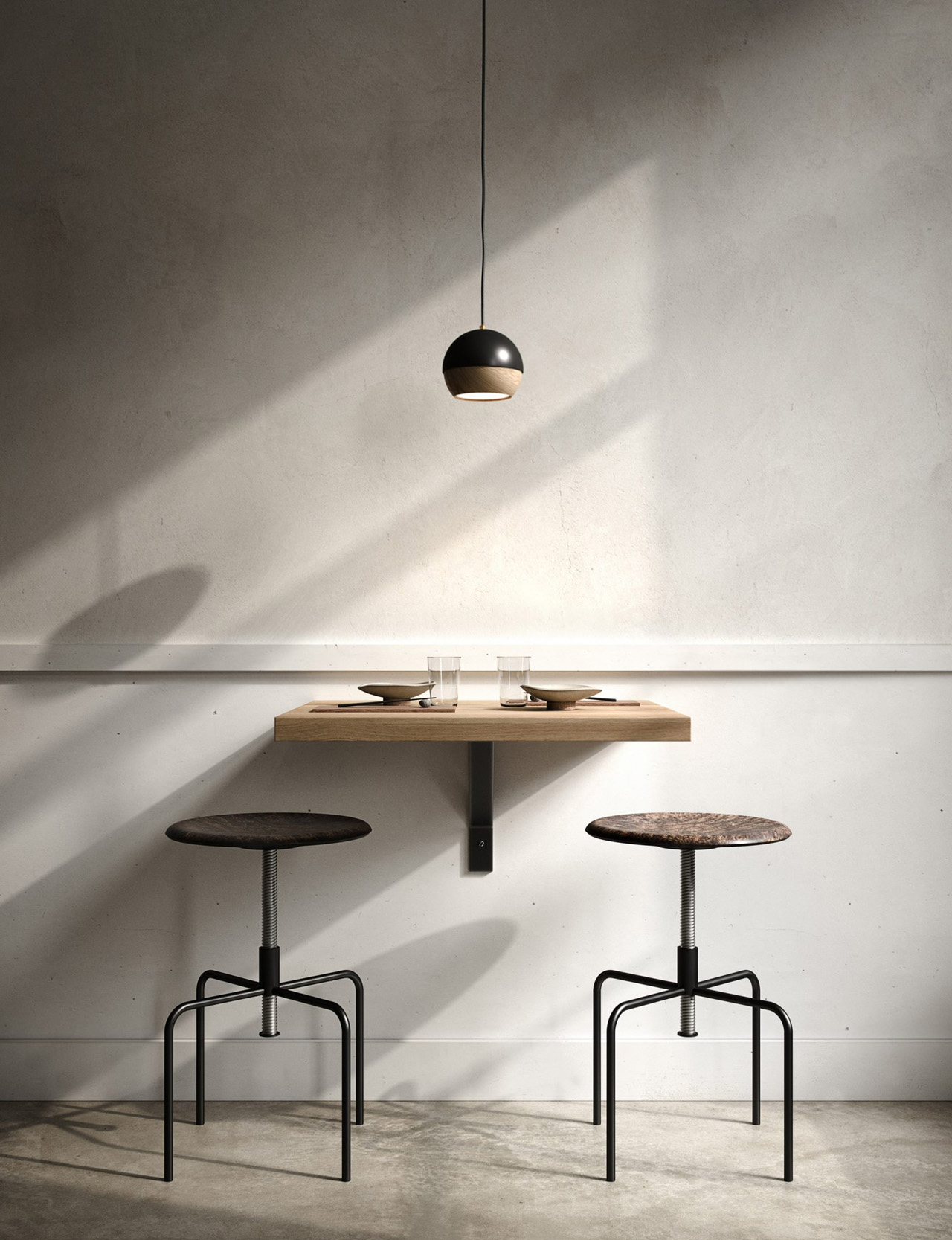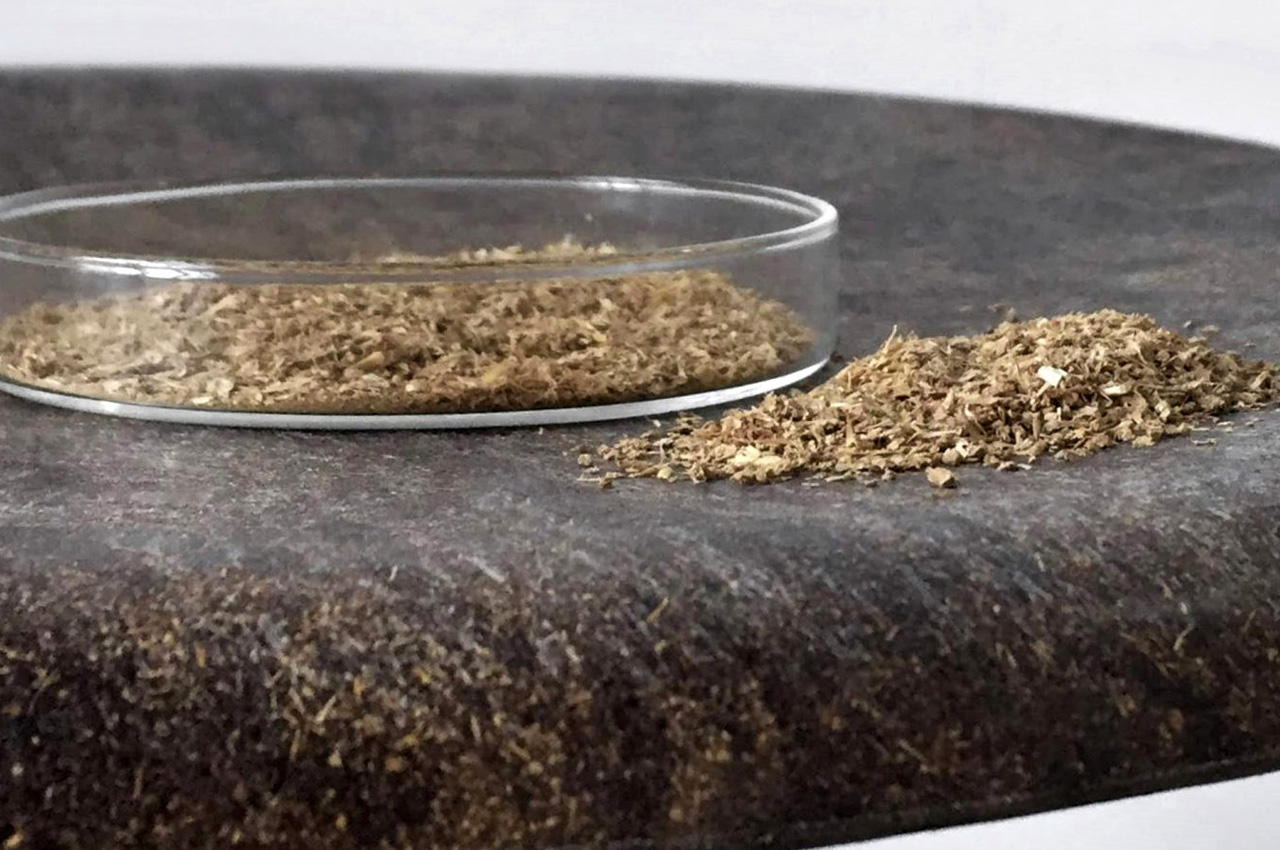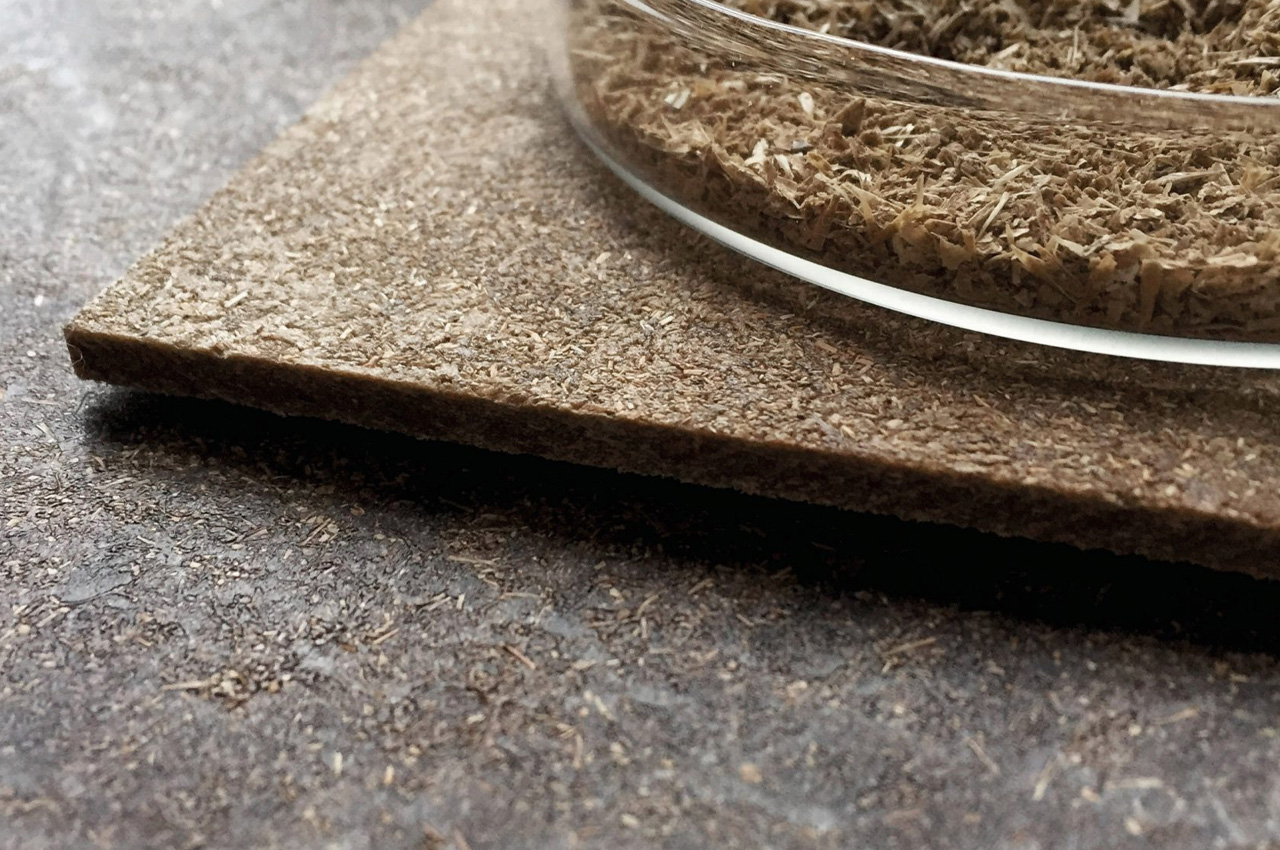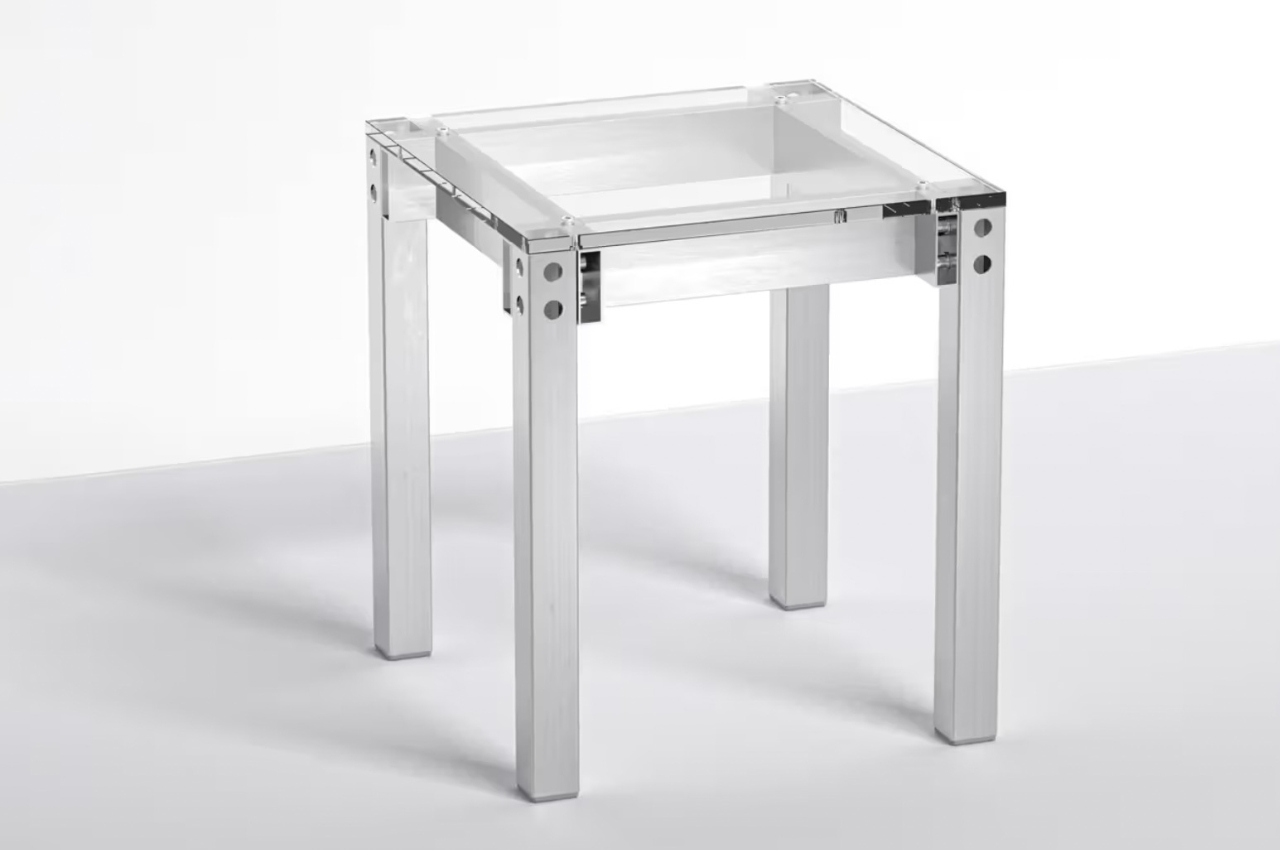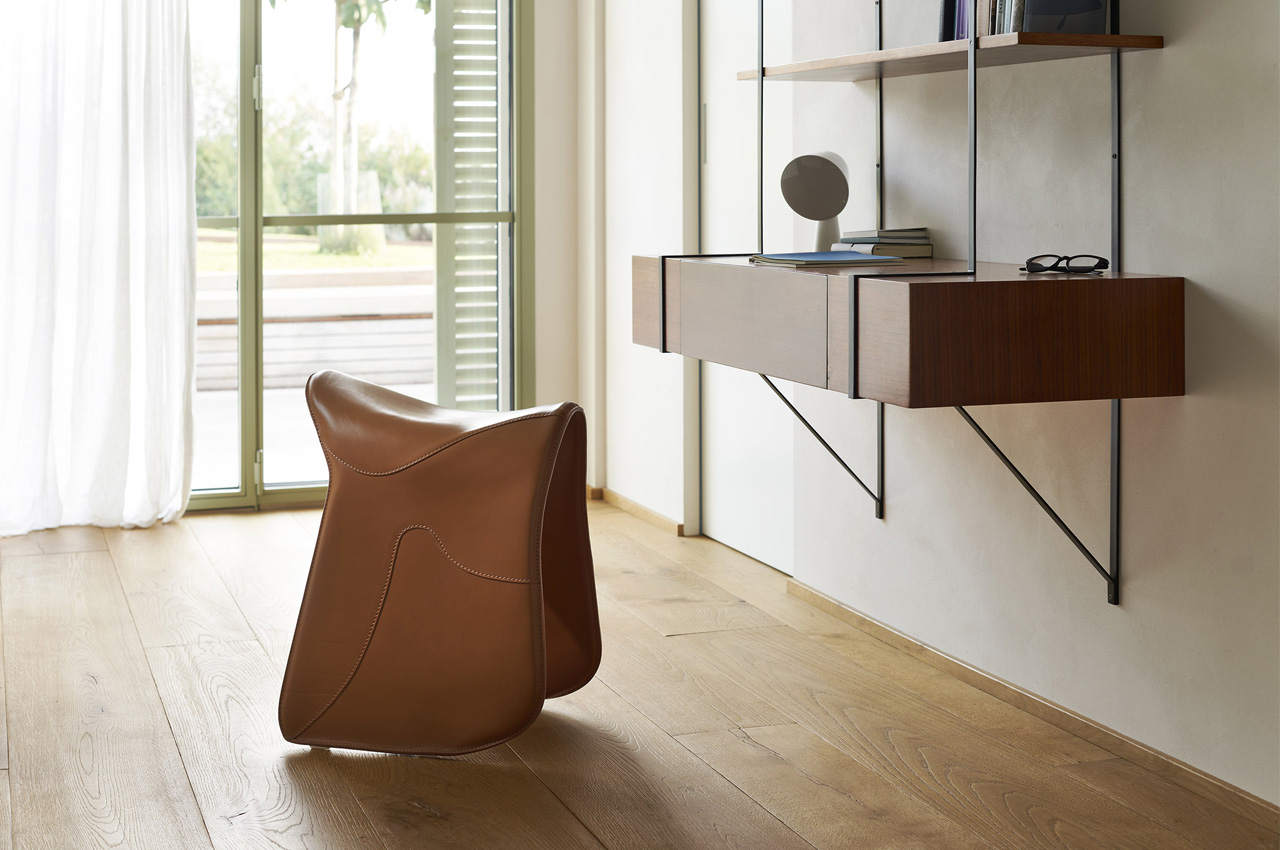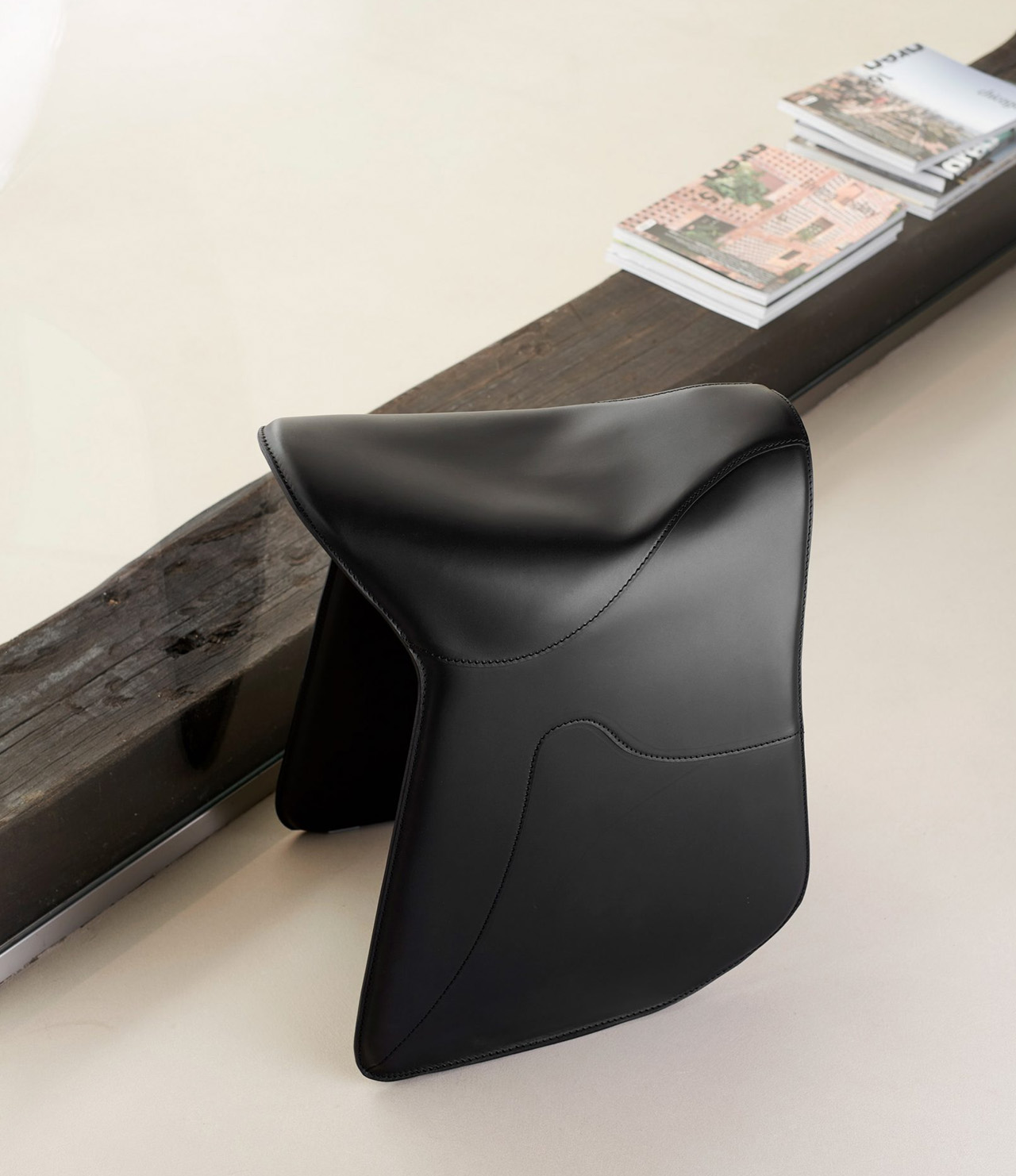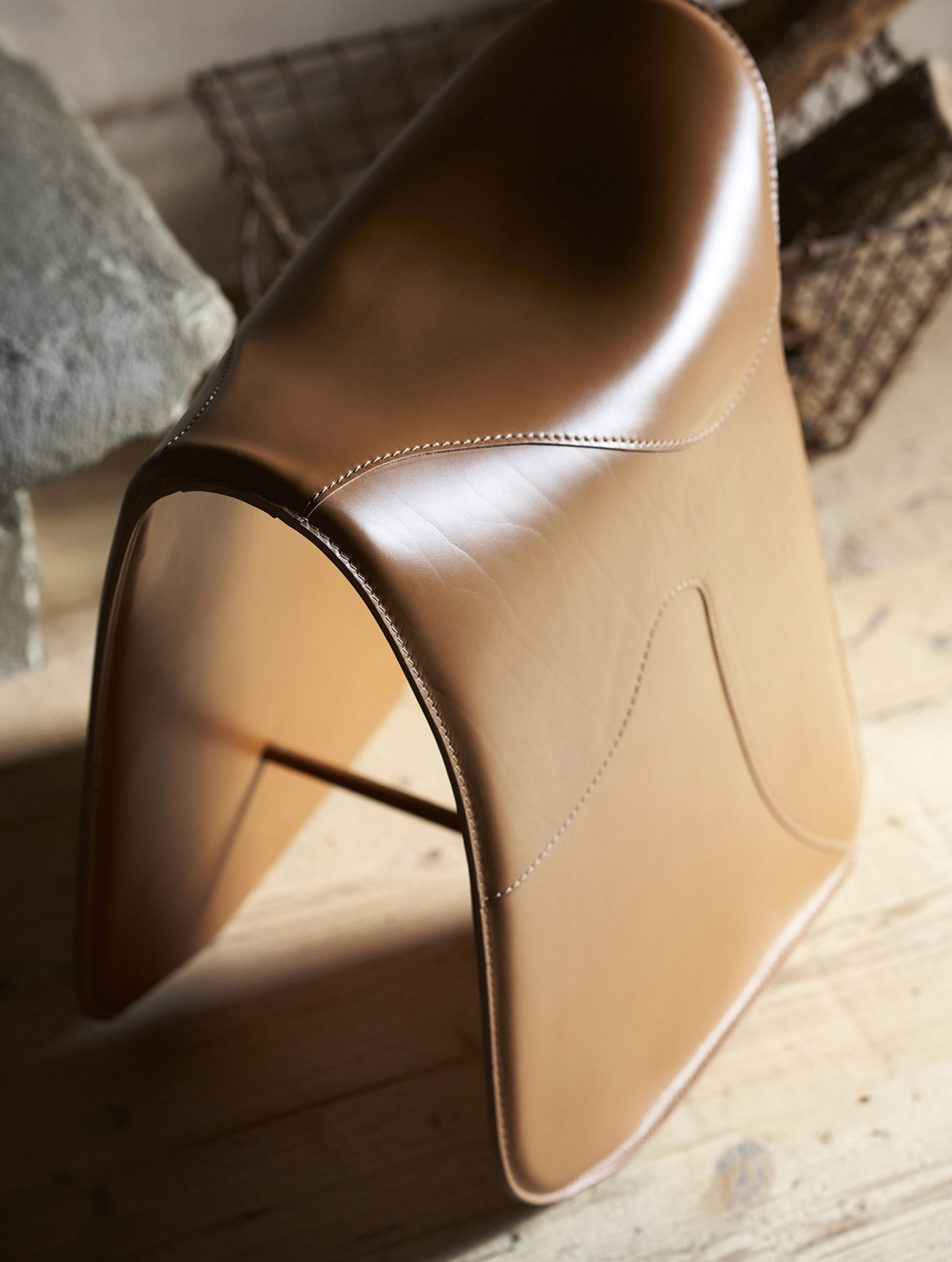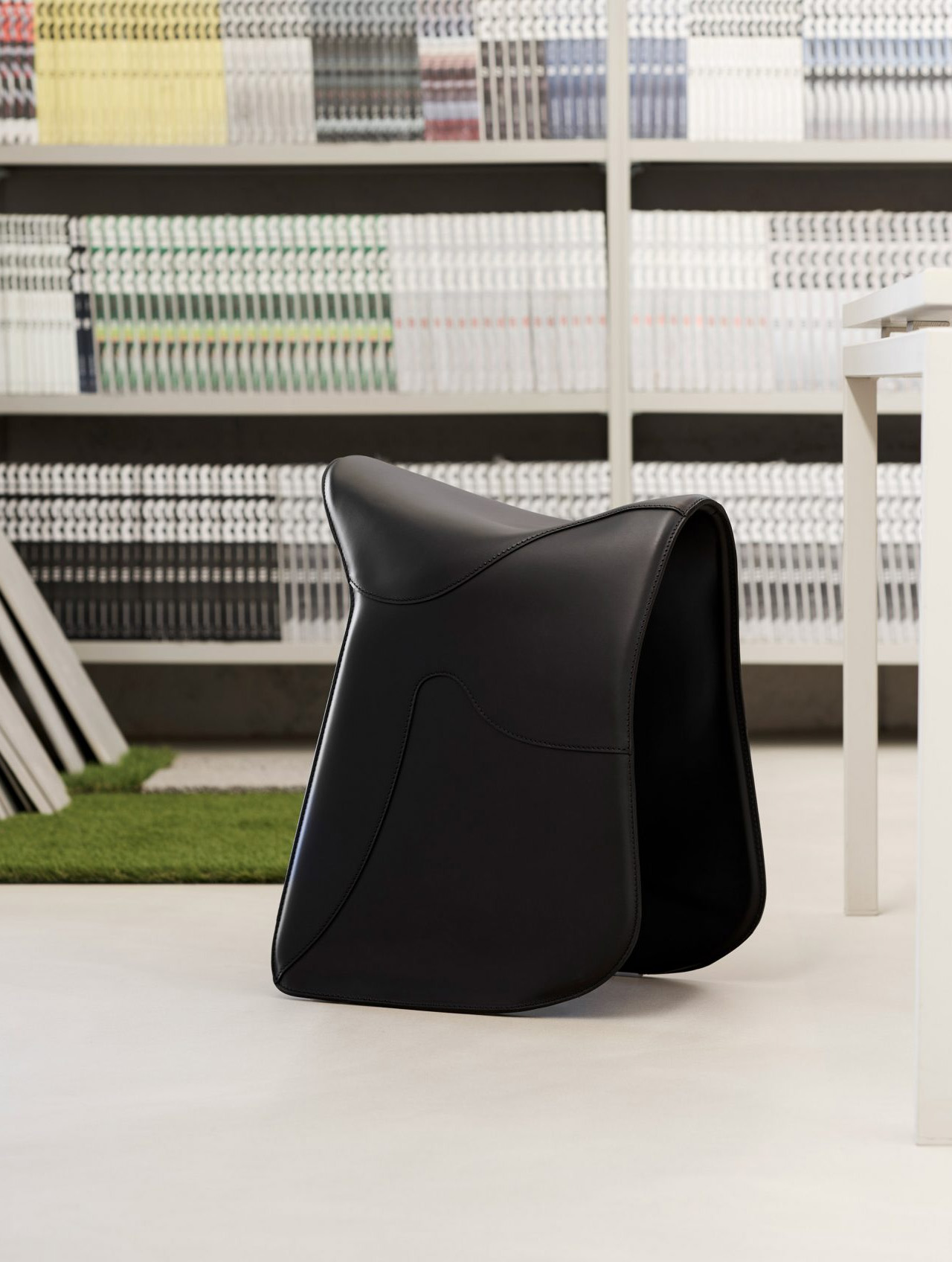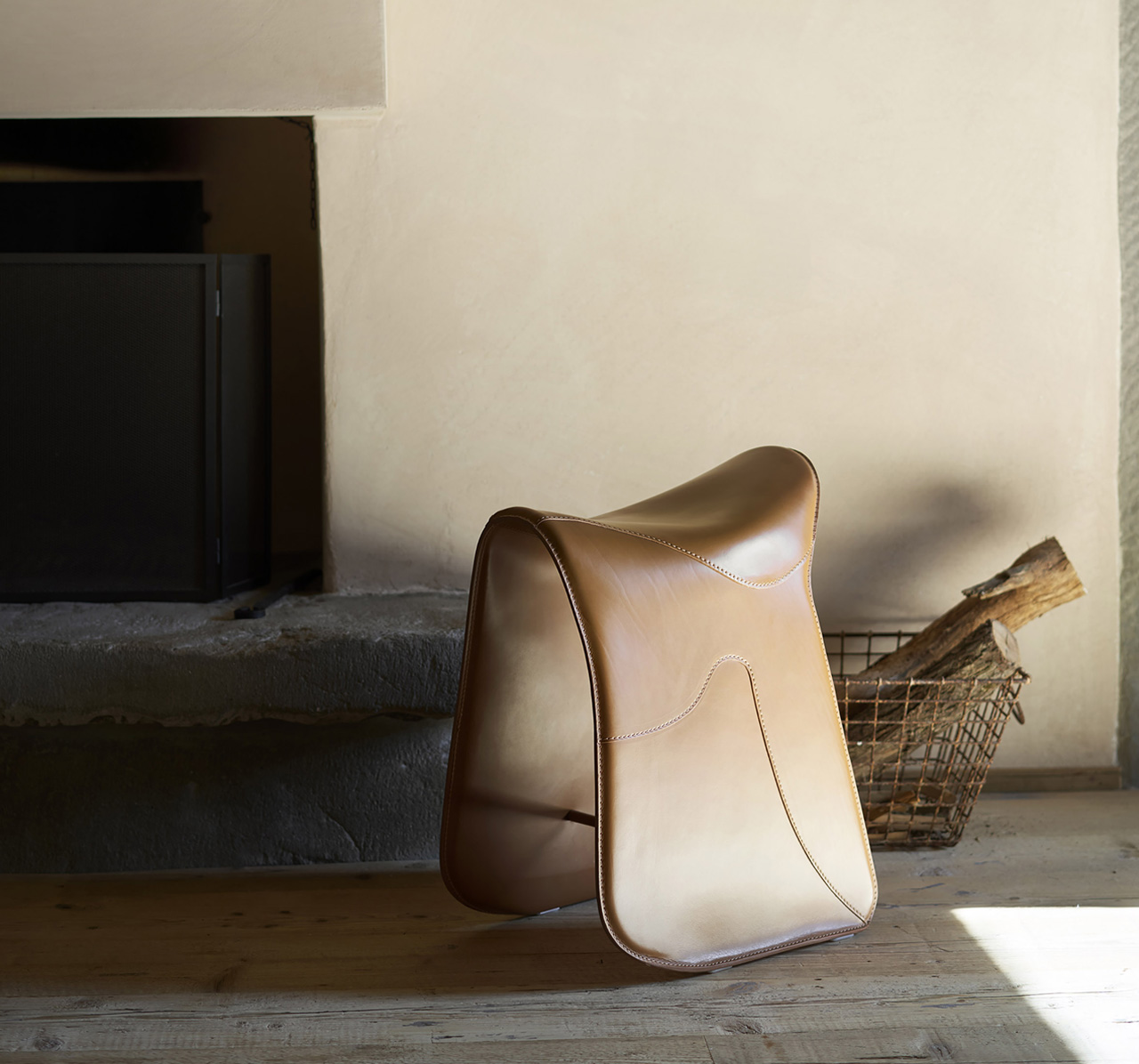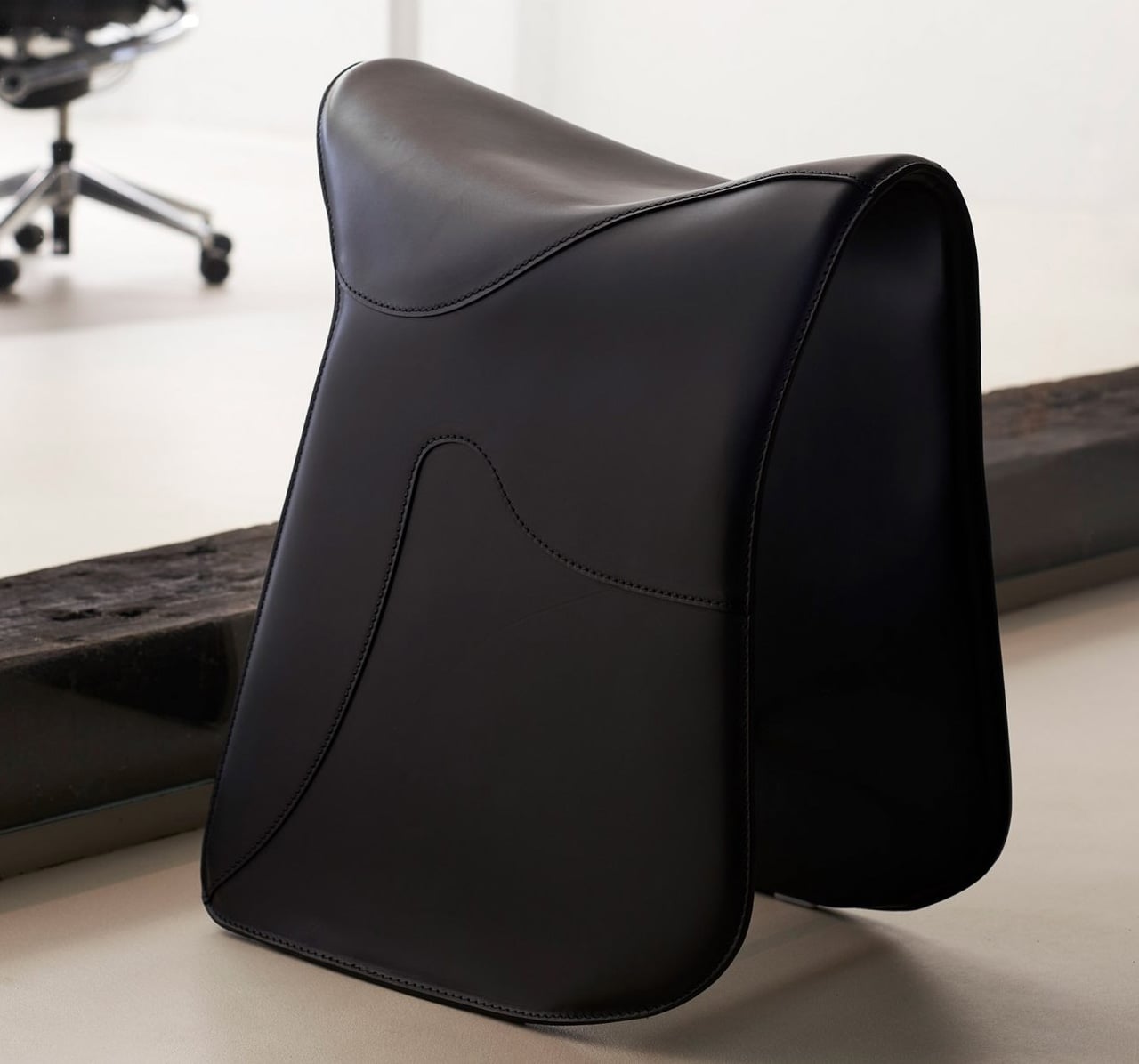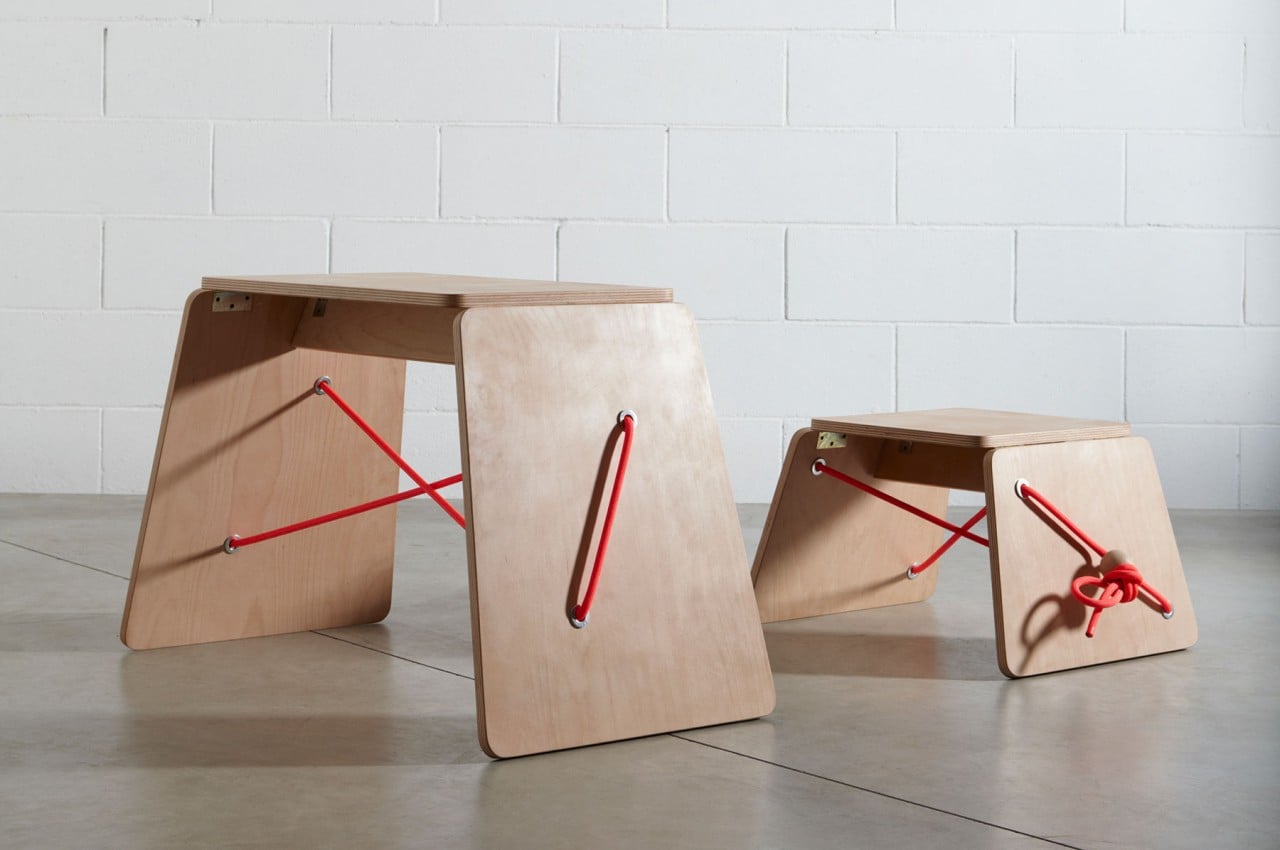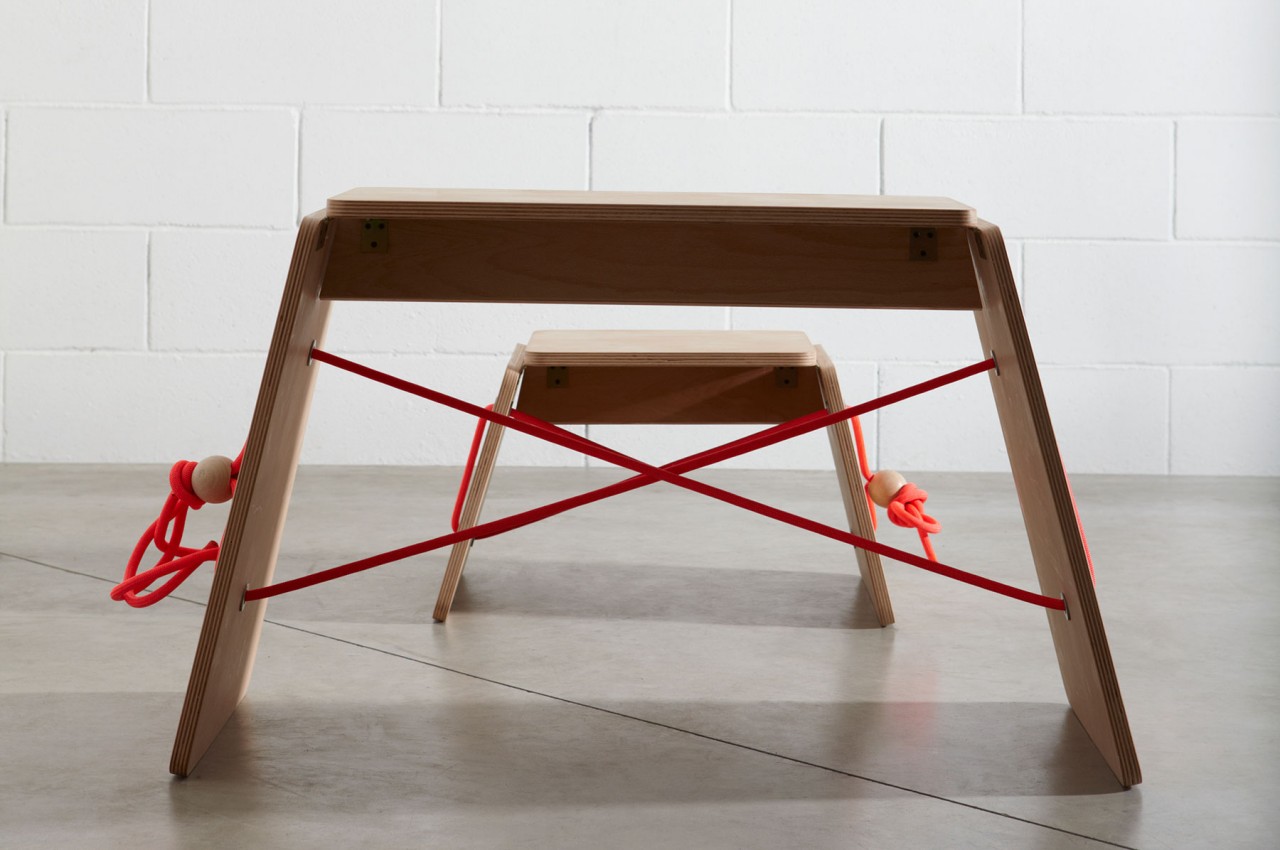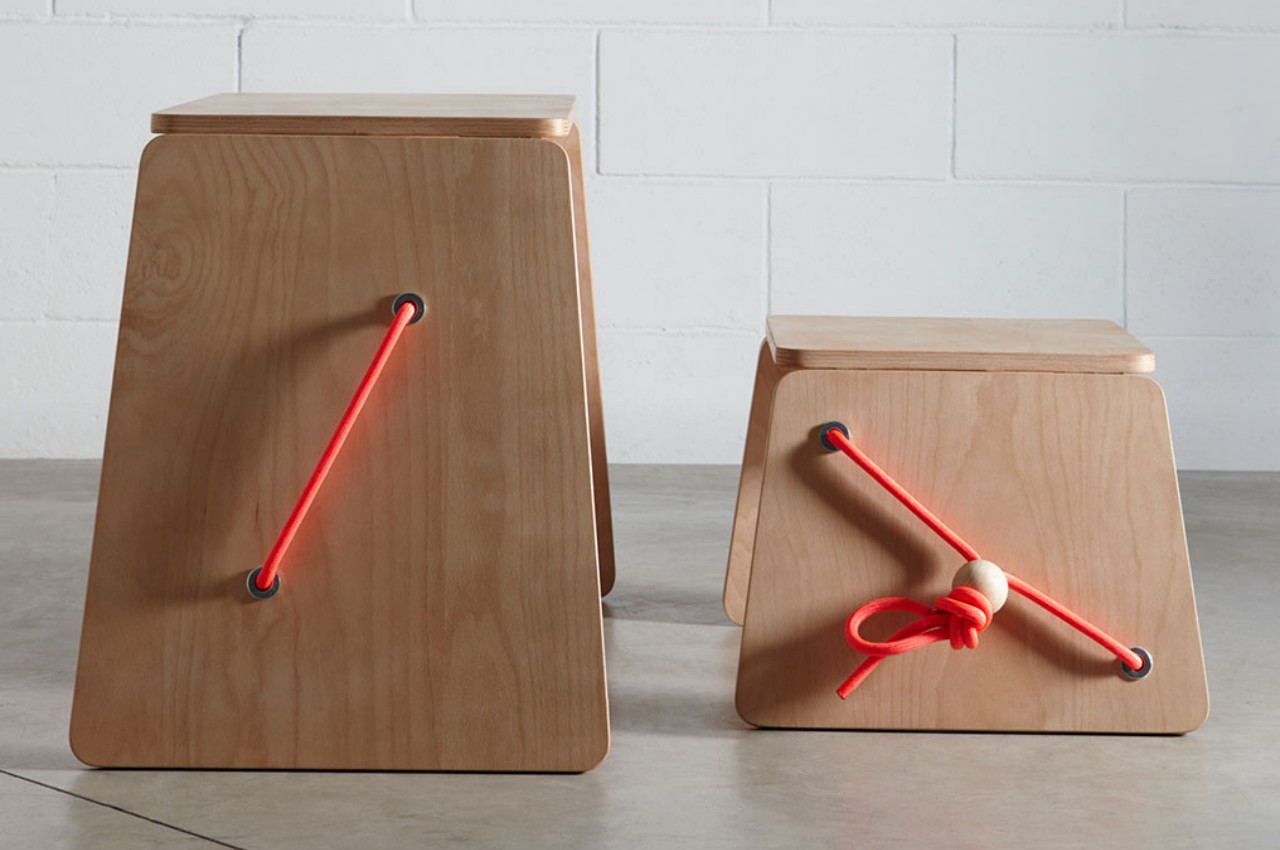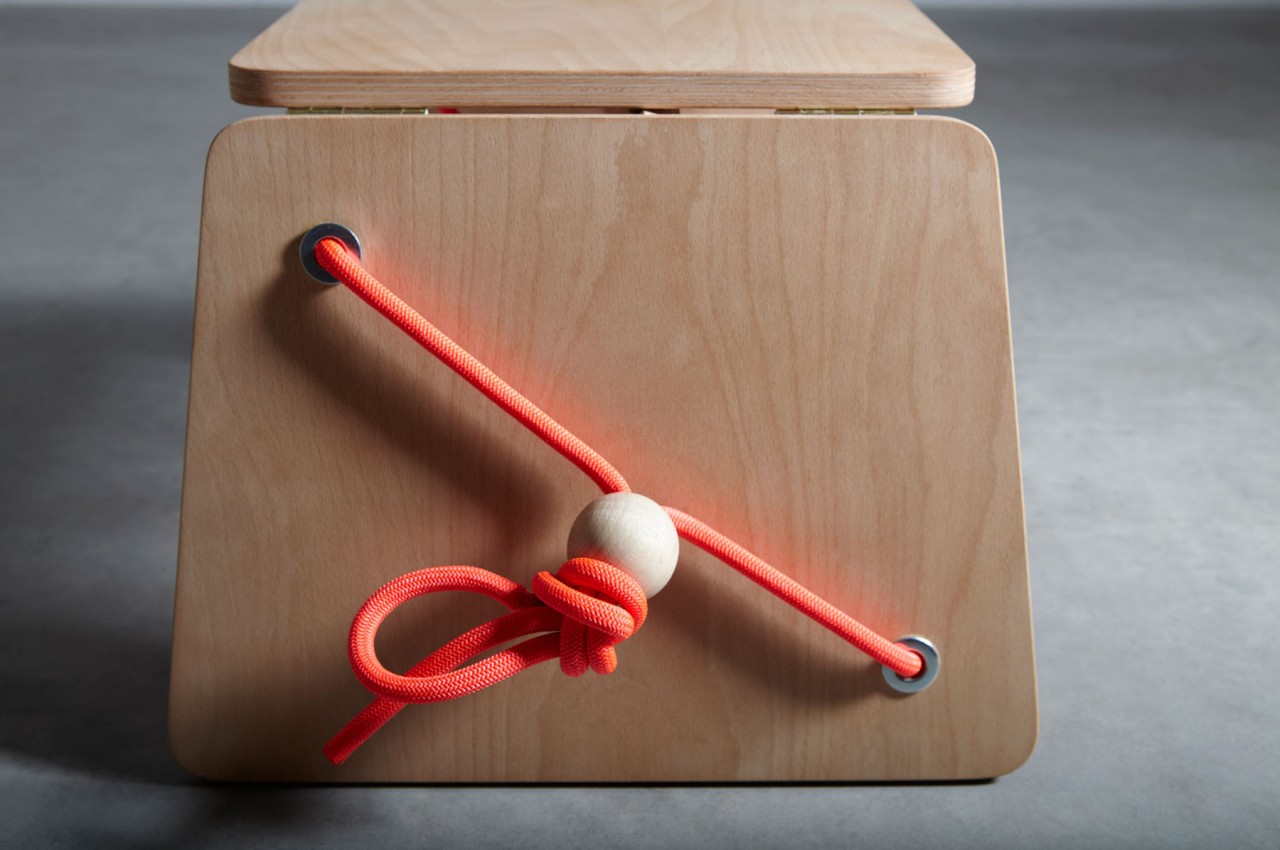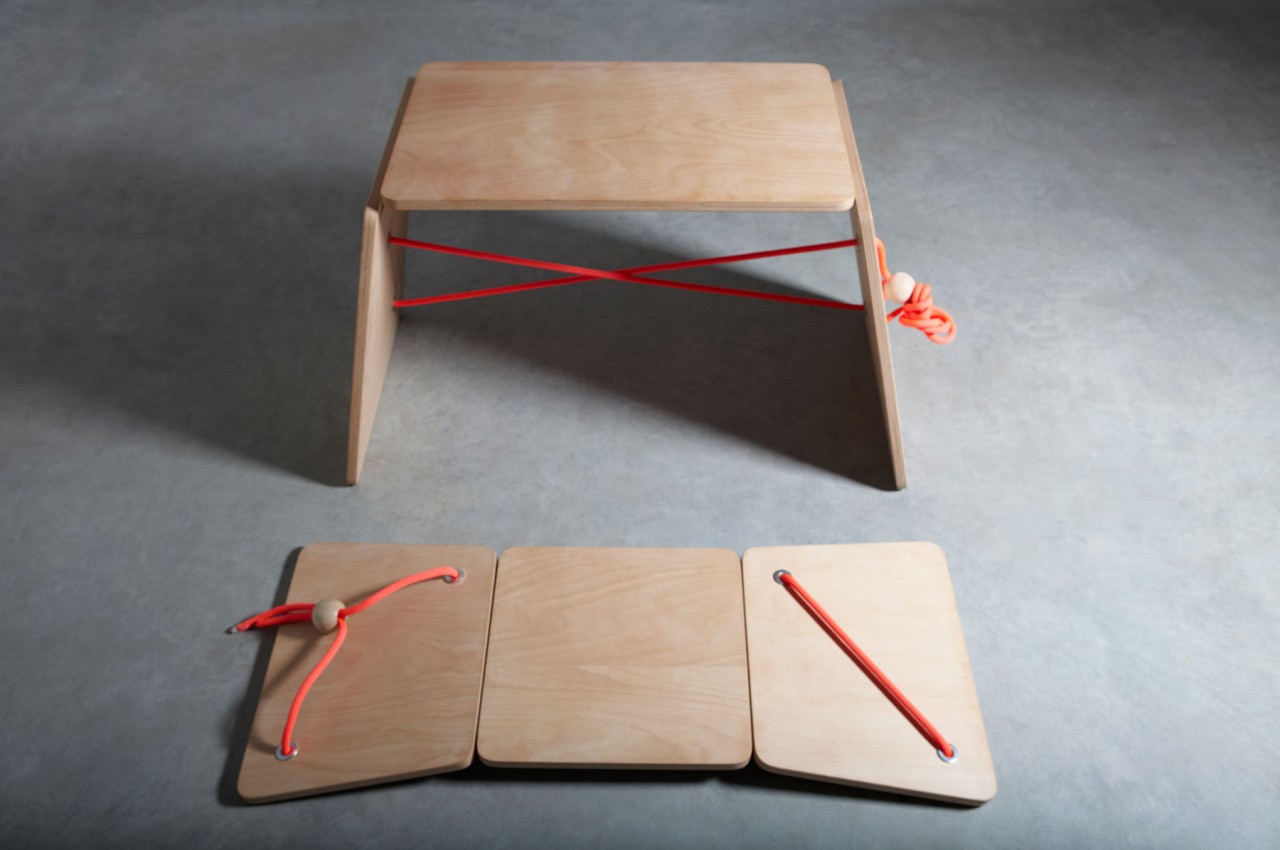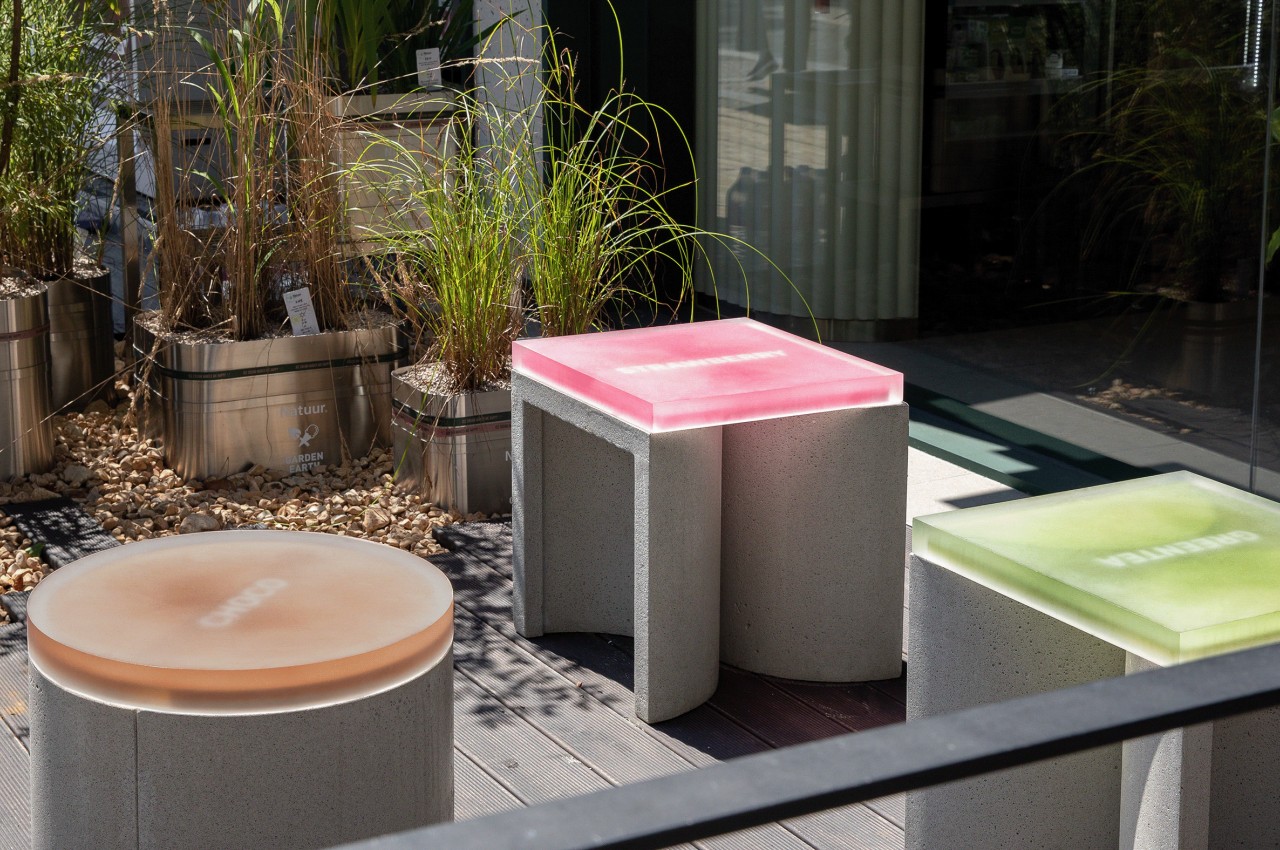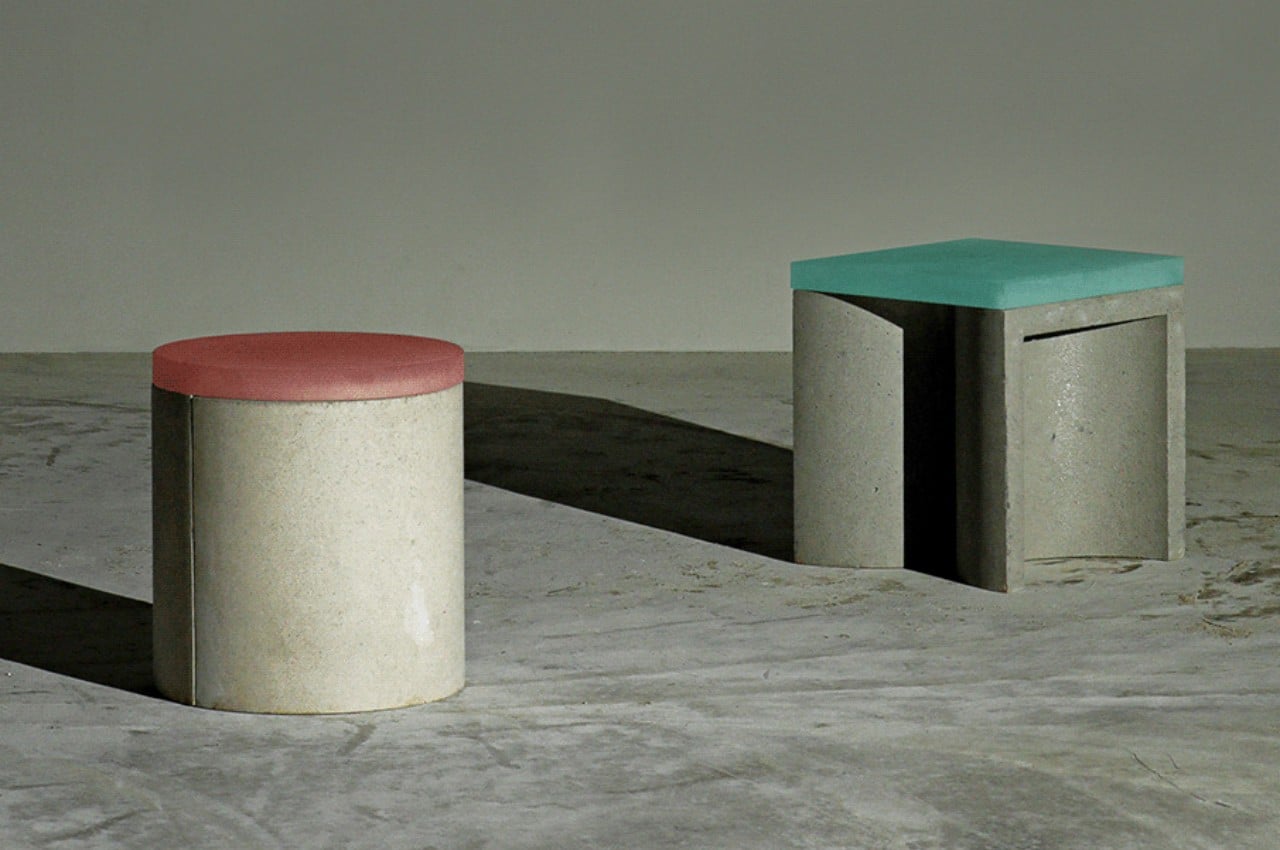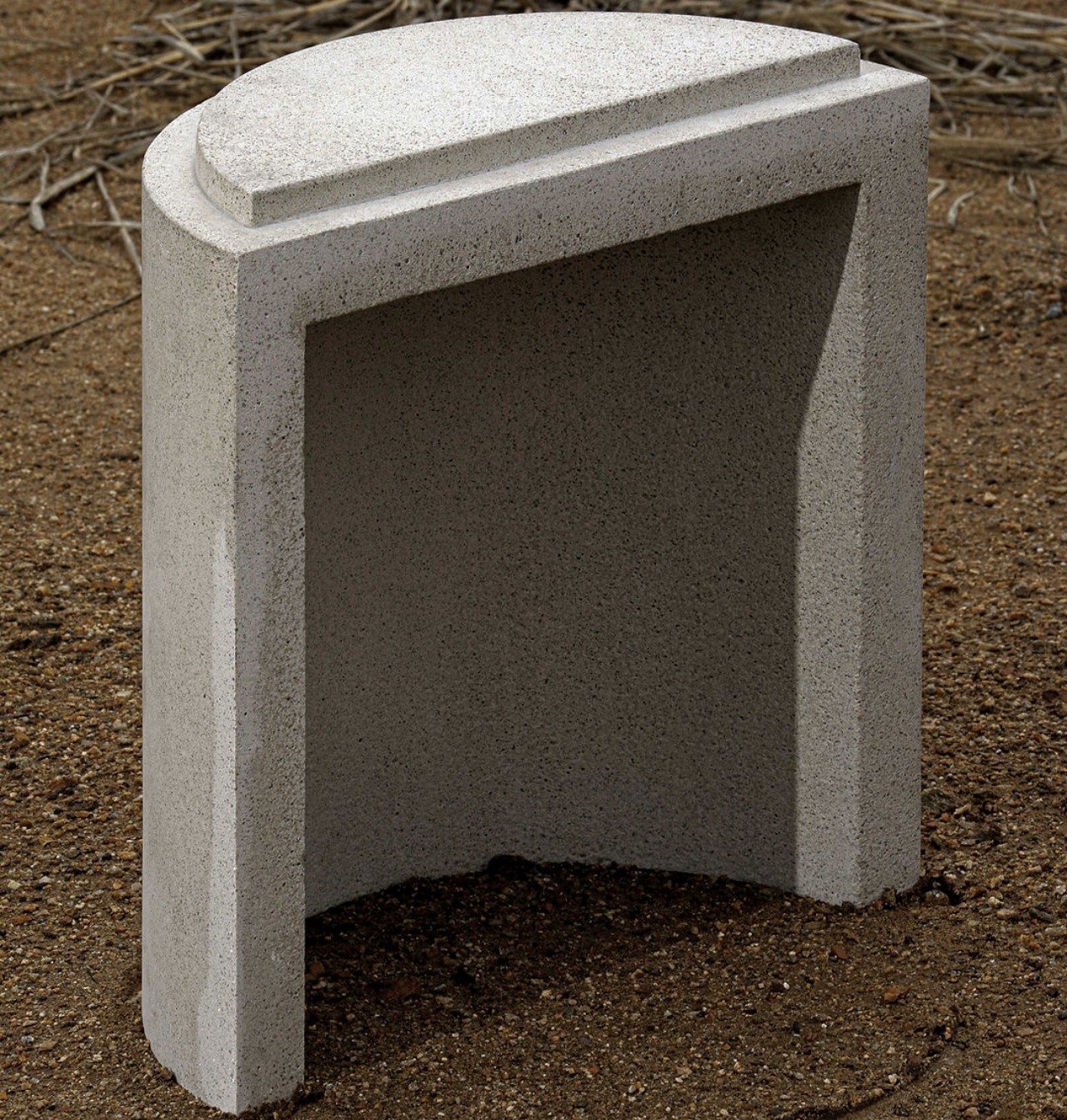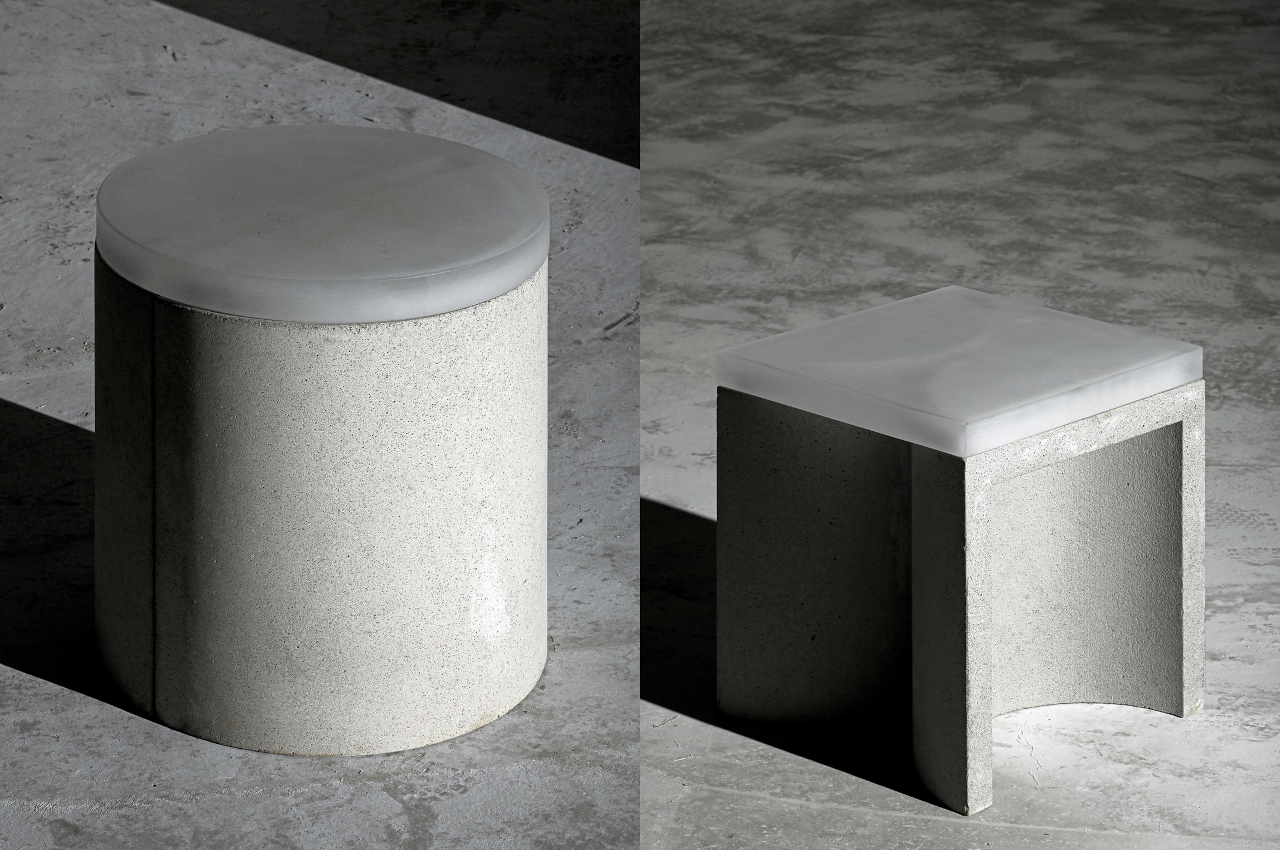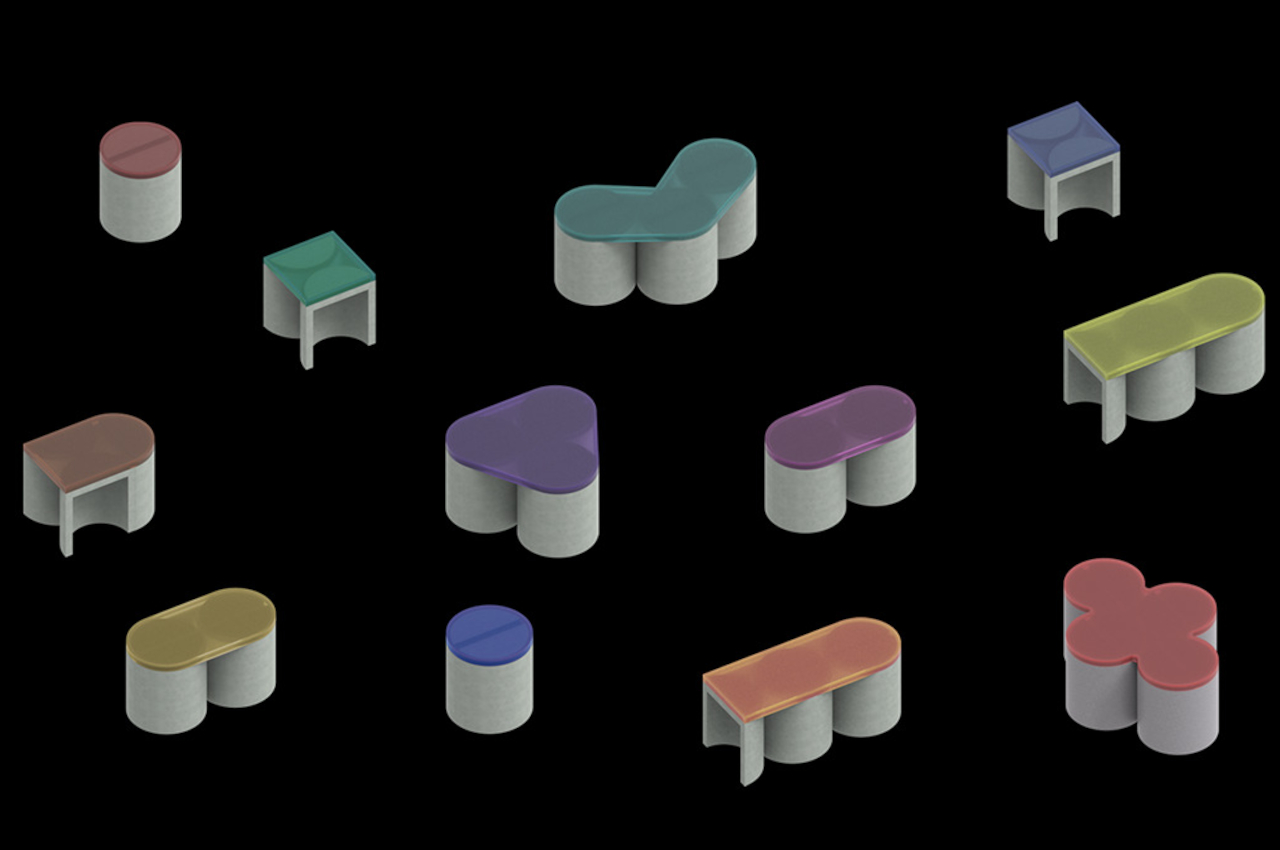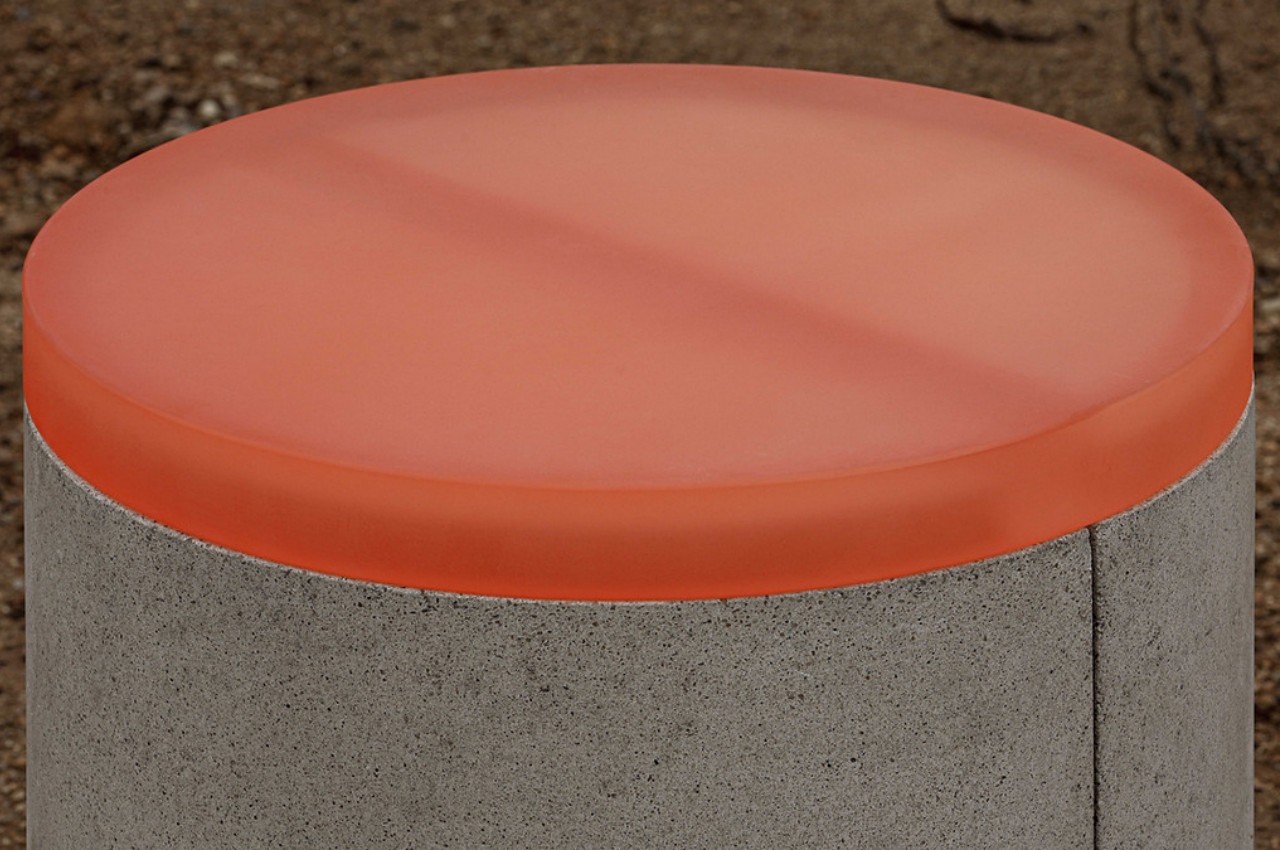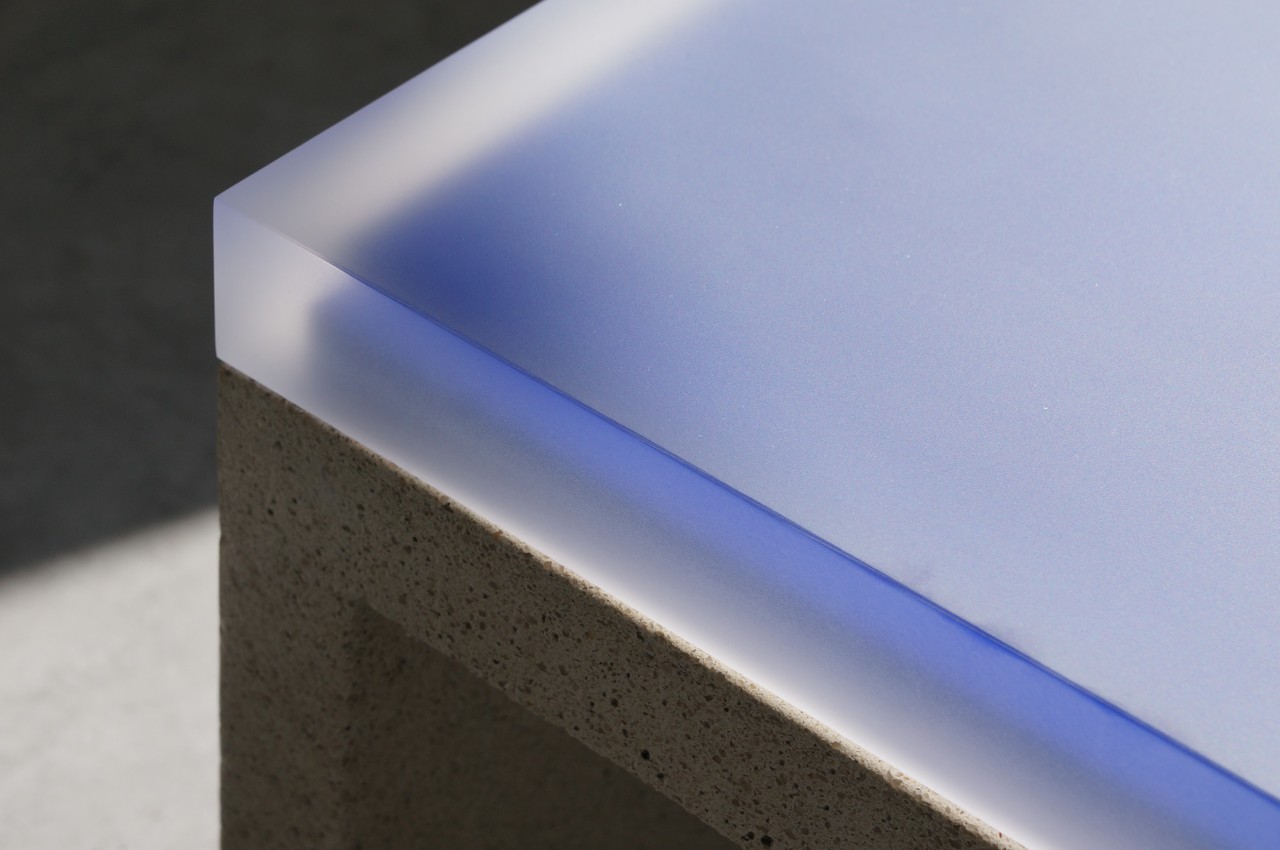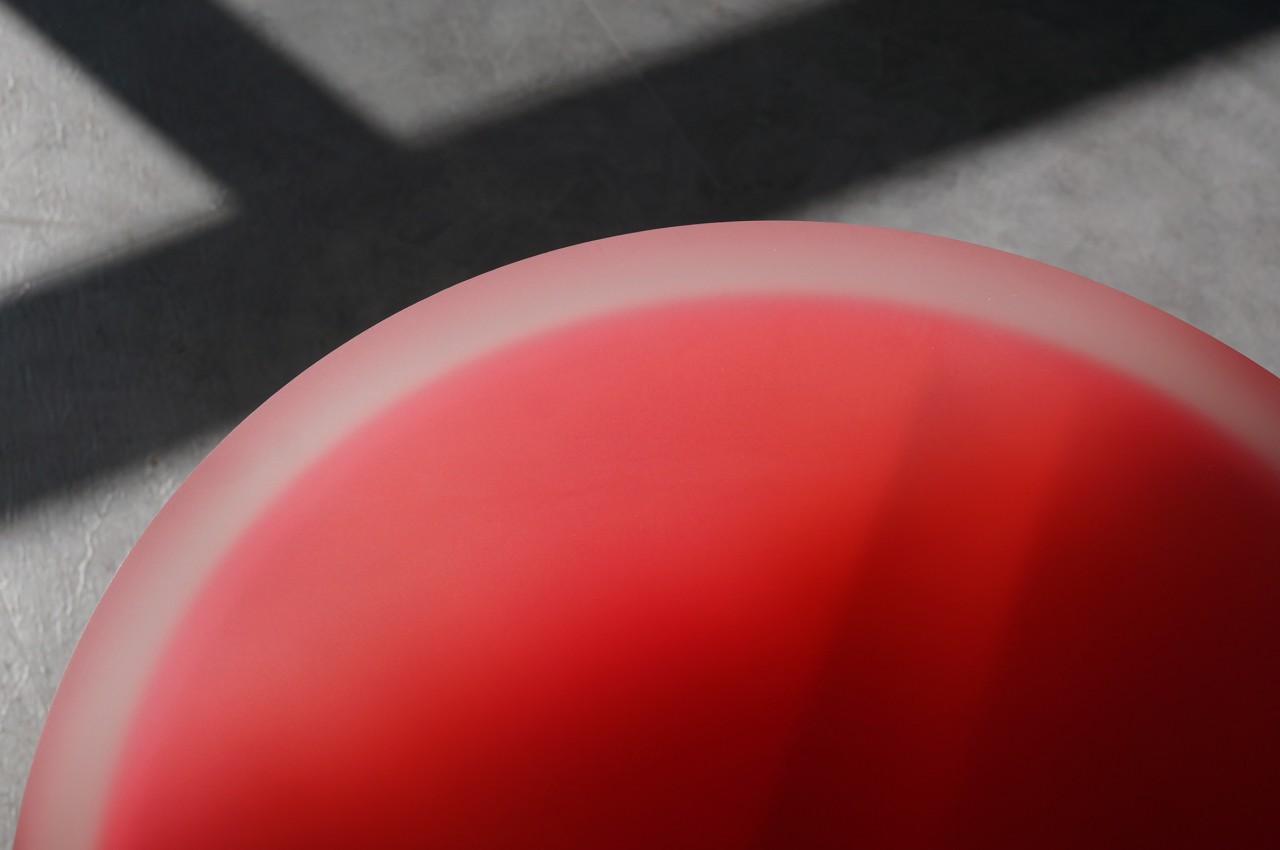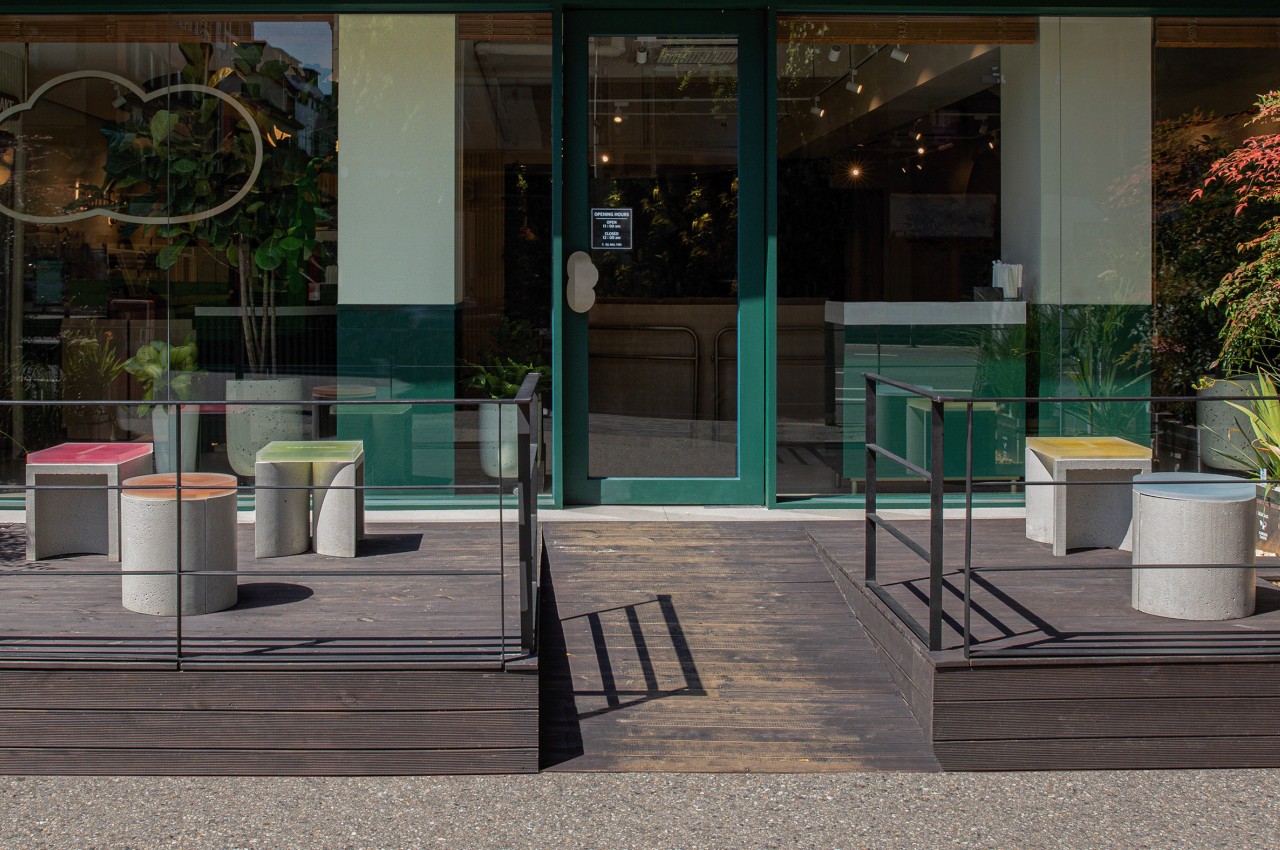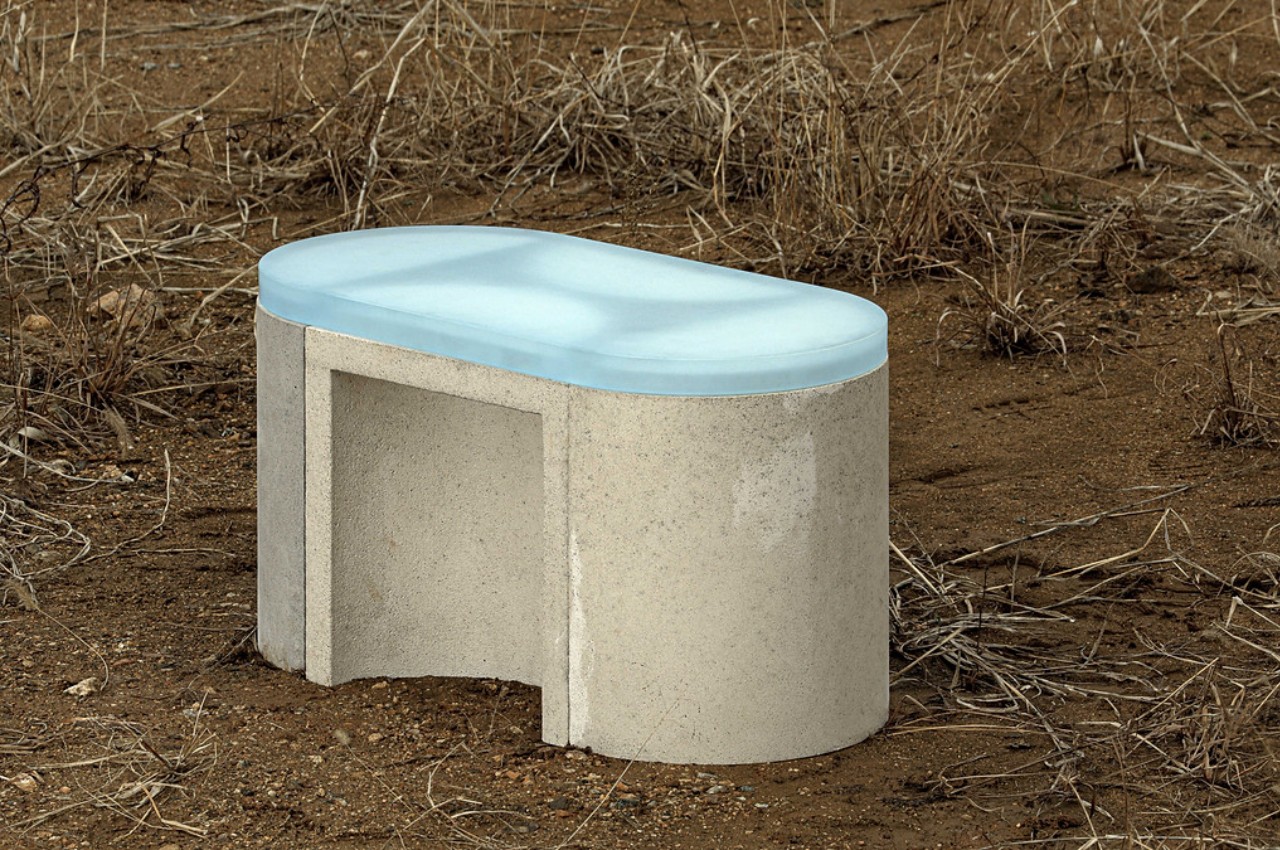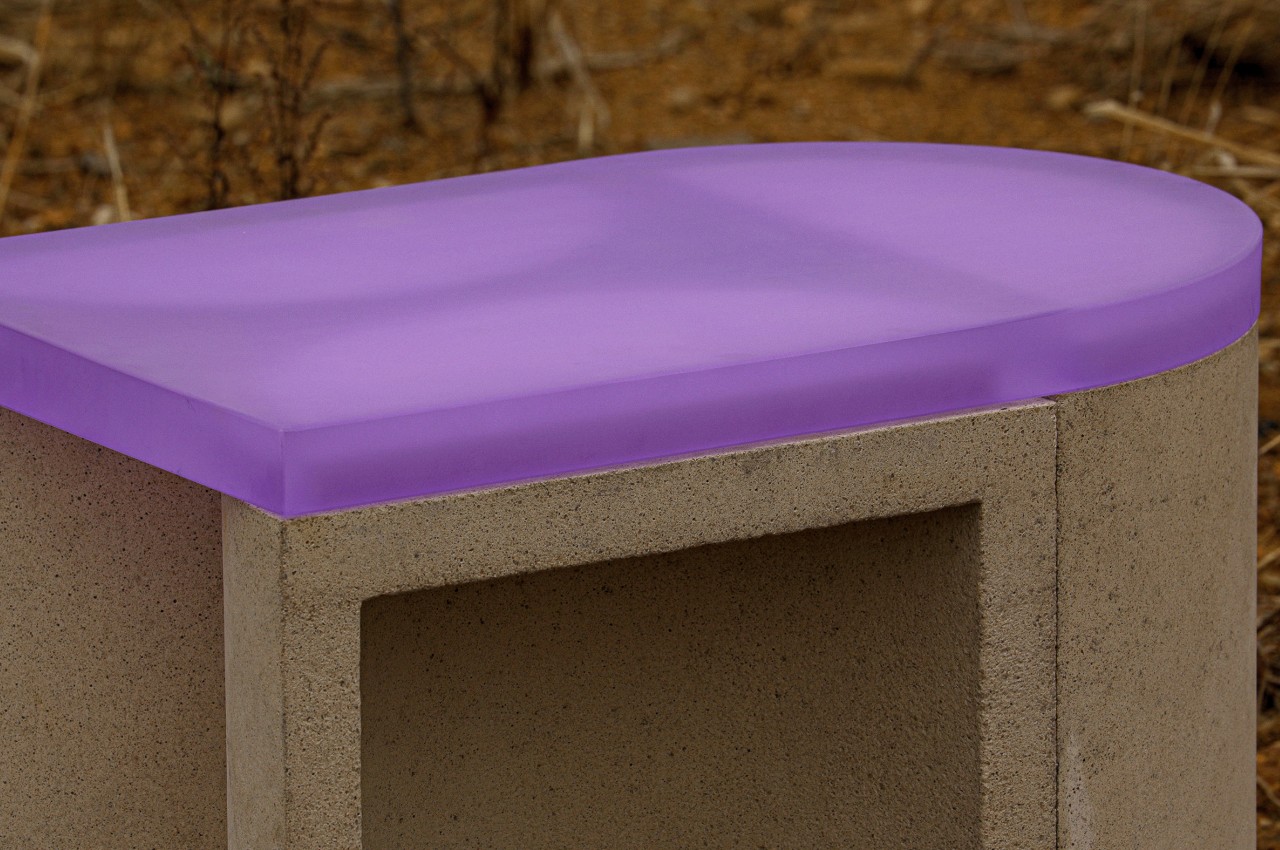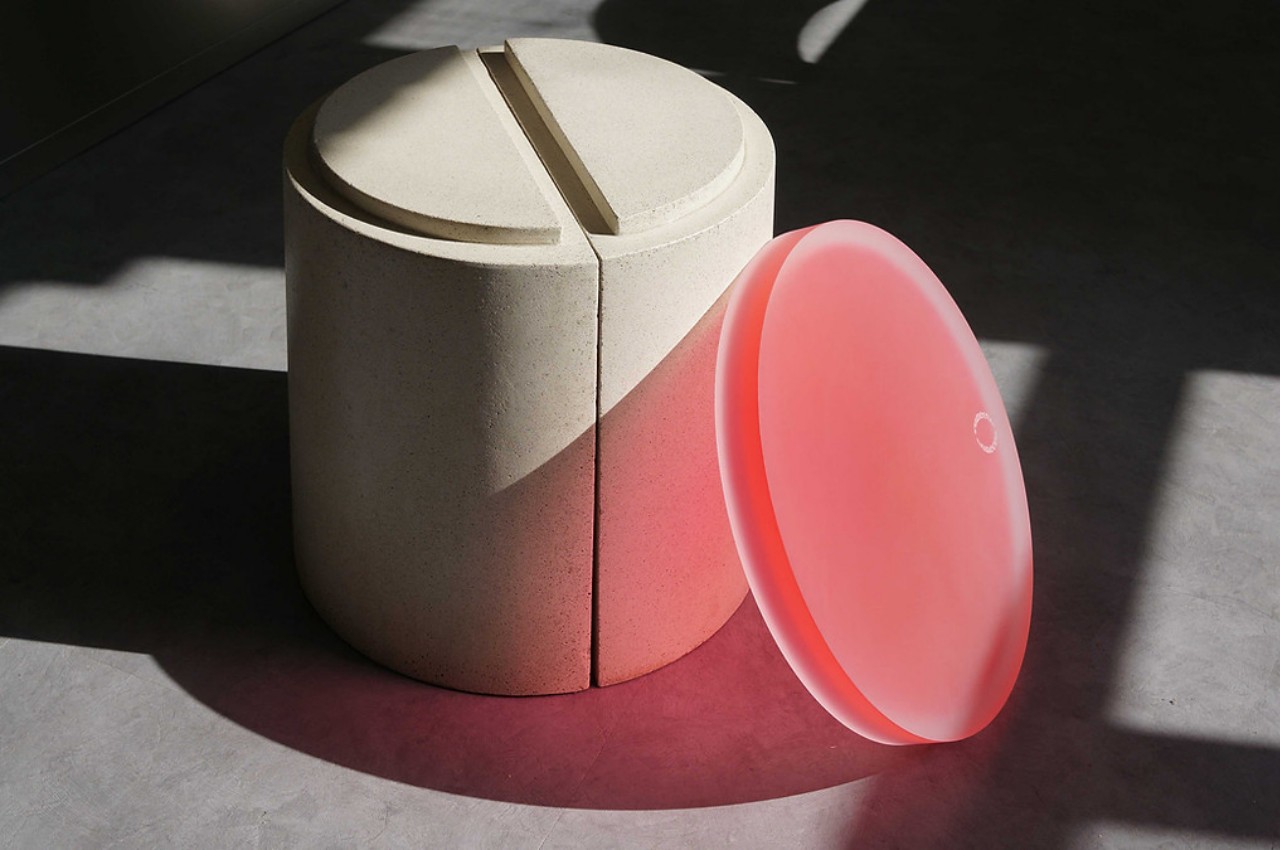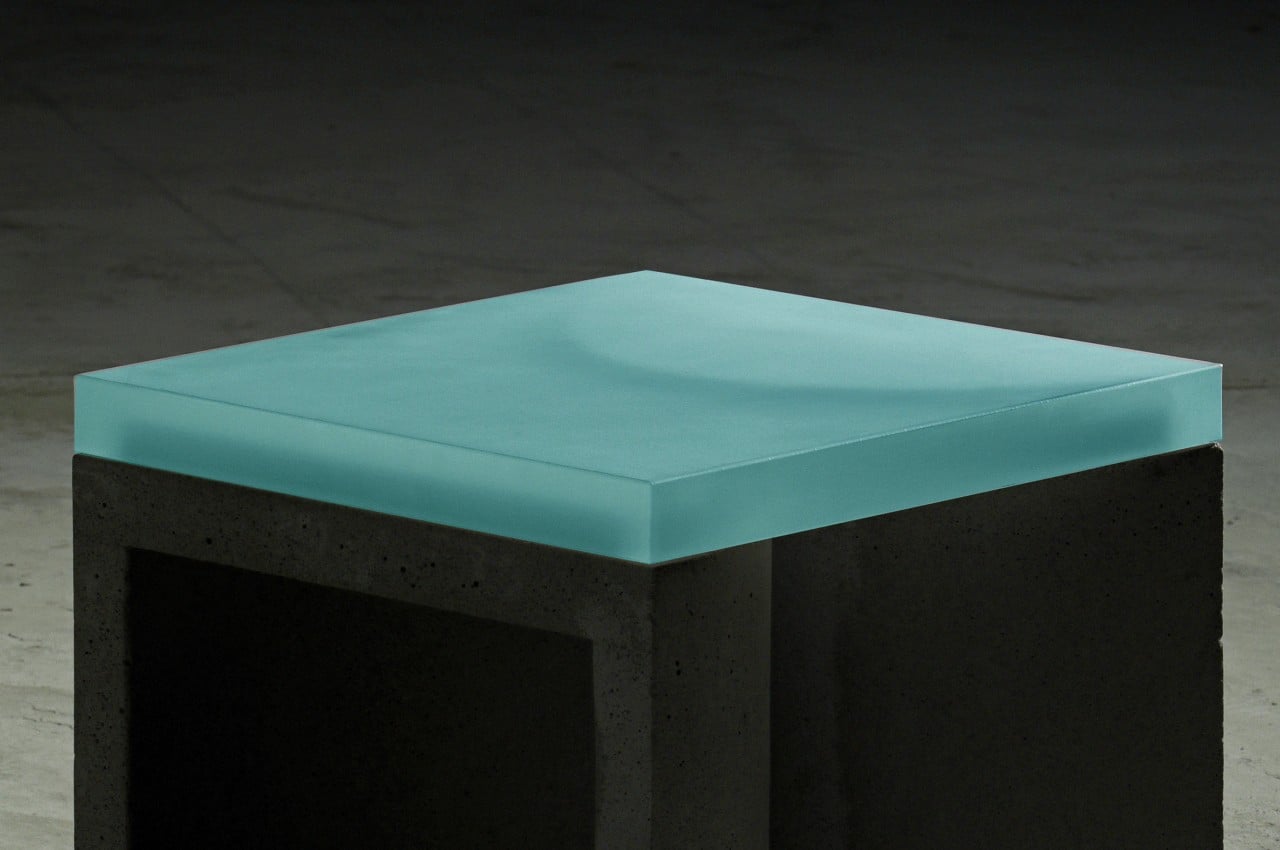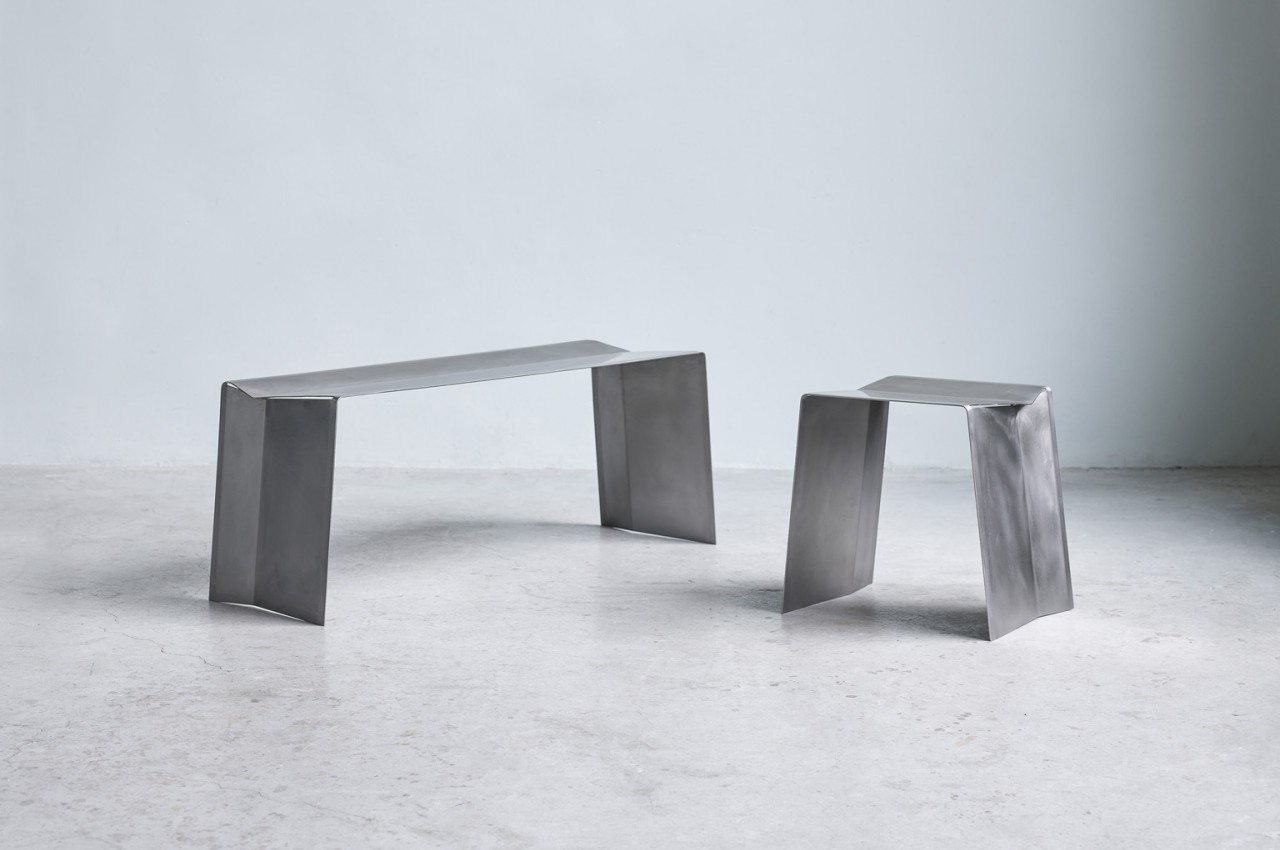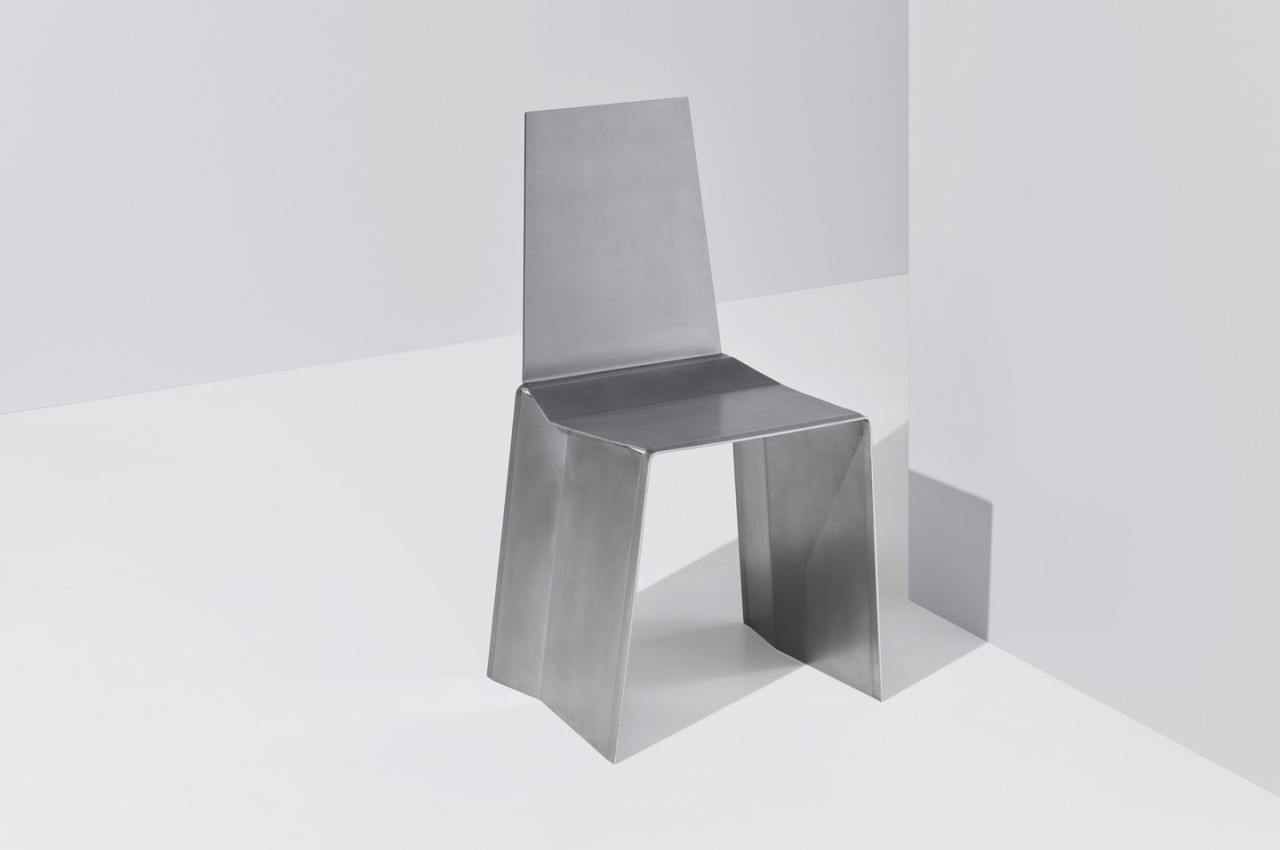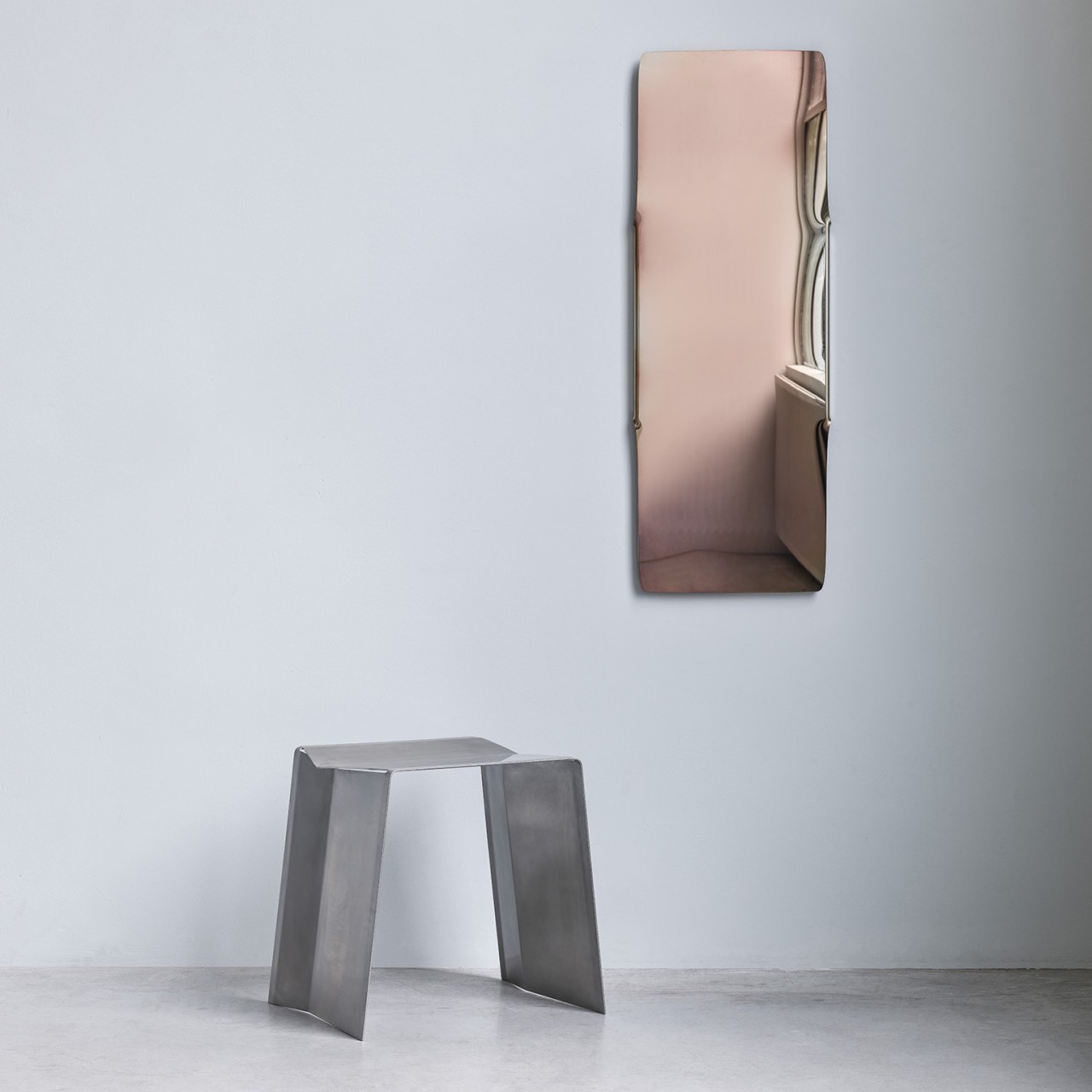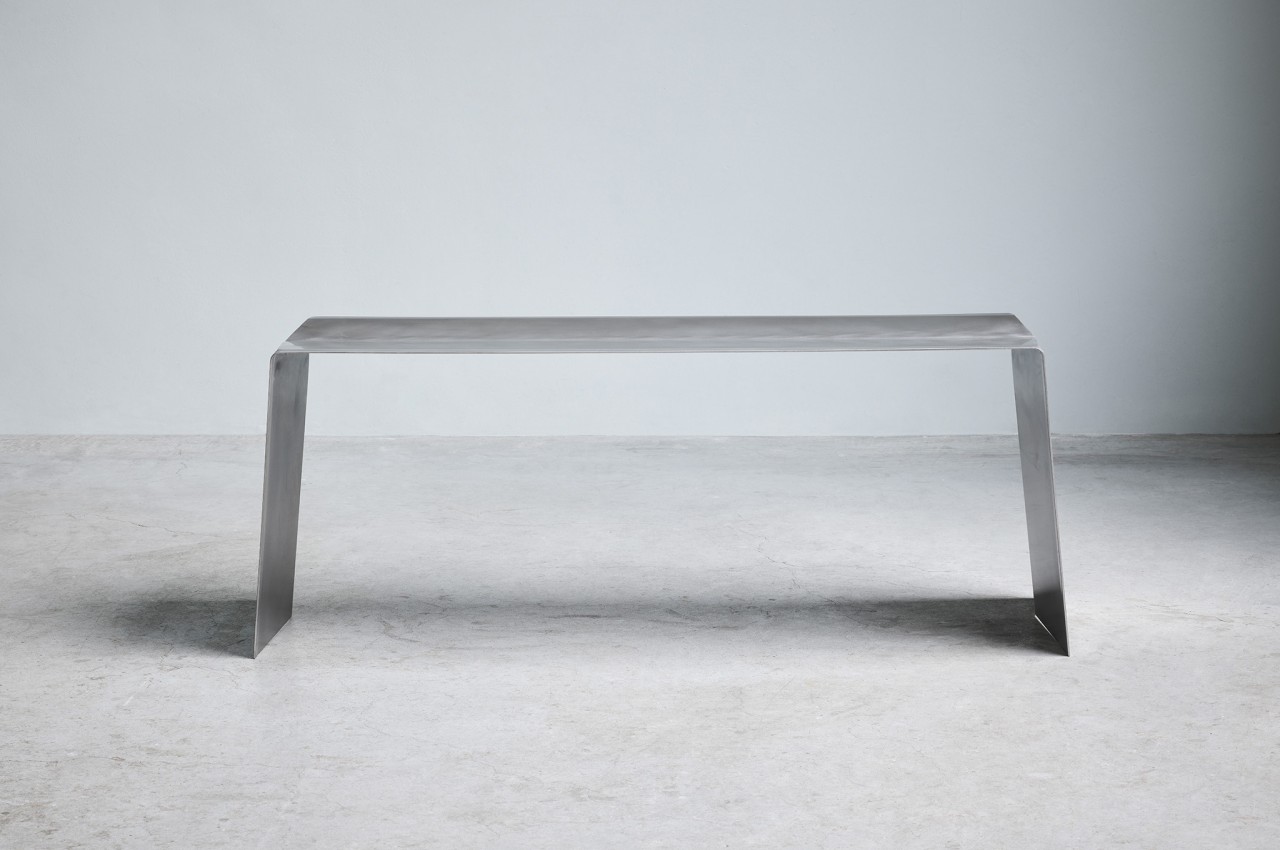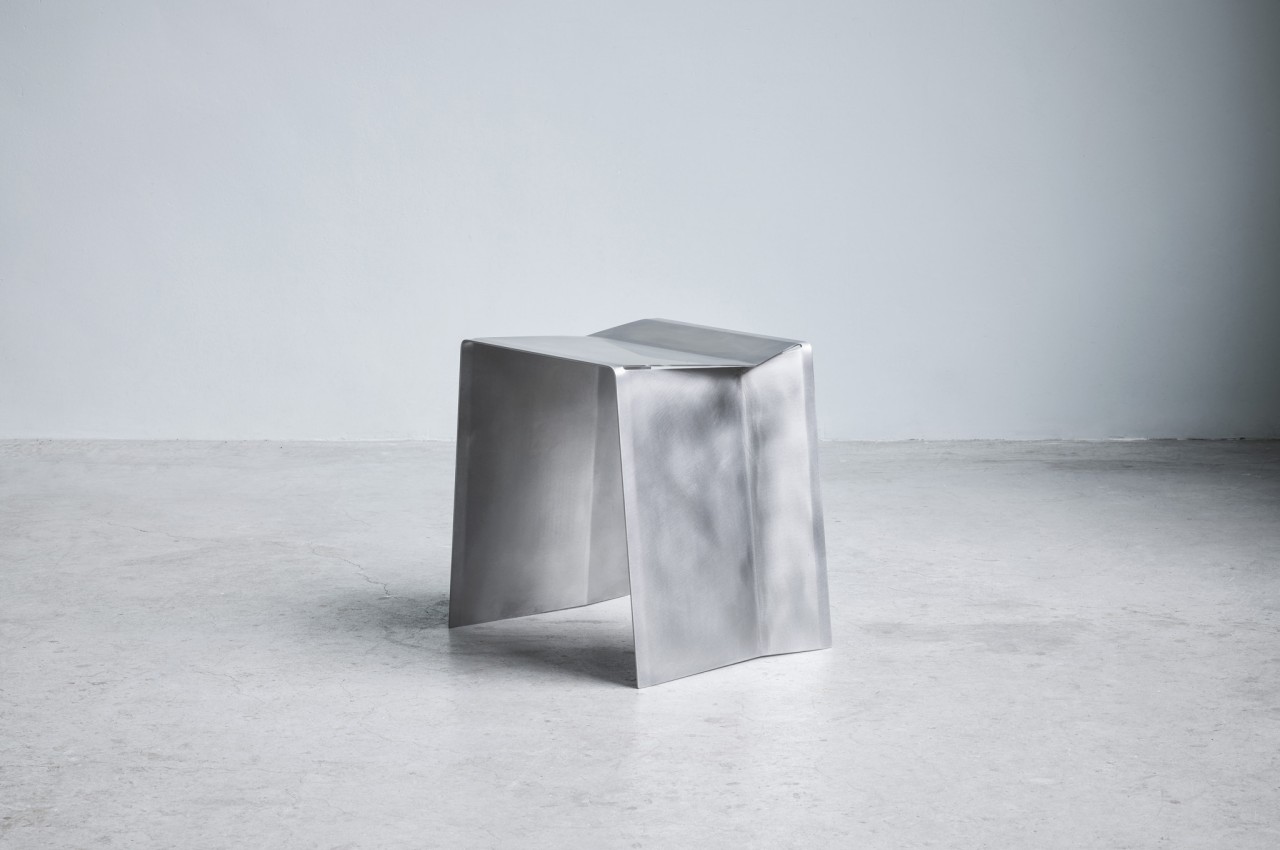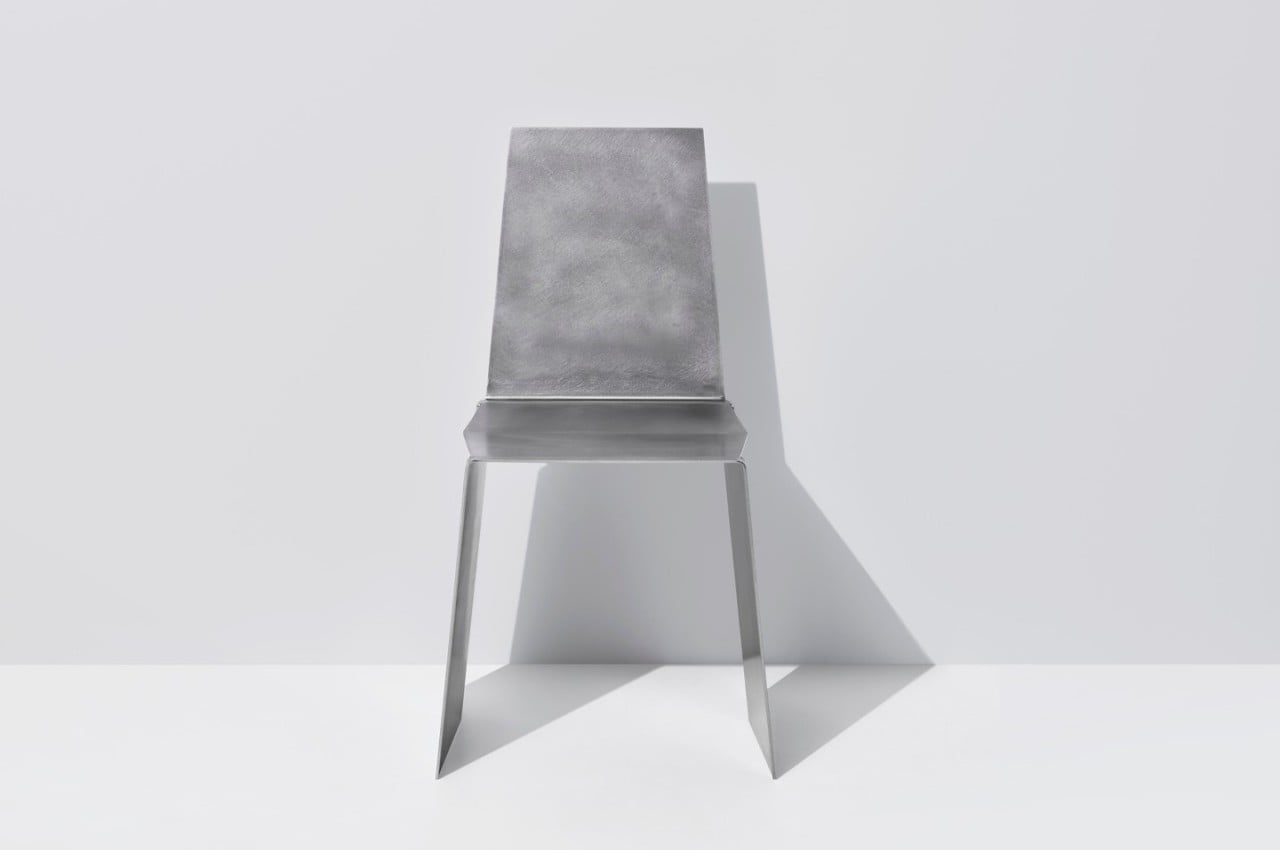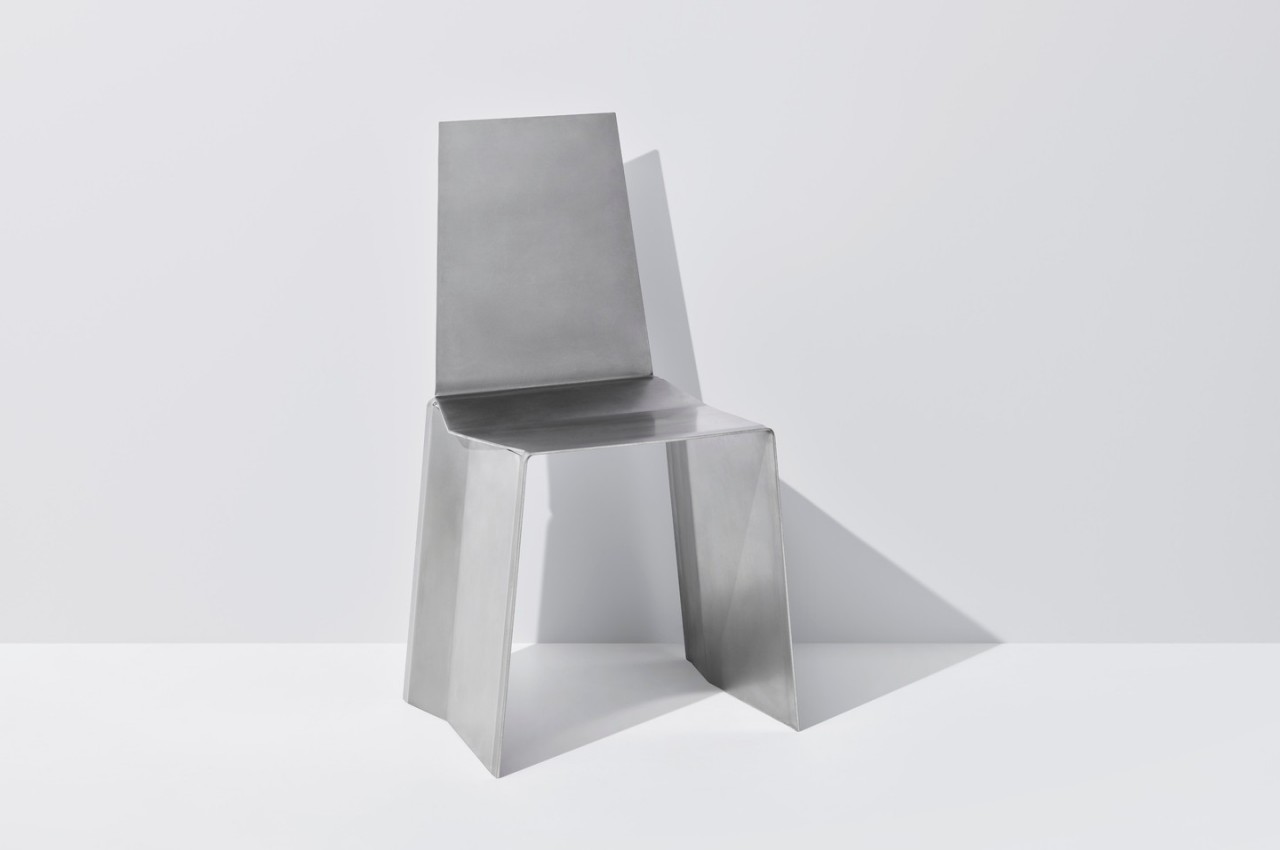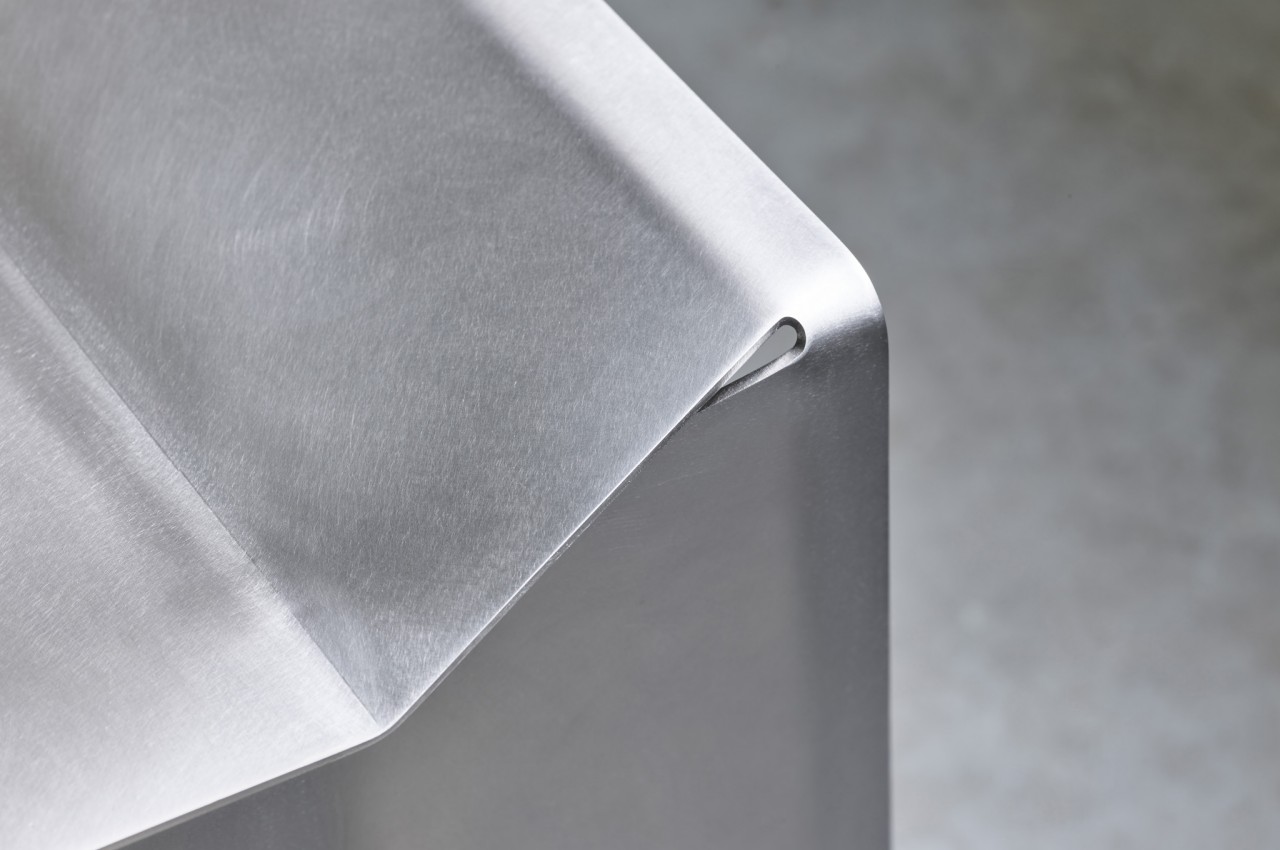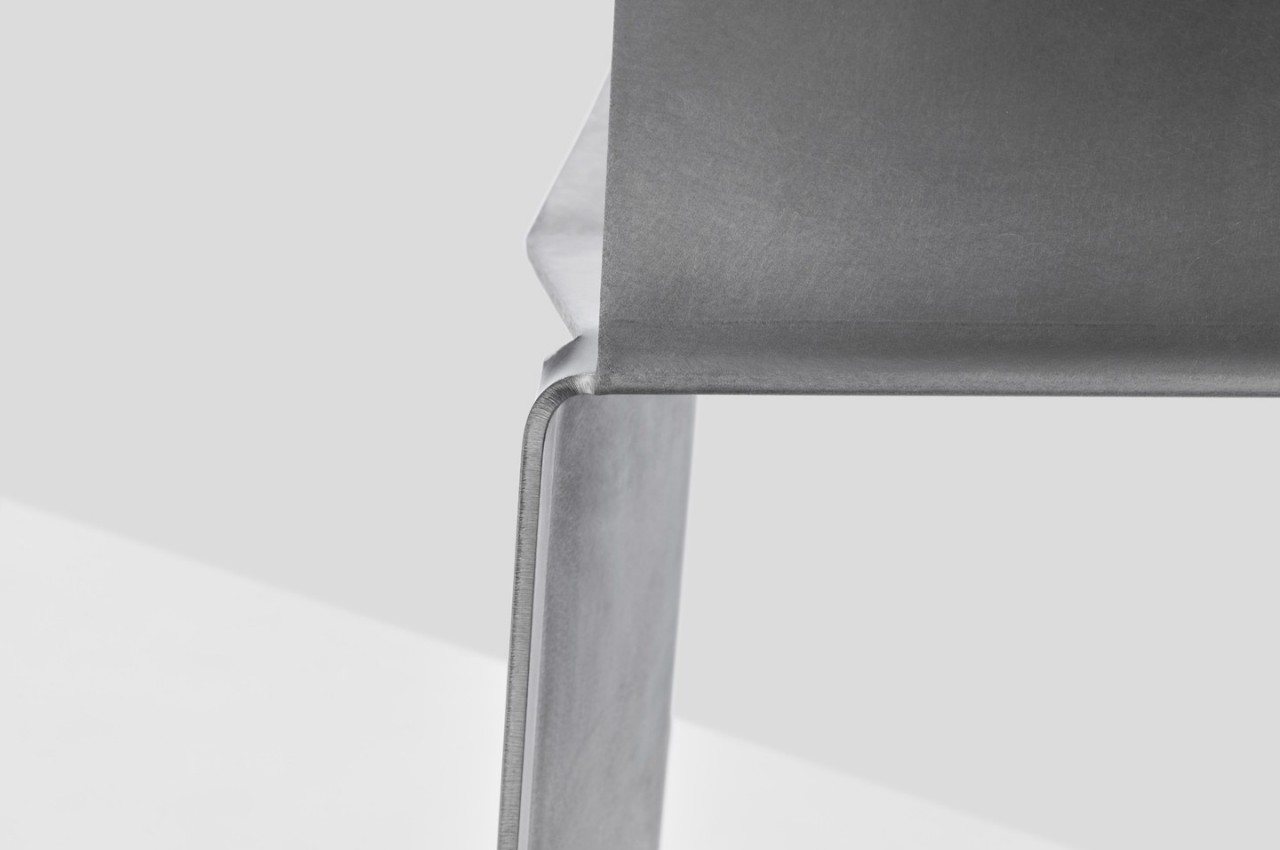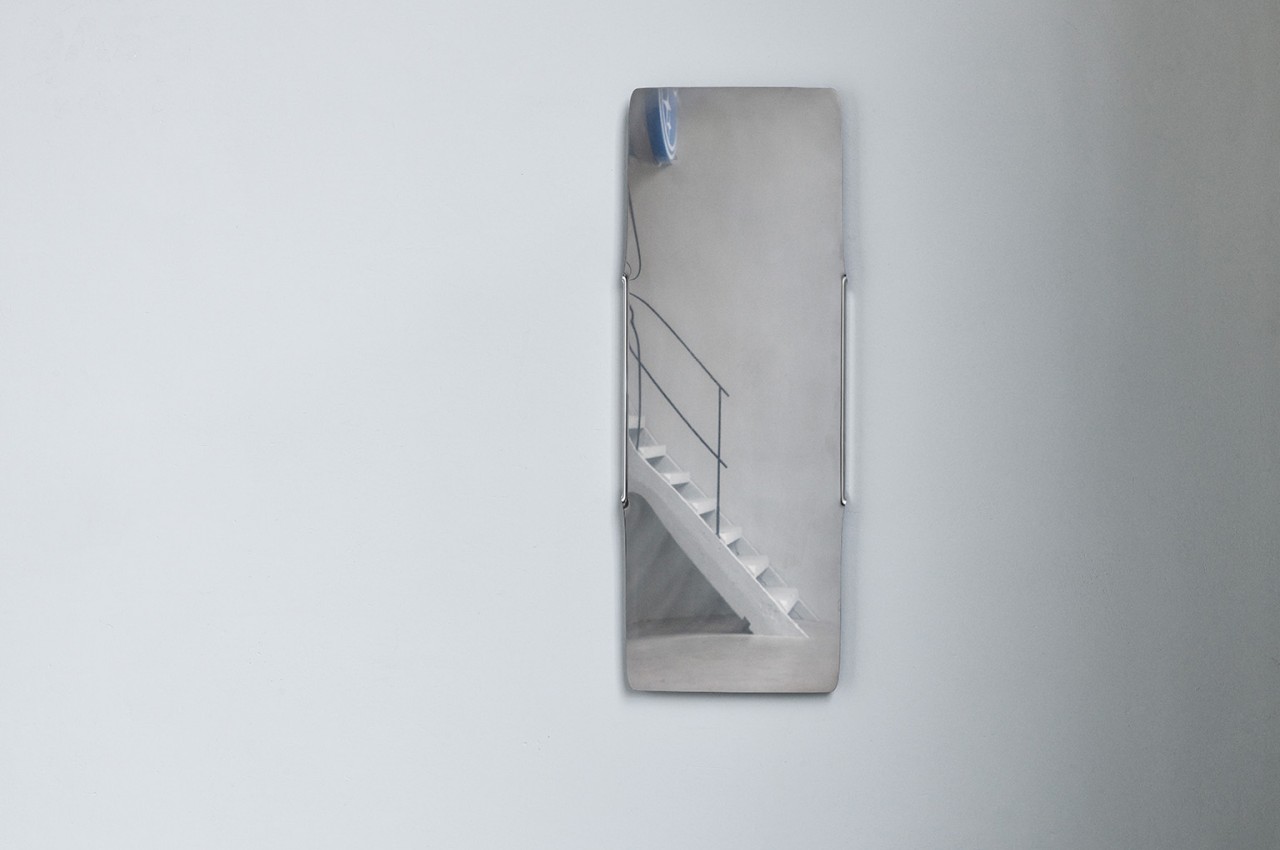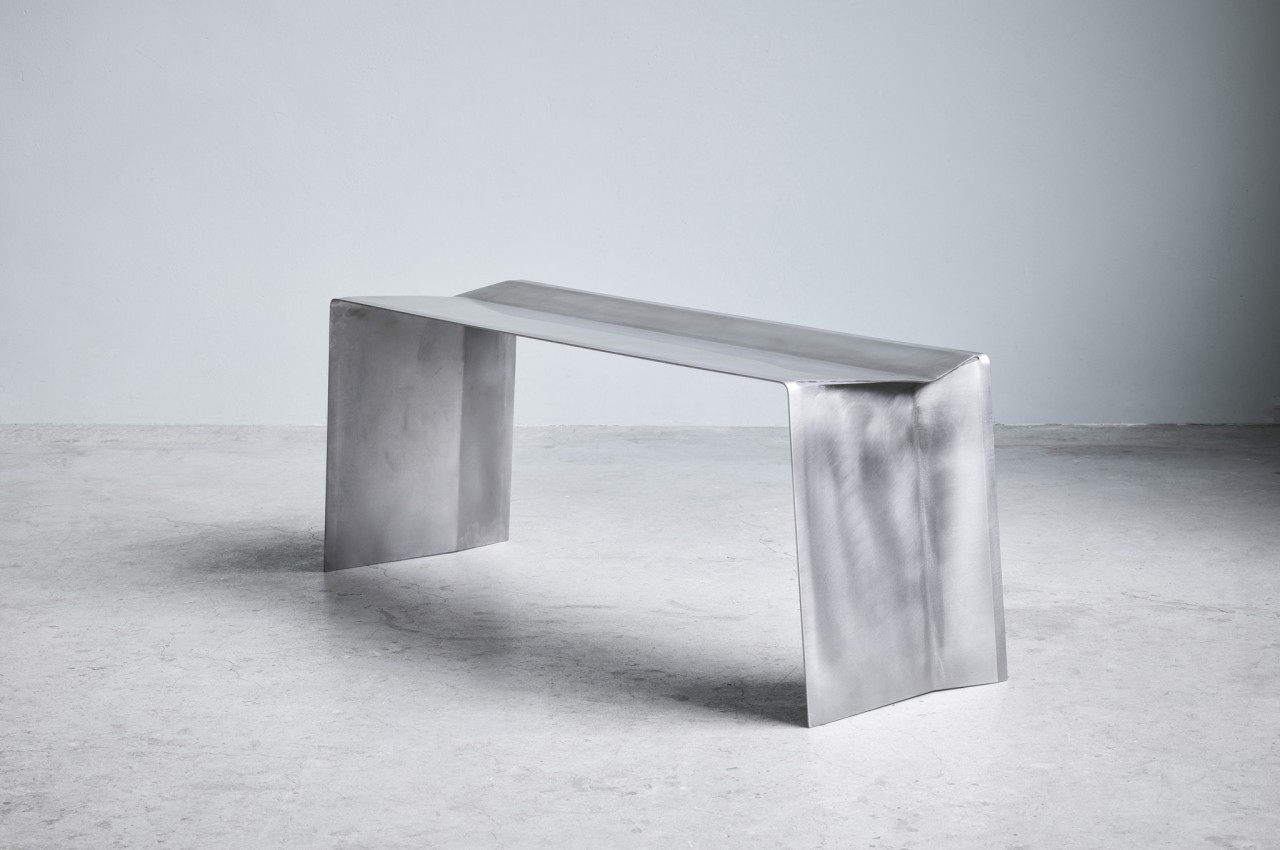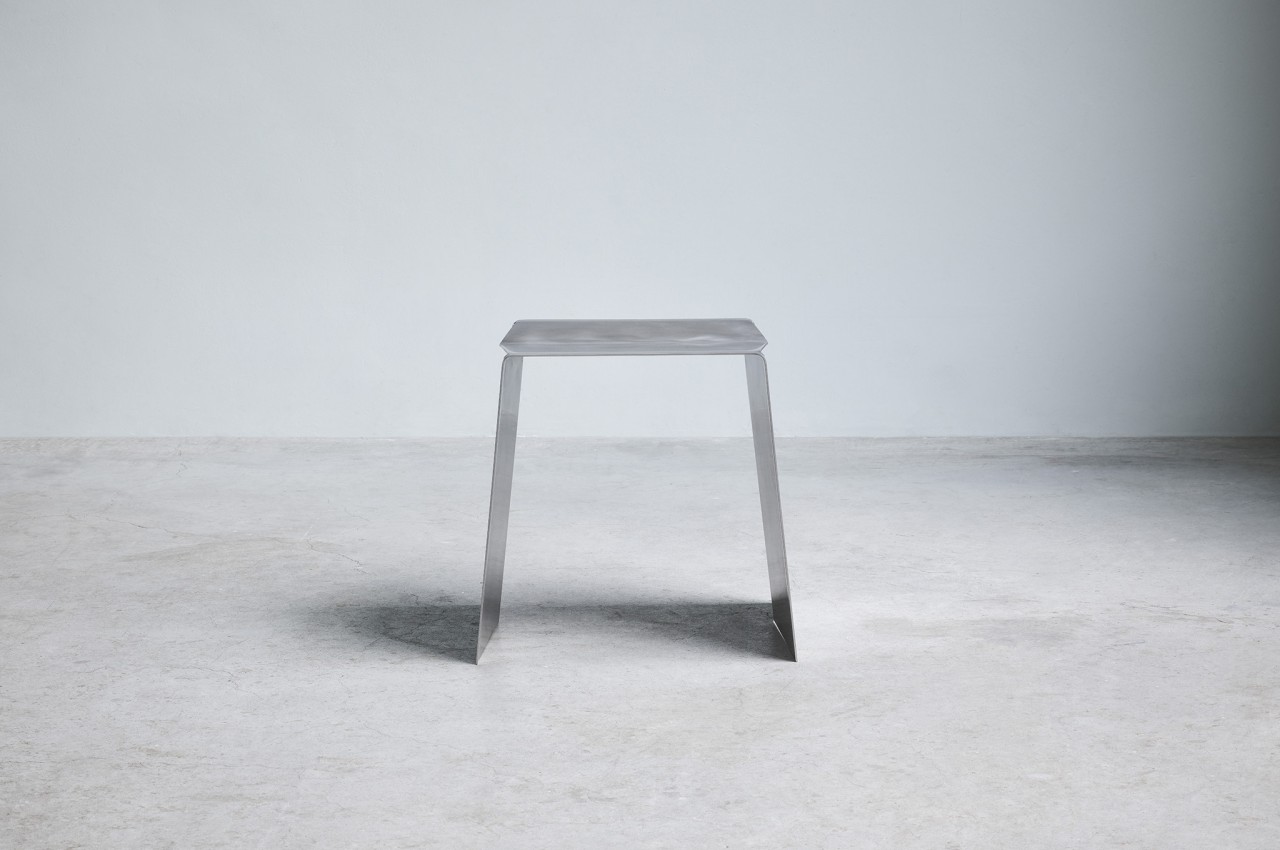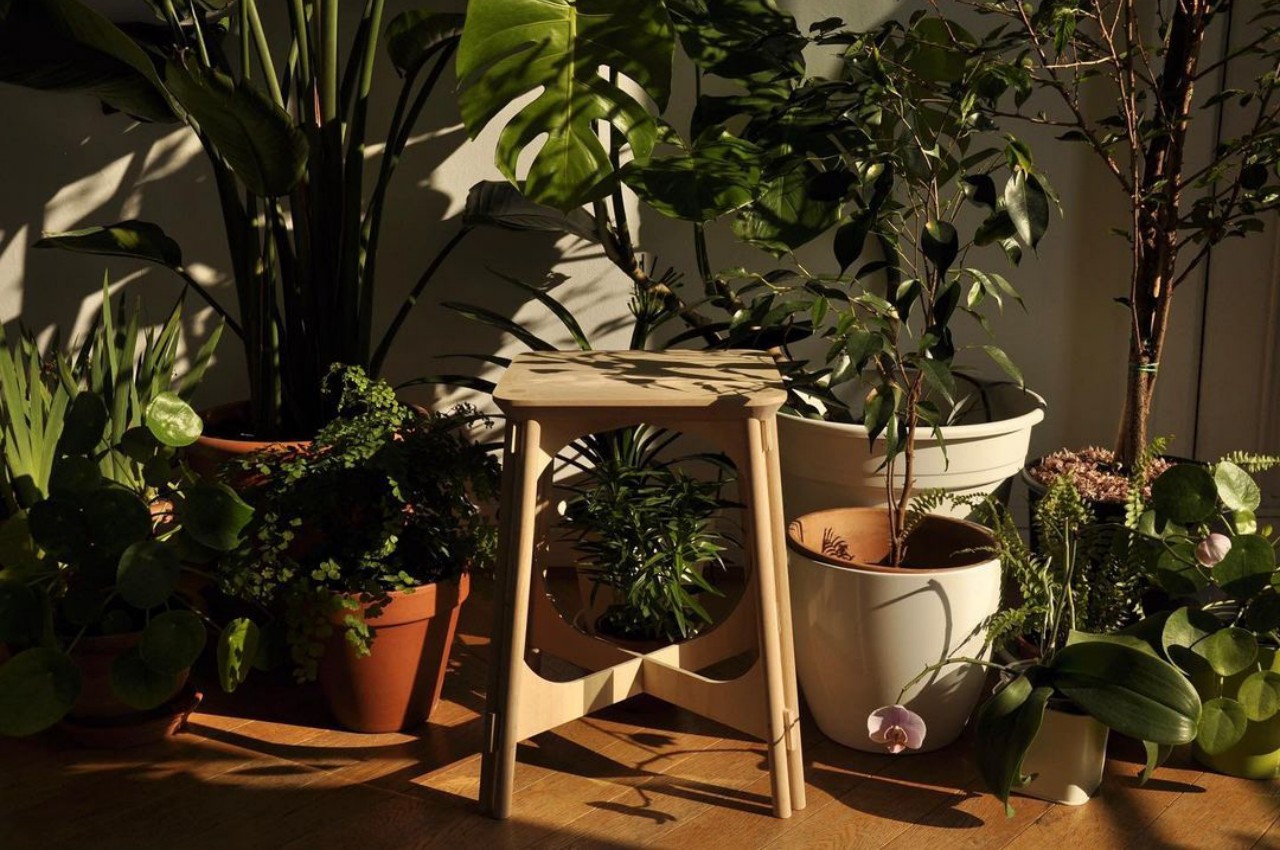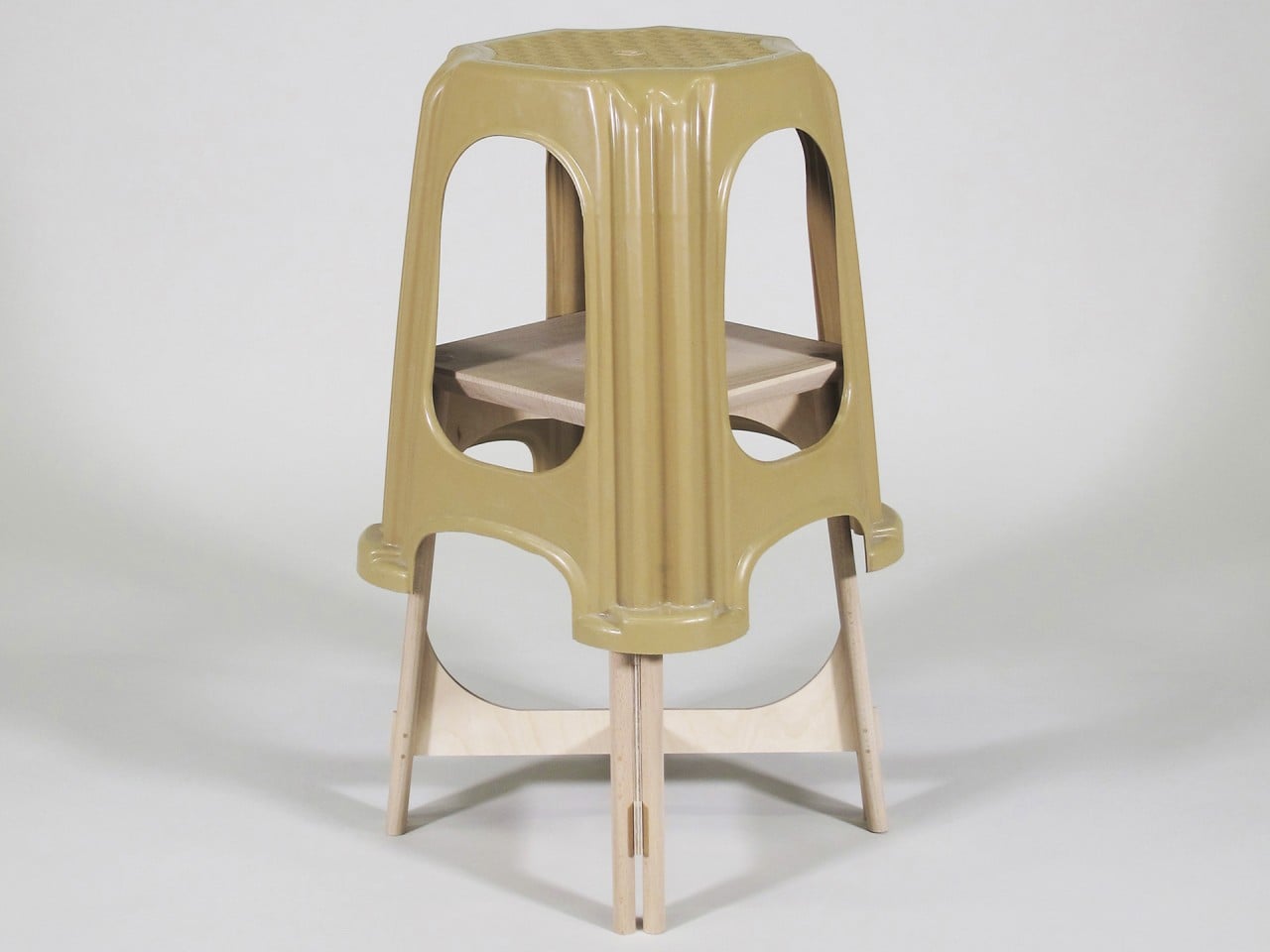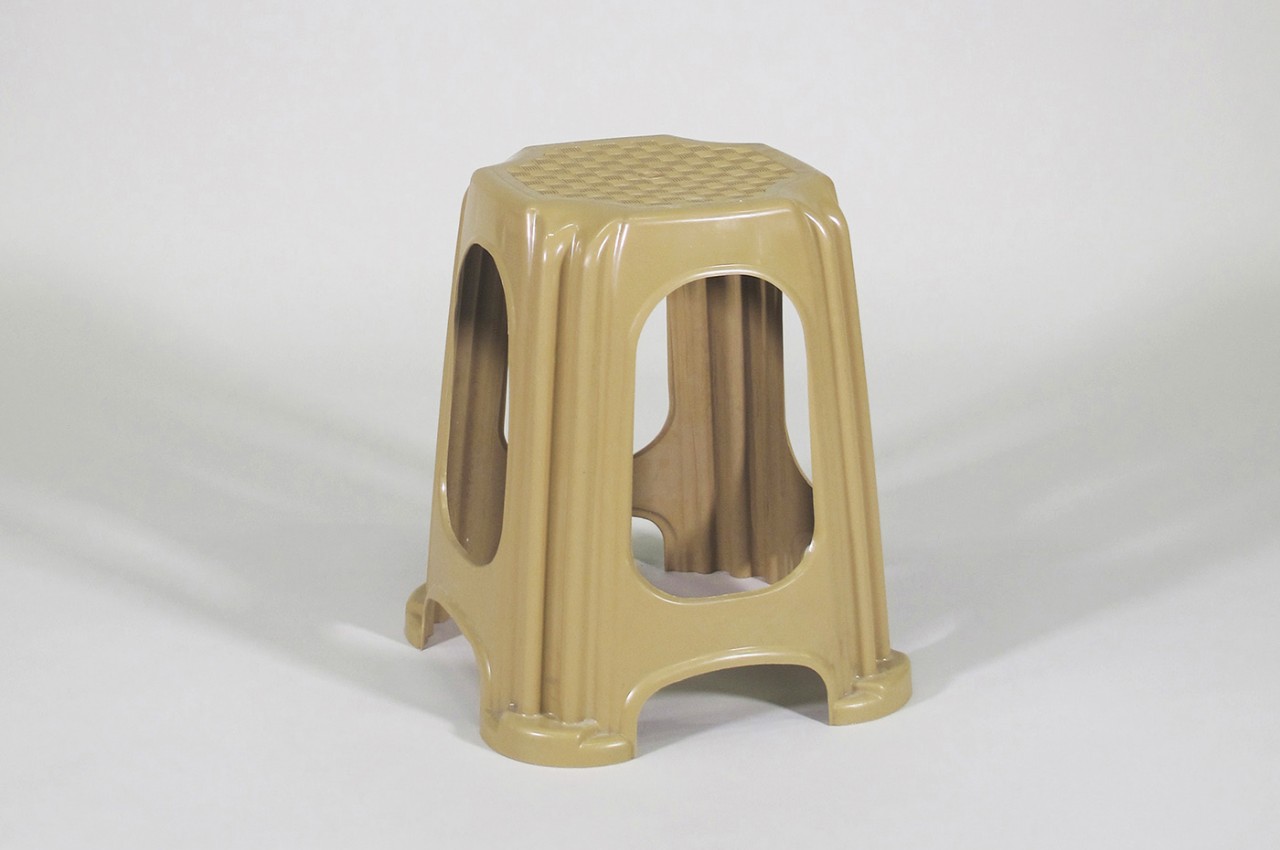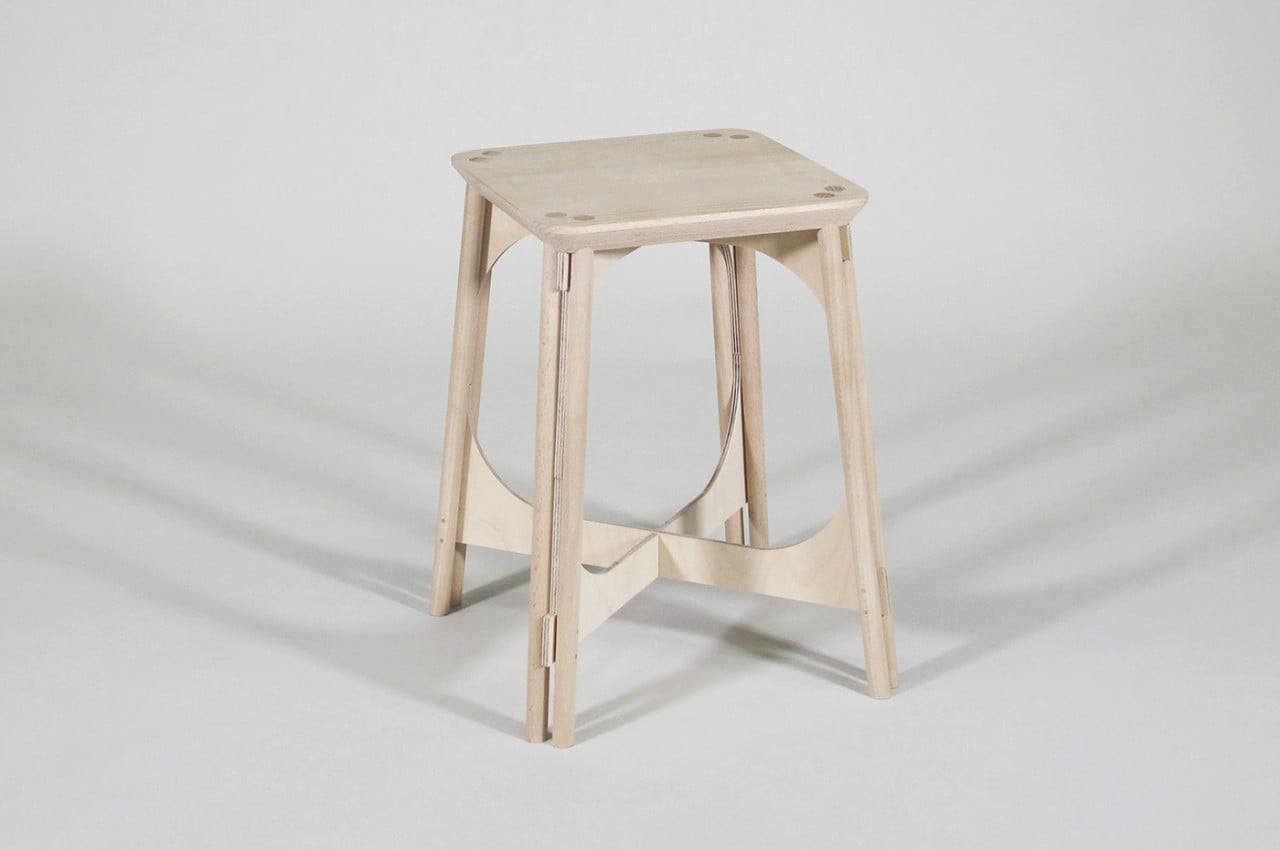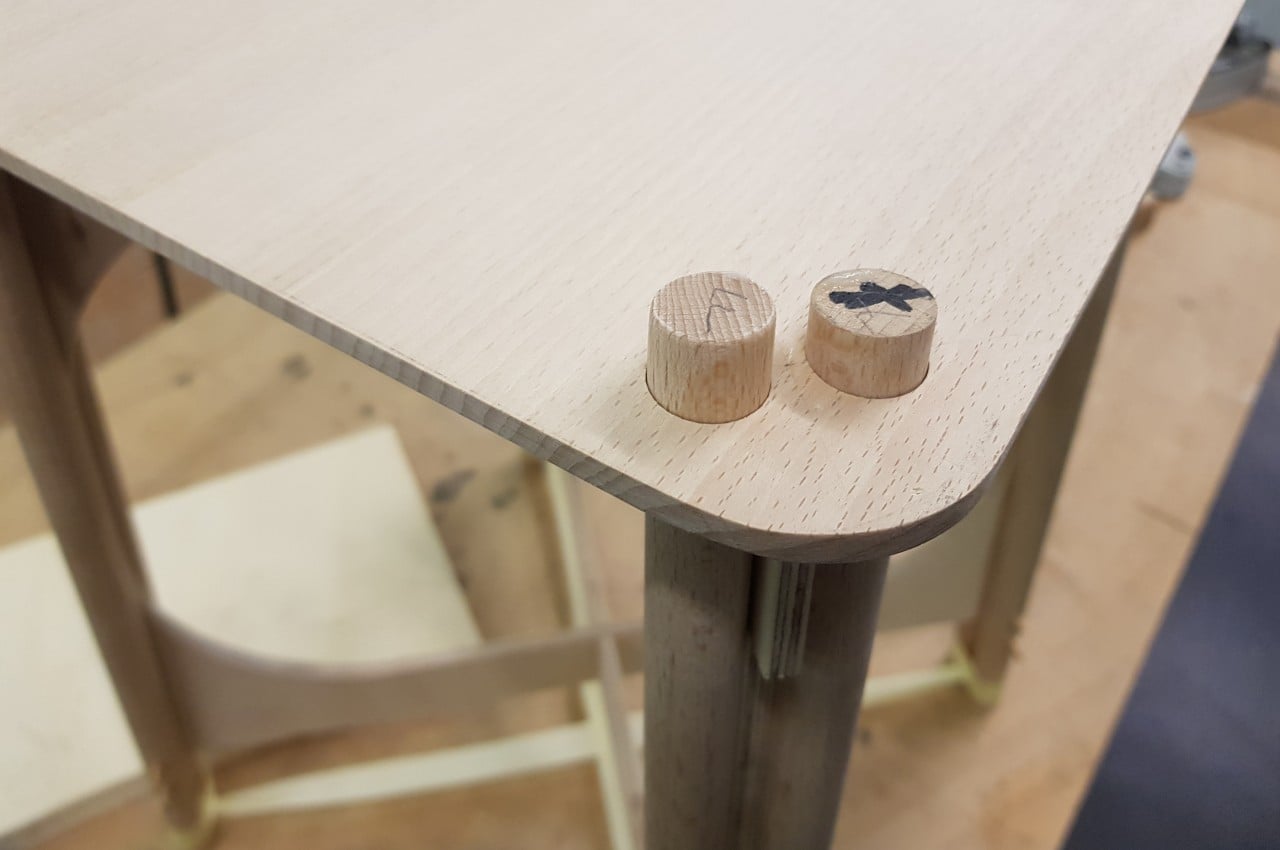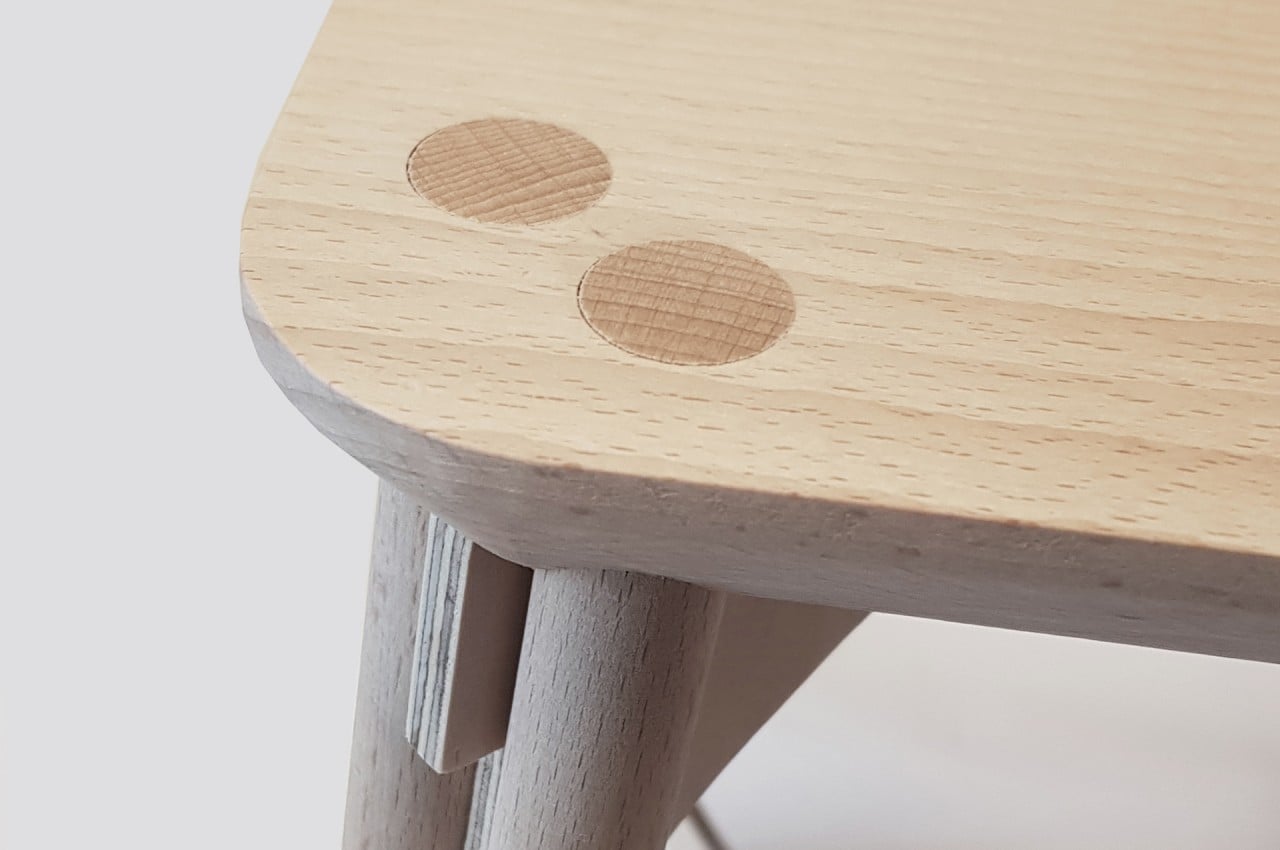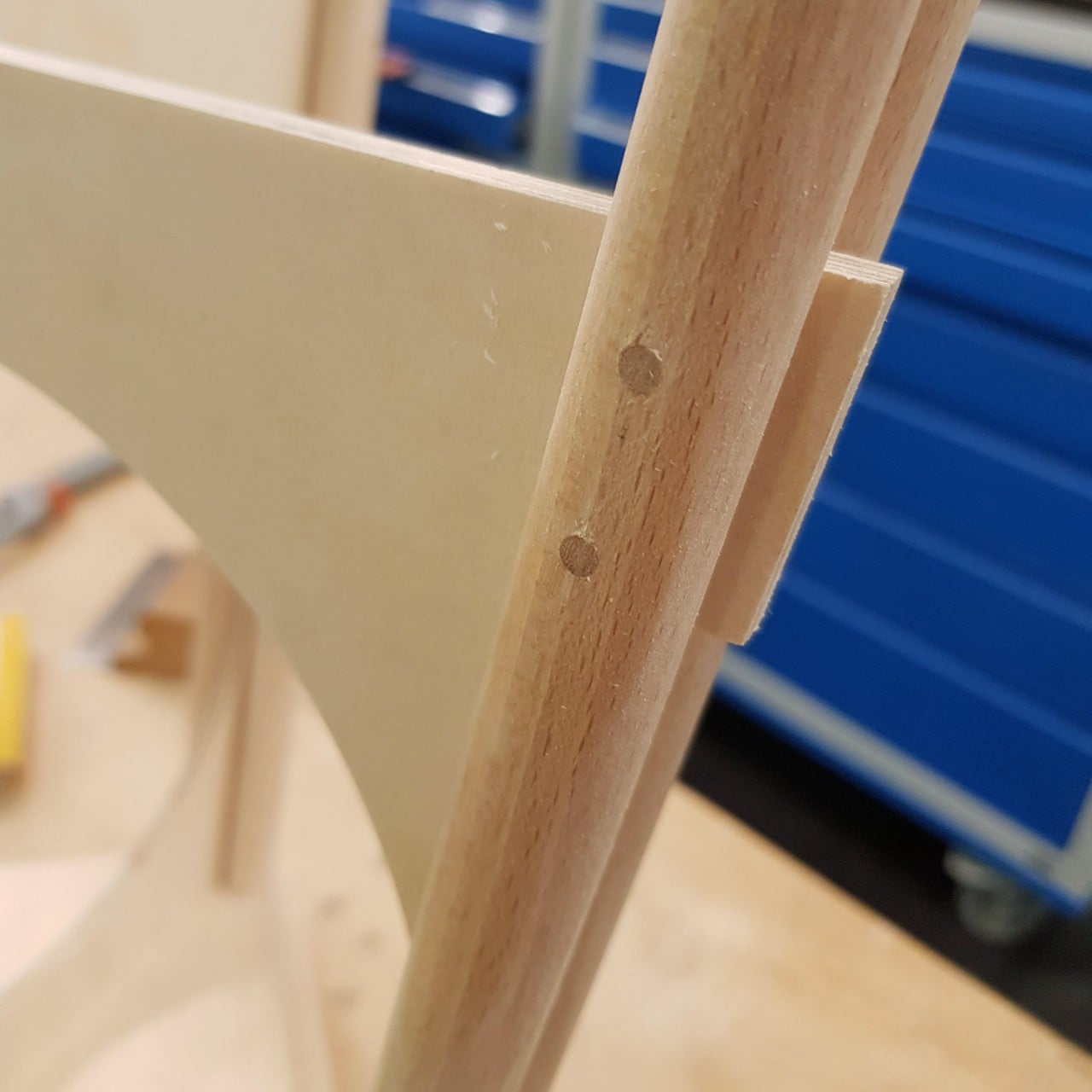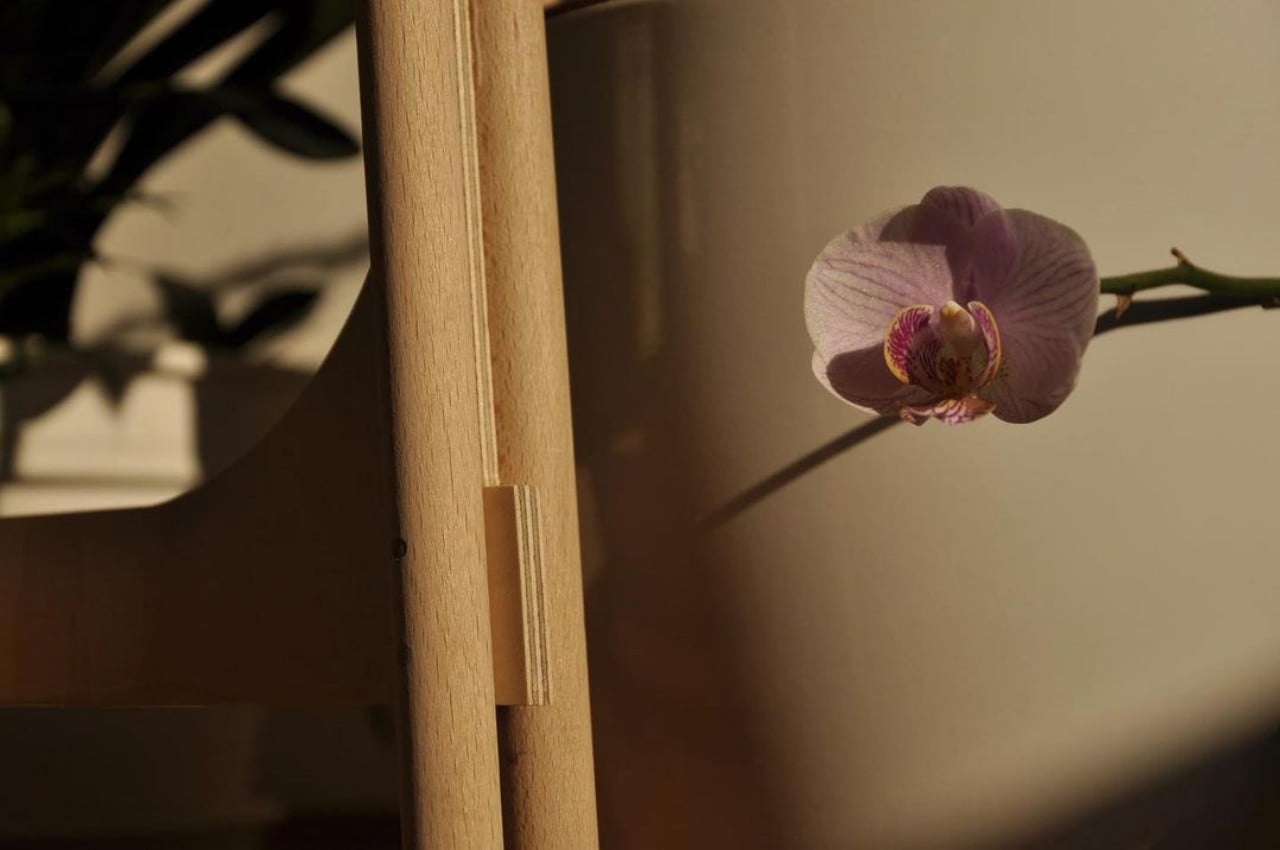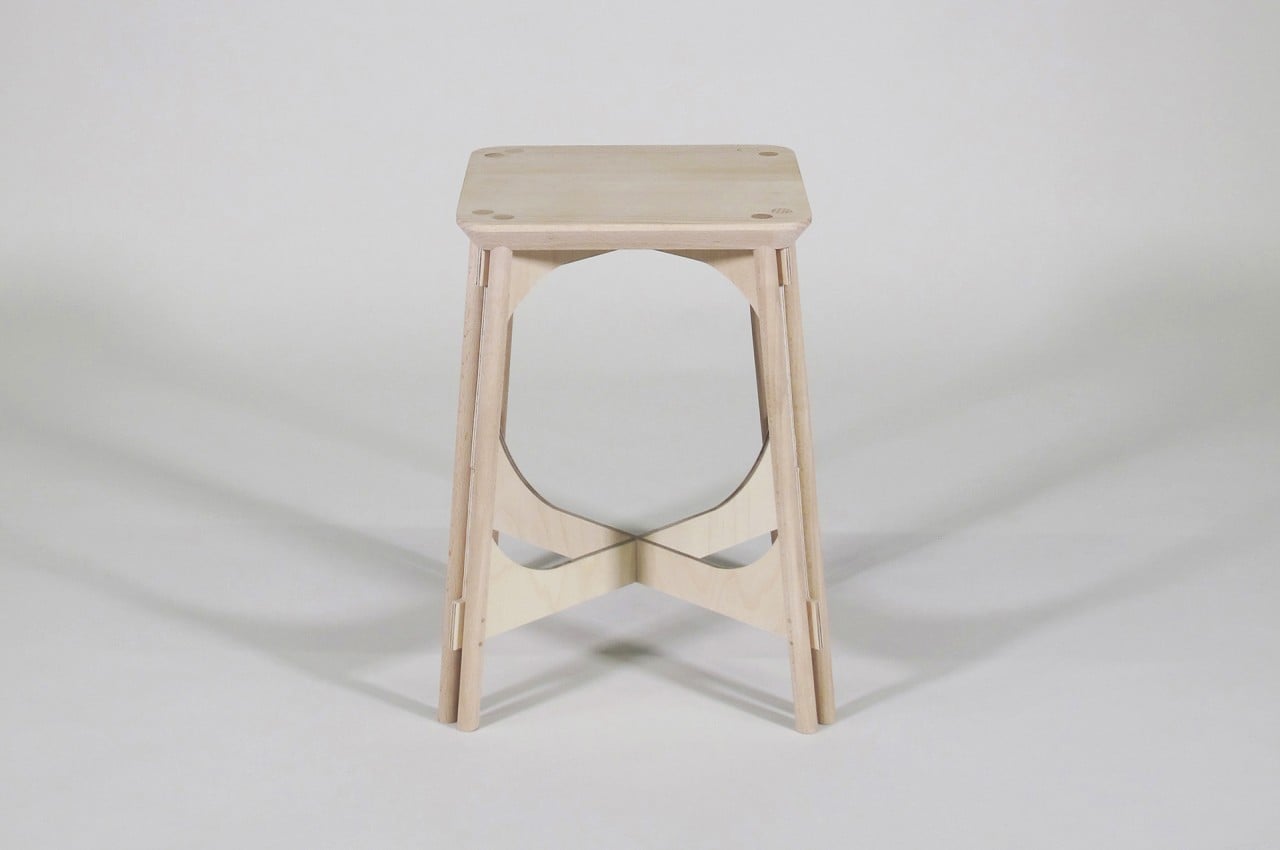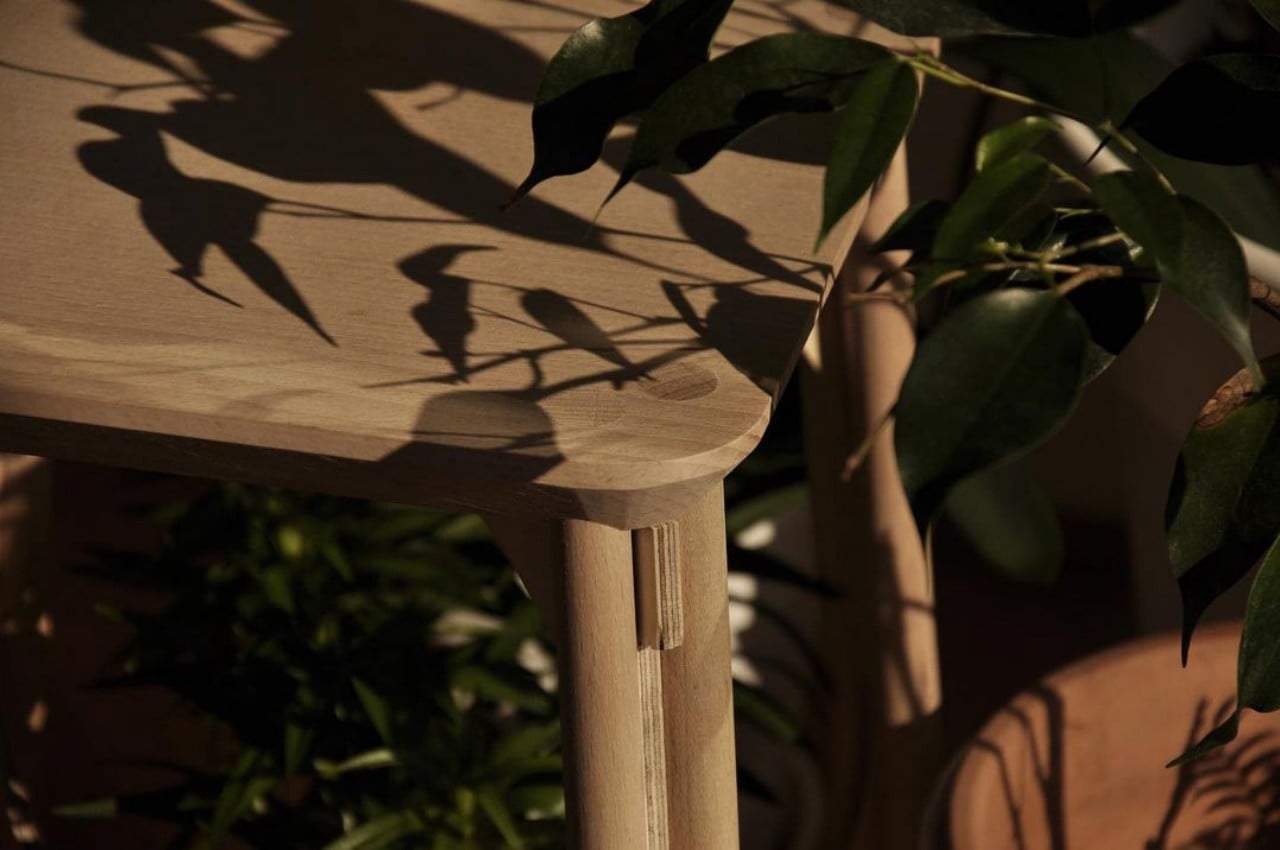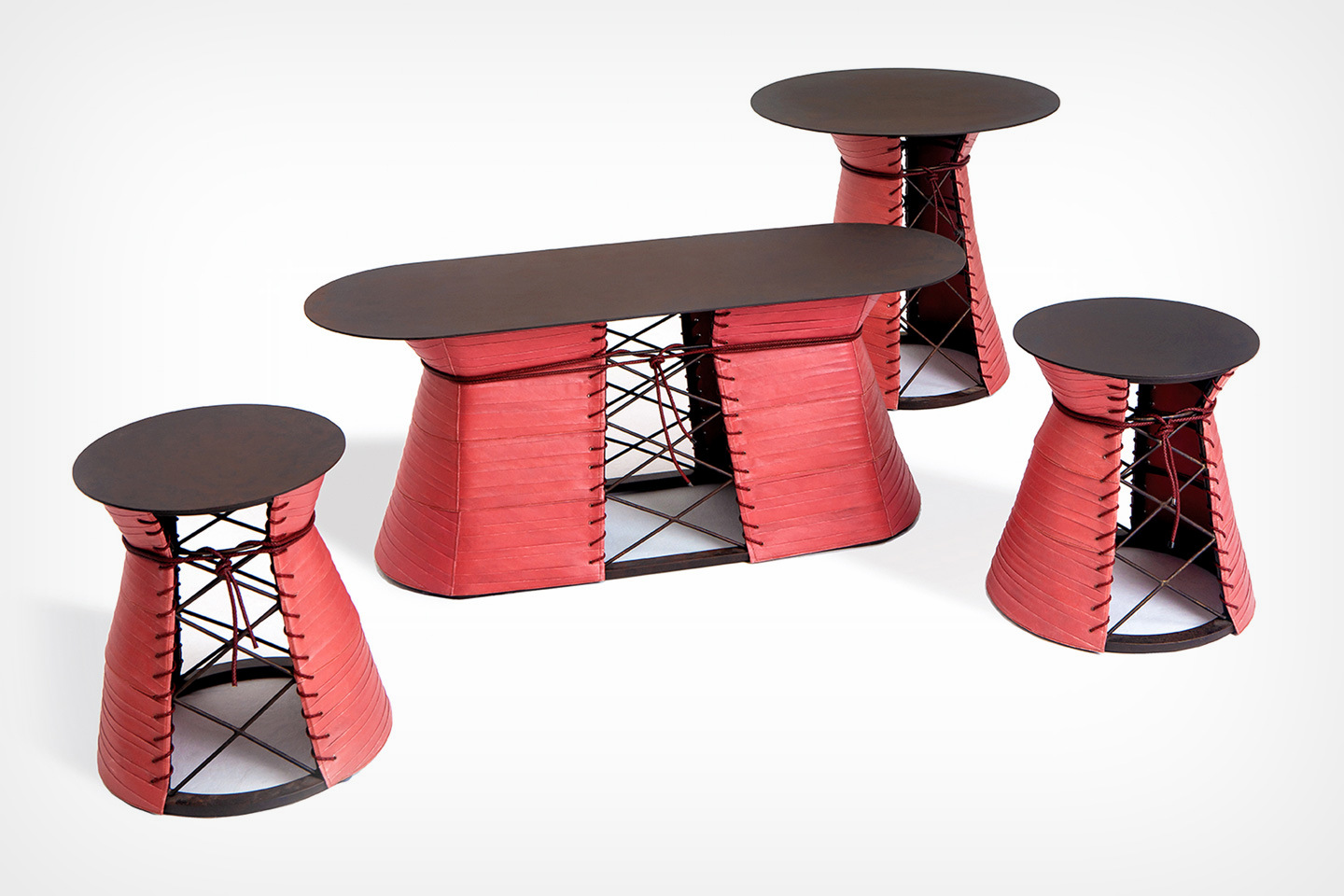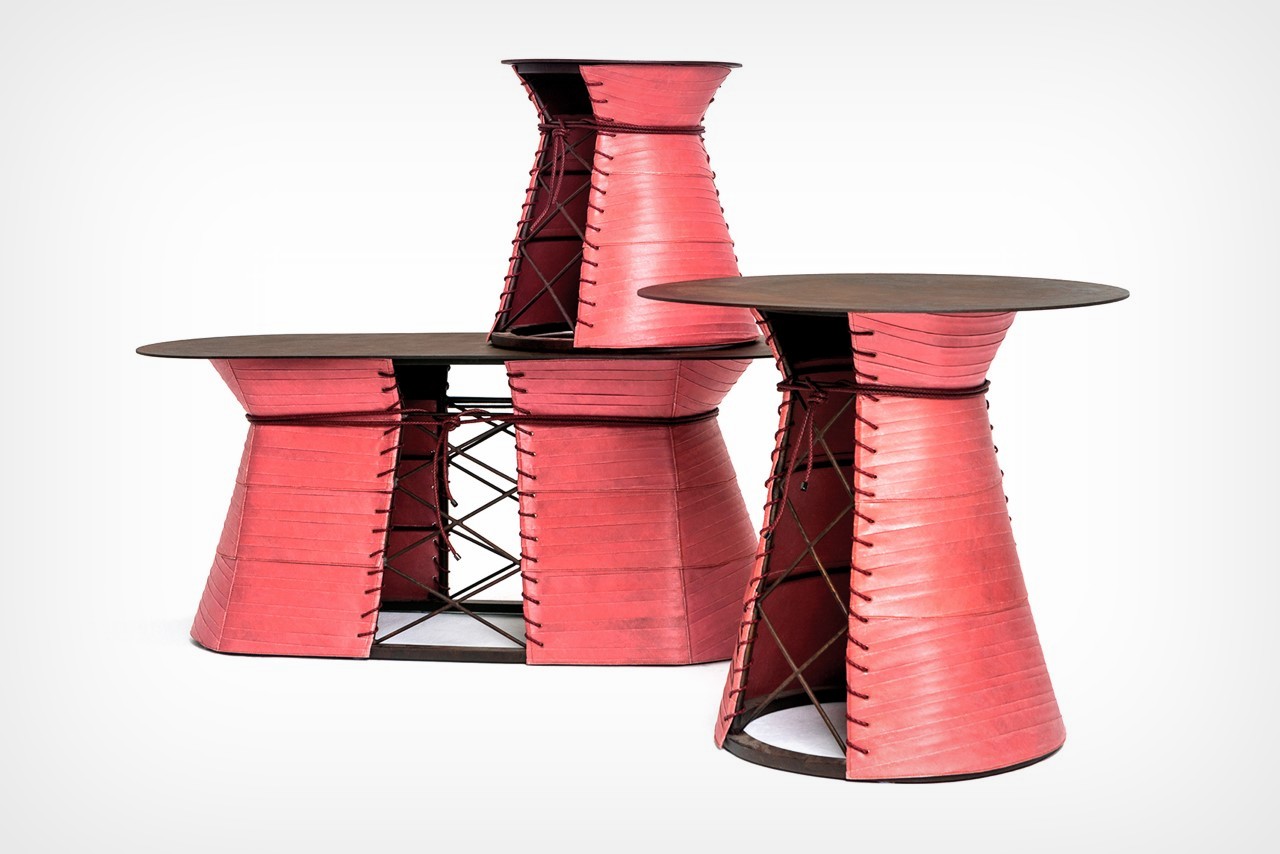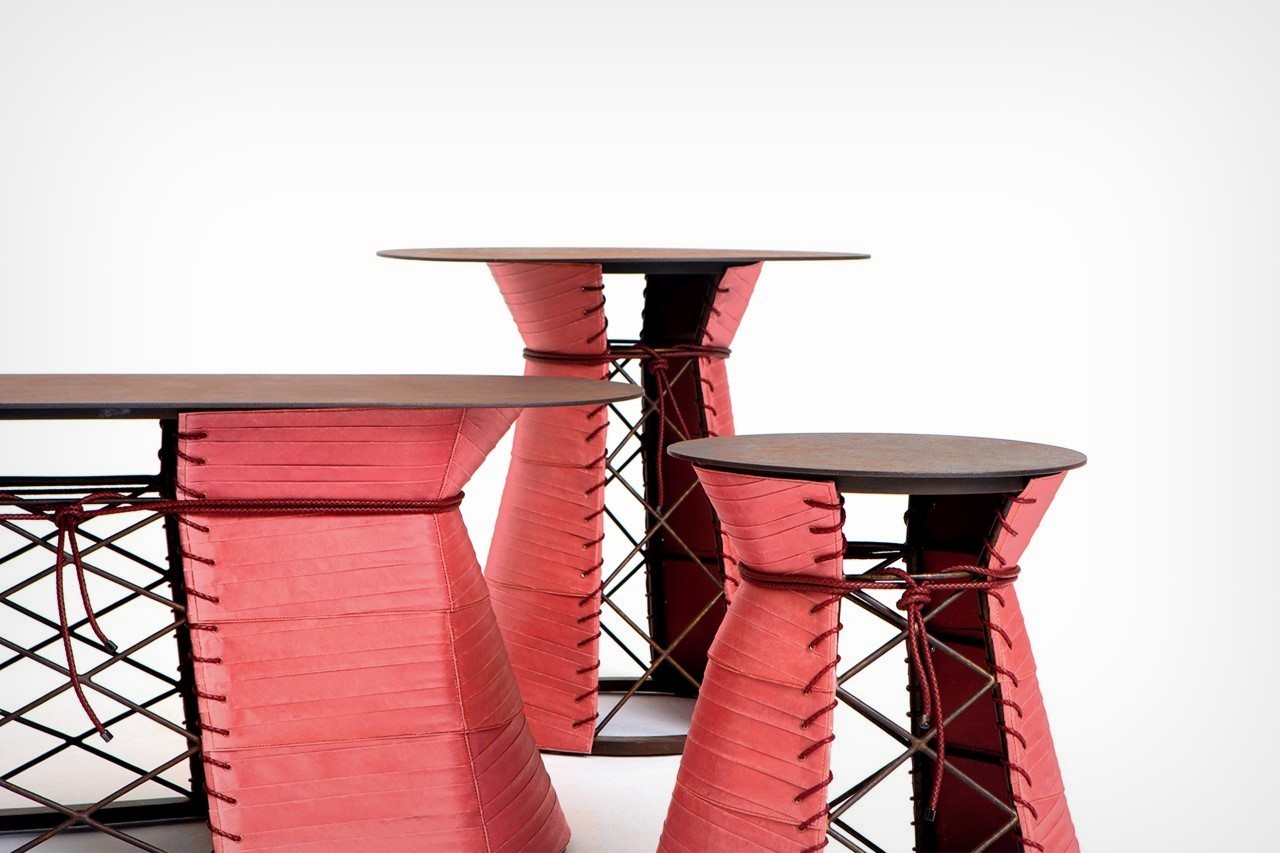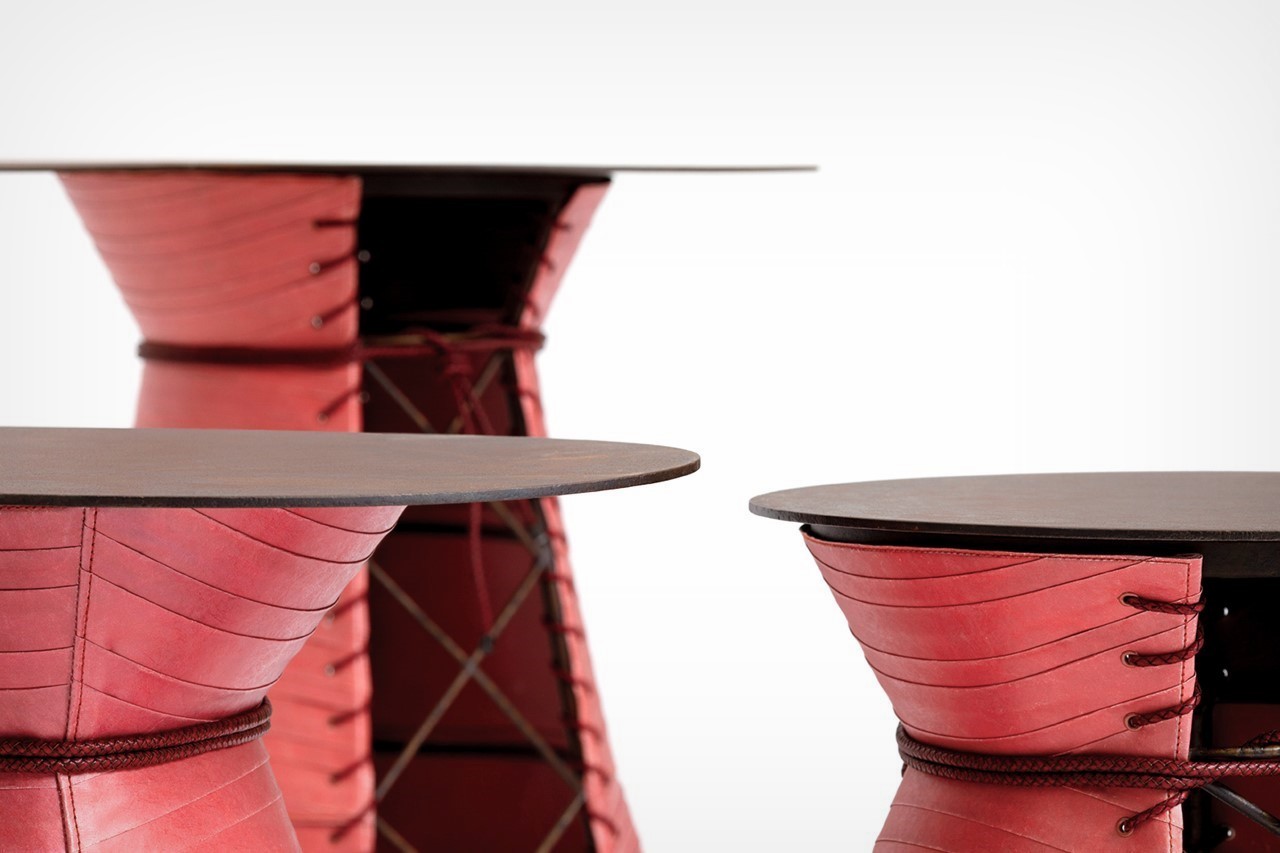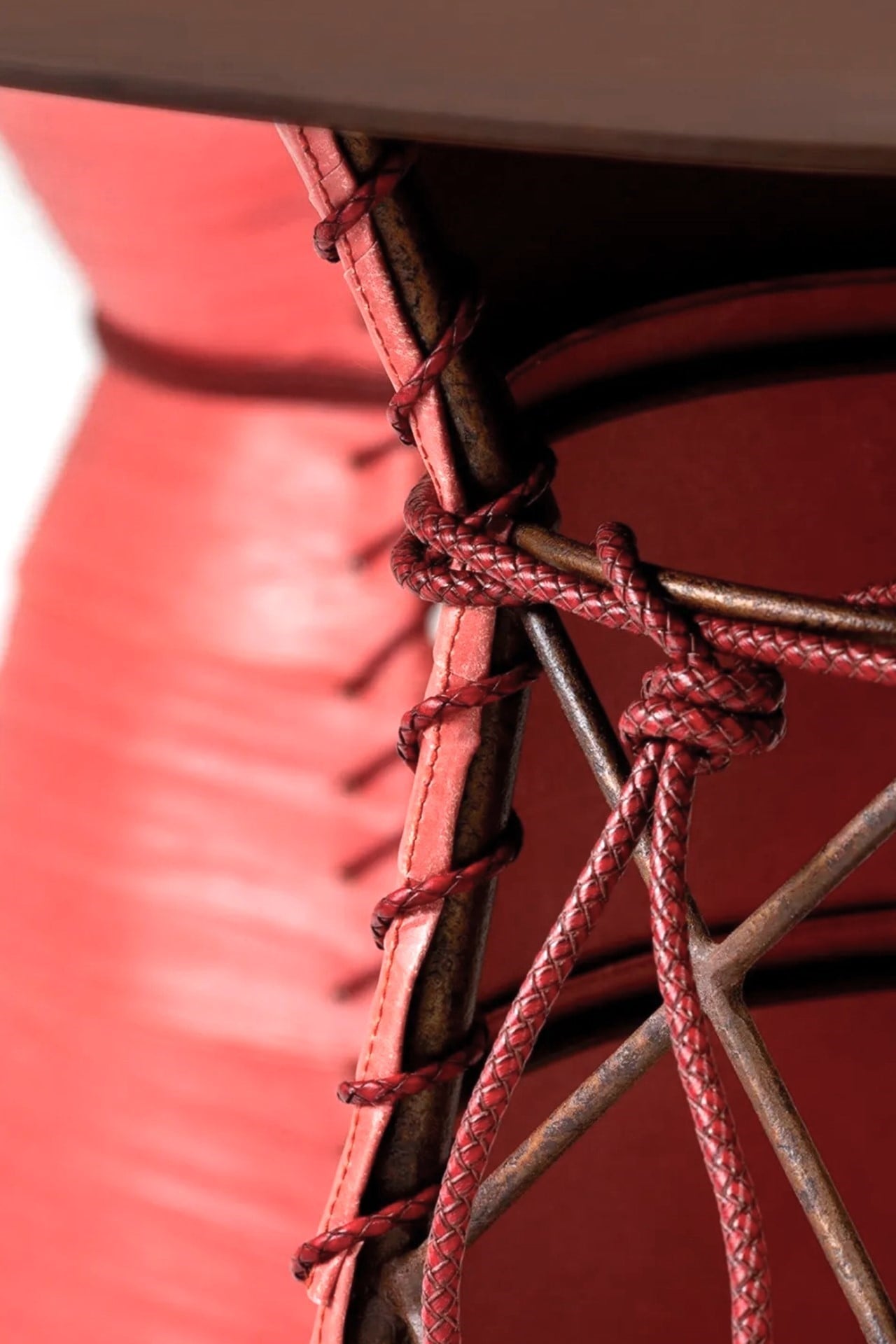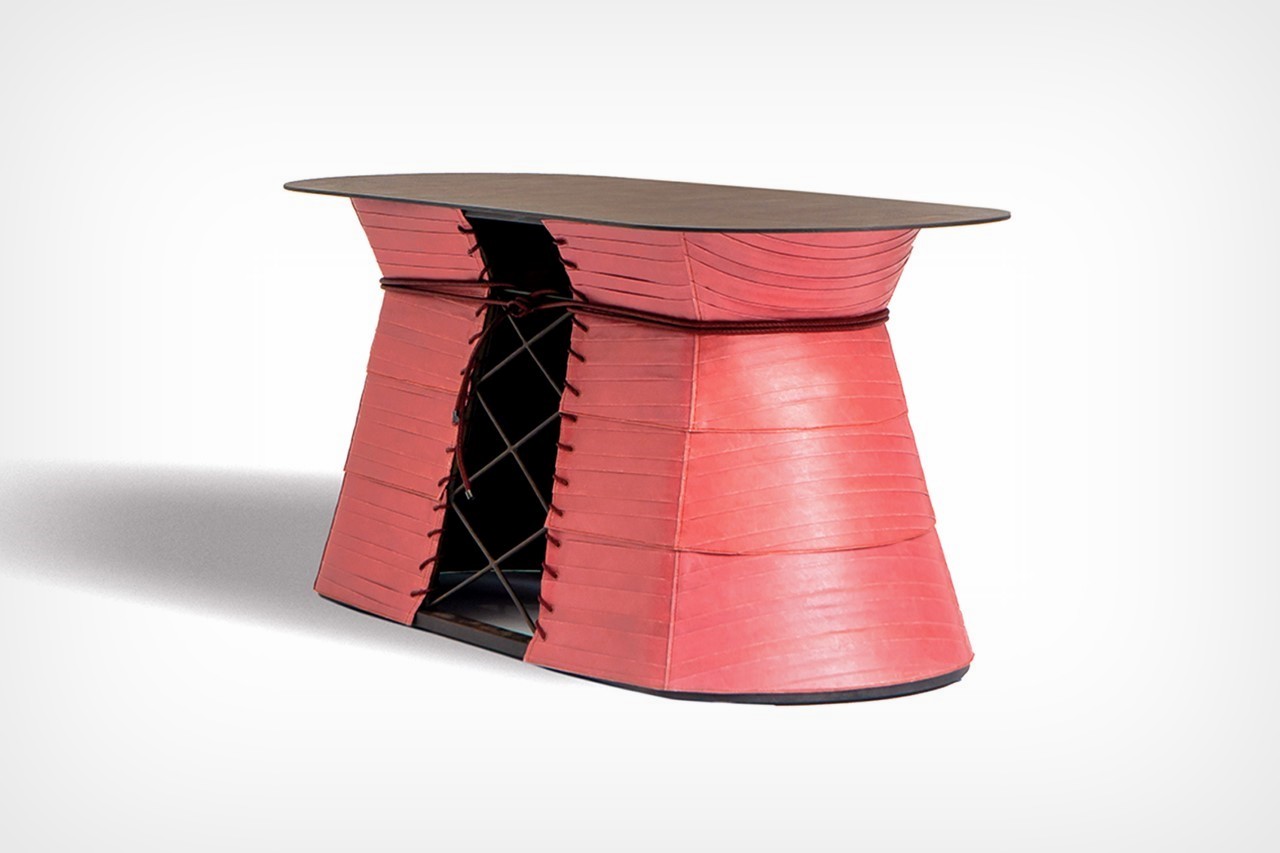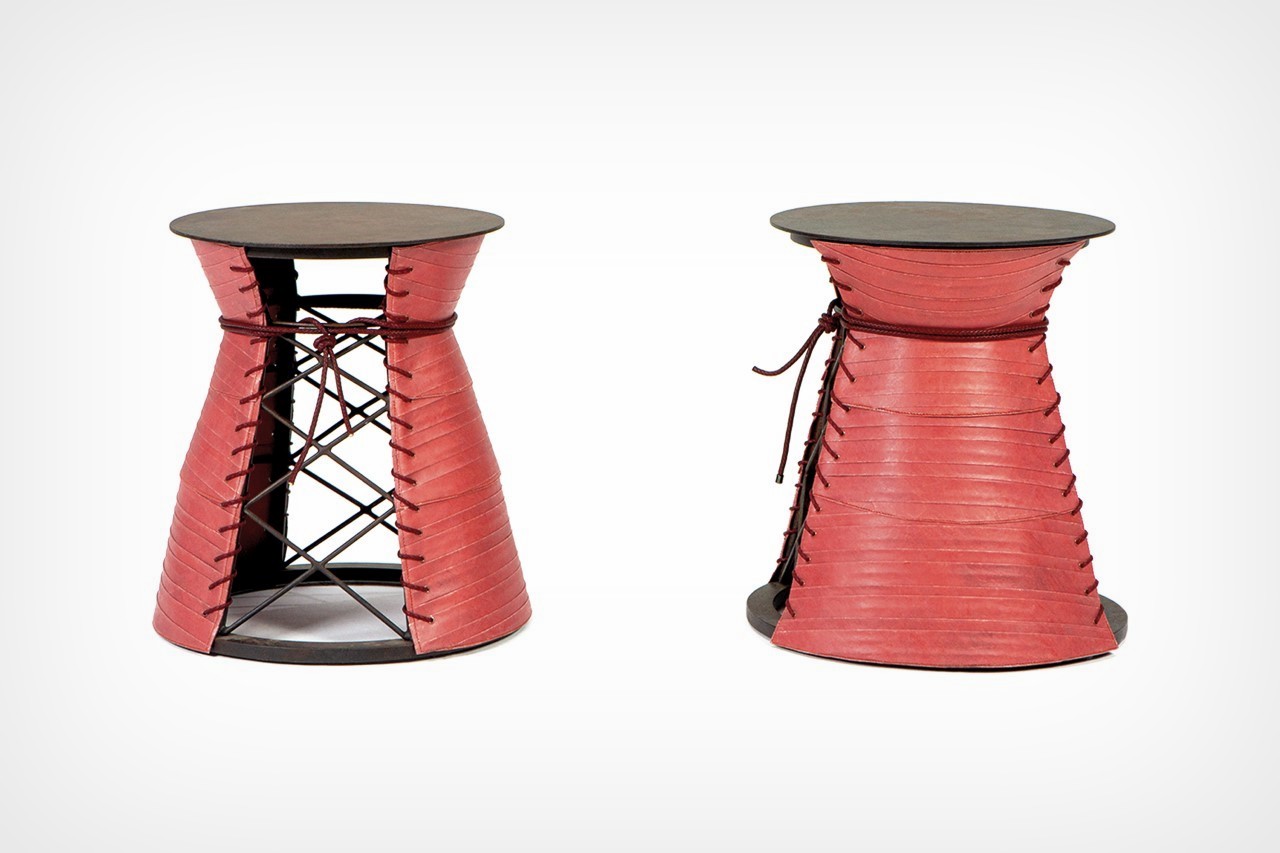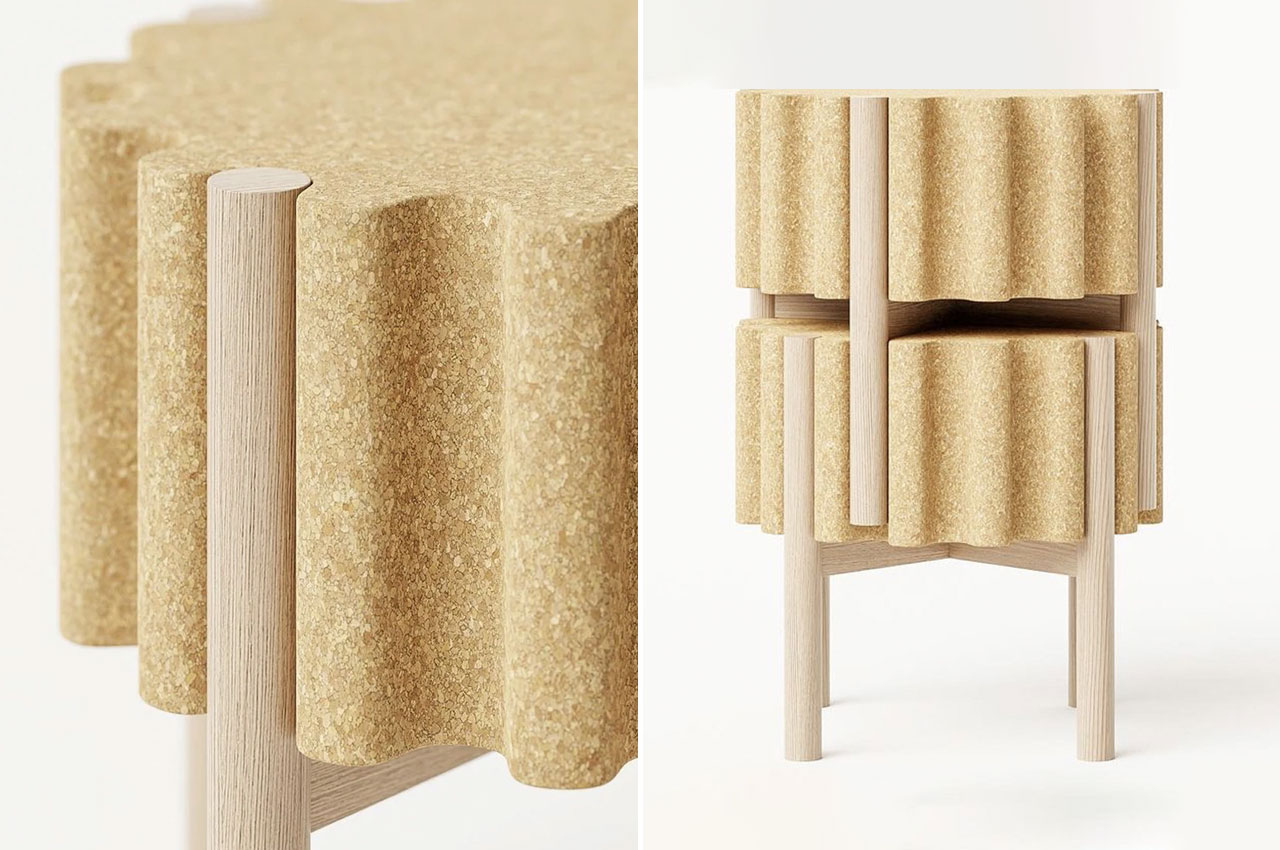
A beautiful piece of furniture can complete a room. It can be the final piece that makes a space come full circle, building a comfortable and cohesive haven, rather than a random area. Furniture pieces make or break a home, they add on to the essence or soul of a home, hence one needs to be extremely picky while choosing a furniture design. The design should be a reflection of you, and what you want your home to be. When you place a piece of furniture in a room, it should instantly integrate with the space, creating a wholesome and organic environment. We’ve curated a collection of minimal furniture designs that we believe will do this! Each of these pieces is unique, well-crafted, and made with a whole lot of love, and the love really shines through in the fine detailing and workmanship. We hope you feel the love too!
1. The Drum Stool
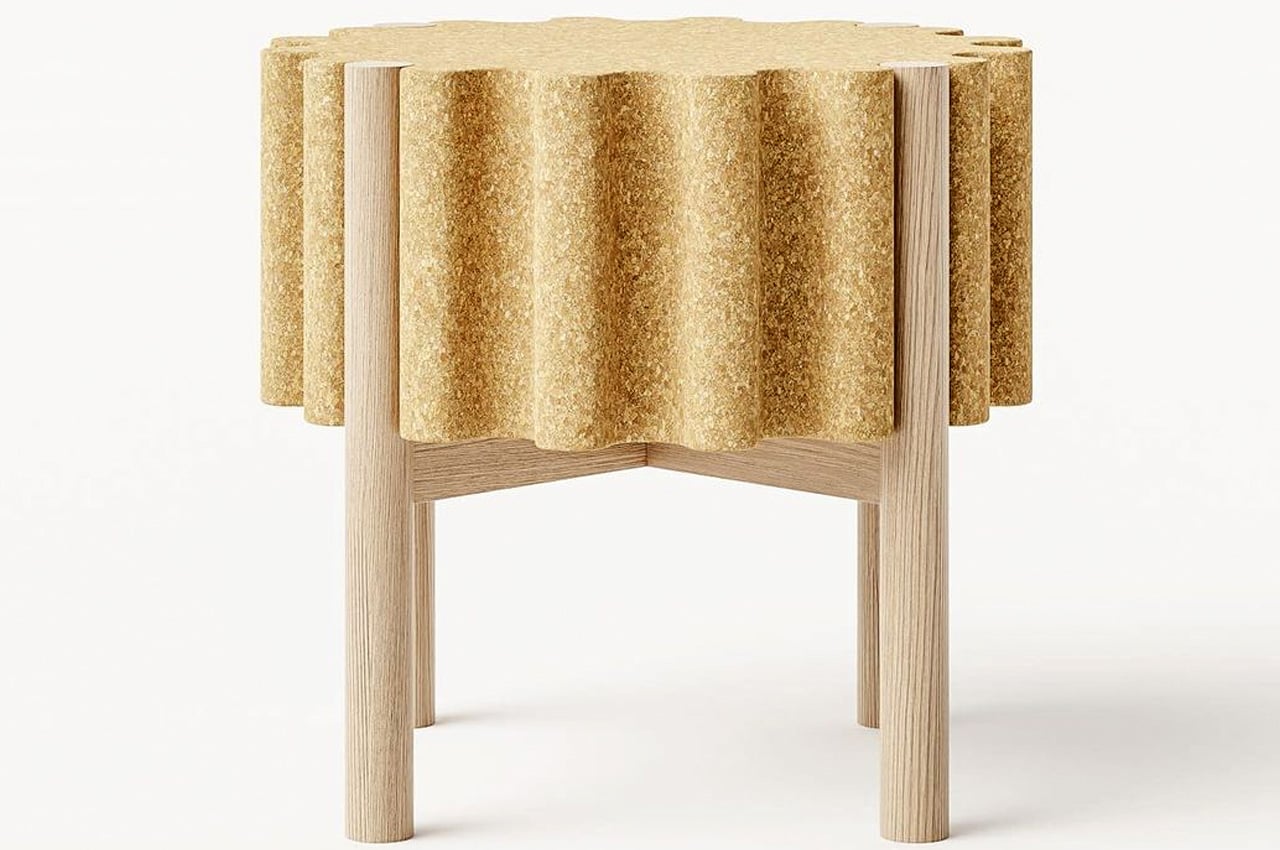
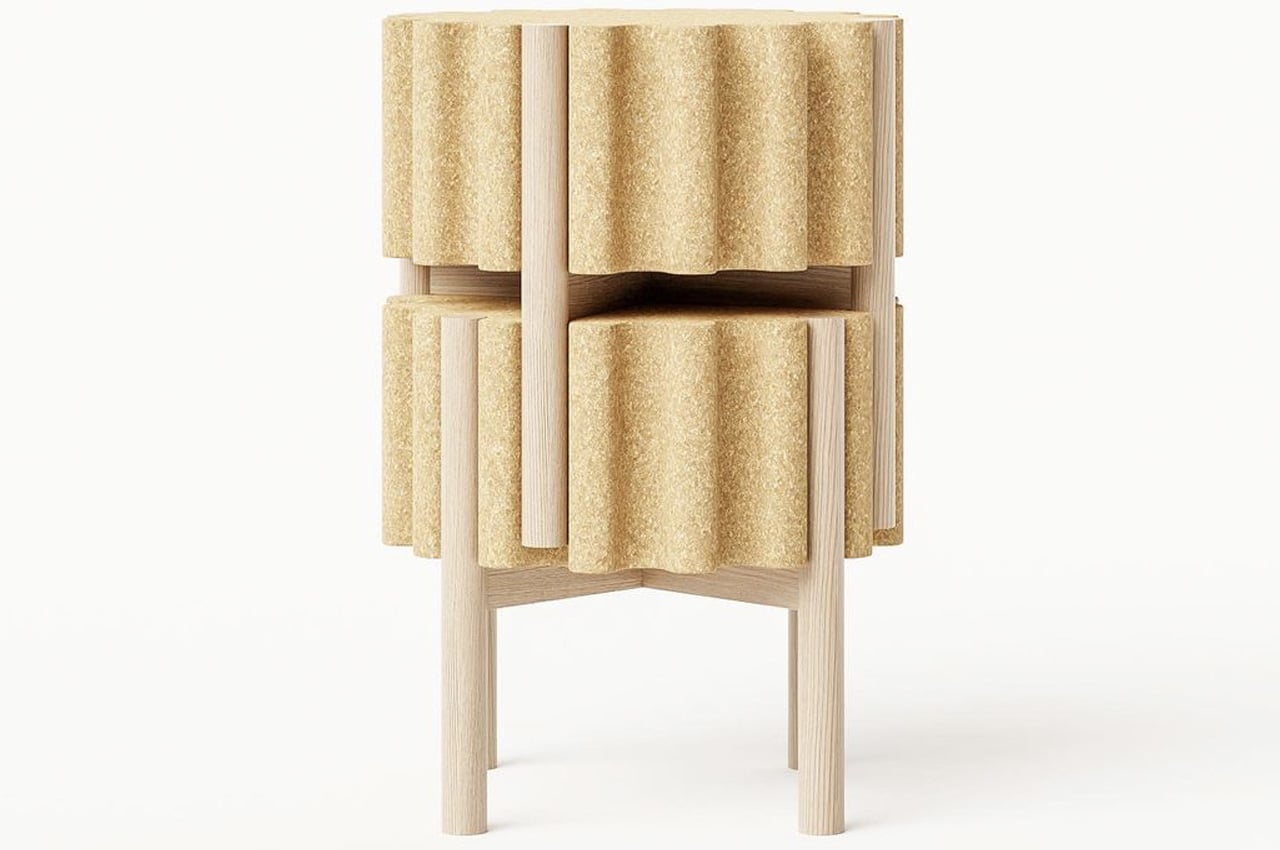
The Drum stool is minimal, elegant, stackable, and not to mention sustainable! At first glance, the Drum stool looks like a cute little wine cork to me. But when you dig deeper, you realize it has much more to offer than its adorable good looks.
Why is it noteworthy?
Teixeira picked materials such as cork and wood to build the stool, instantly rating it high on sustainability. Cork was used to create the seat, while wood was the material of choice for the legs.
What we like
The cork seat is comfortable and inviting and provides a grip while handling, so the stool is quite easy to move around and place in different positions
What we dislike
The wave pattern of the trimmed cork seat seems uncomfortable to sit on for long durations
2. Wormhole Coffee Table
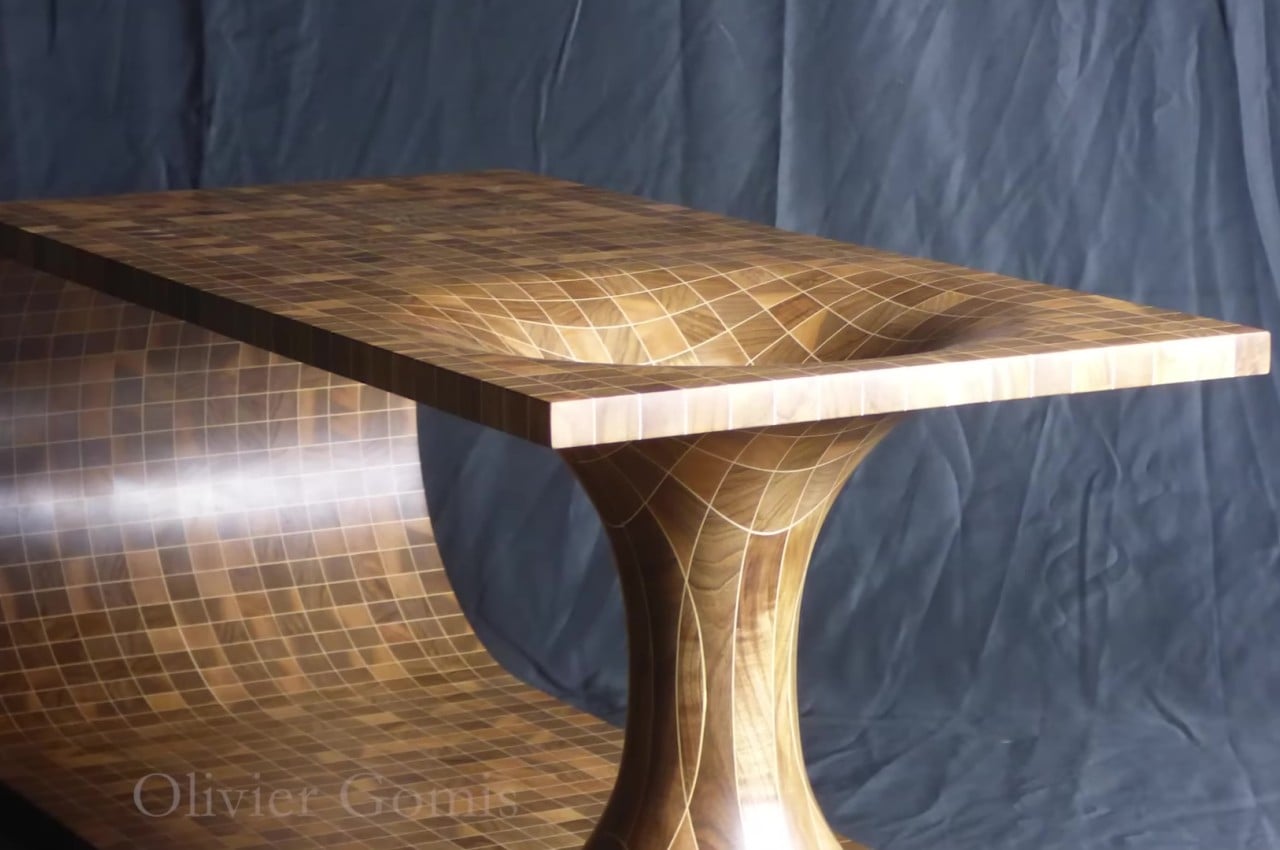
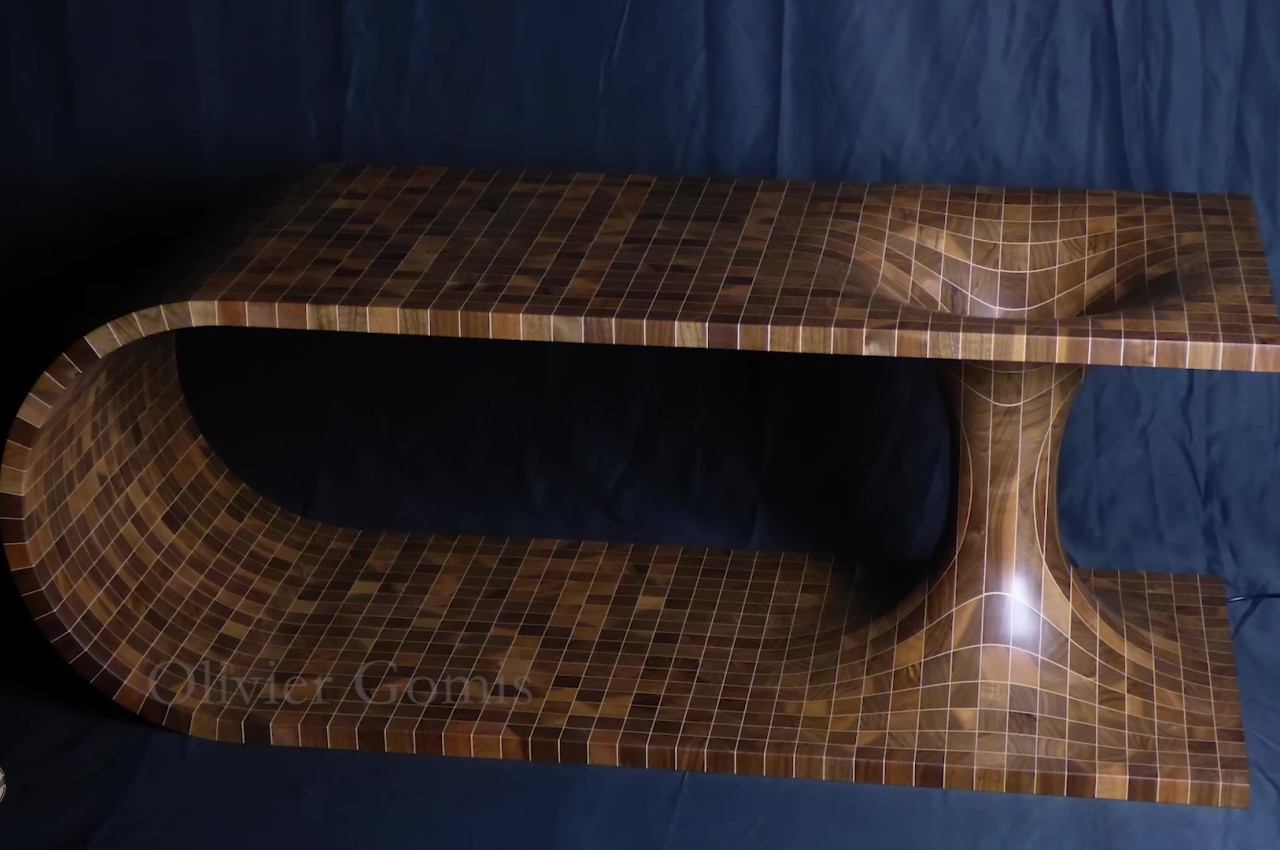
Wormholes can hypothetically connect two disparate points in spacetime via a tunnel. And they’re quite commonly found in science fiction! And this mind-blowing coffee table by Olivier Gomis attempts to convert the hypothetical wormhole into a physical manifestation.
Why is it noteworthy?
The shape of a table is already quite eye-catching on its own. It’s almost like a wooden plank that has been bent so that the two ends are on top of each other and then joined together by a double cone. These are then glued together with sheets of maple veneer in between, which give the appearance of those faint light lines that form the grid.
What we like
- A lamp was installed in the center of the hole, giving the table an eerie appearance in the dark
What we dislike
- The inward curving section provides a risk for products that could roll inside and get stuck like a marble or a coin
3. The Alada Desk
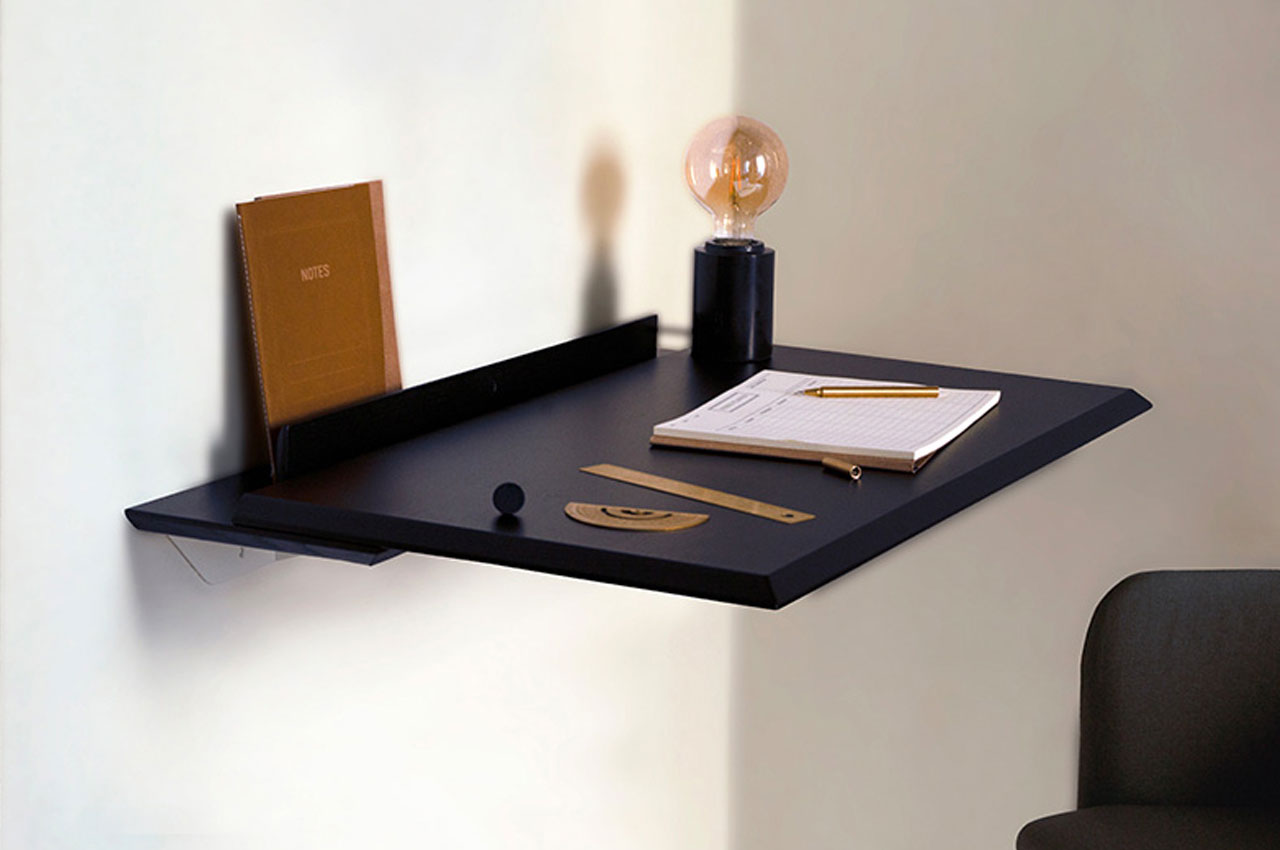
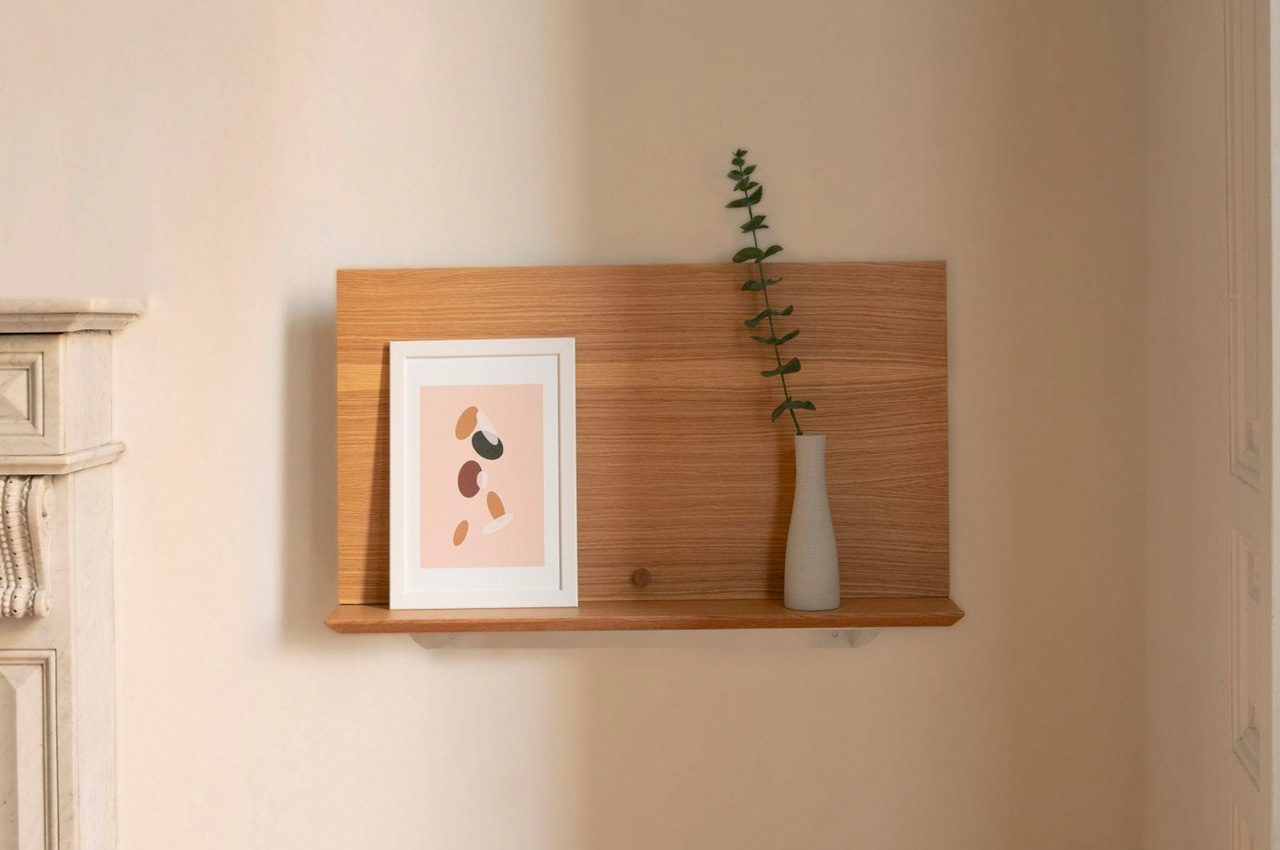
Designed by Daniel Garcia Sanchez for Woodendot, the Alada folding desk is a nifty space-saving desk that doubles up as a super cute decorative shelf. Within seconds you can transform the Alada desk into a display shelf that can hold your favorite souvenirs from picture frames to even potted little plants.
Why is it noteworthy?
Sanchez designed the Alada desk, as he witnessed an ever-growing need for smart and flexible desk designs for working at home. Since work from home is a pretty common norm nowadays, it’s important to have a transformative and space-saving workspace at home – one that can be neatly tucked away when your workday ends!
What we like
- The multifunctional desk has also been equipped with hidden storage spaces when it is folded up, to provide neat hiding spots for your laptop and notebooks
What we dislike
- Not suitable for people who need a larger and more elaborate working space
4. Kabinett
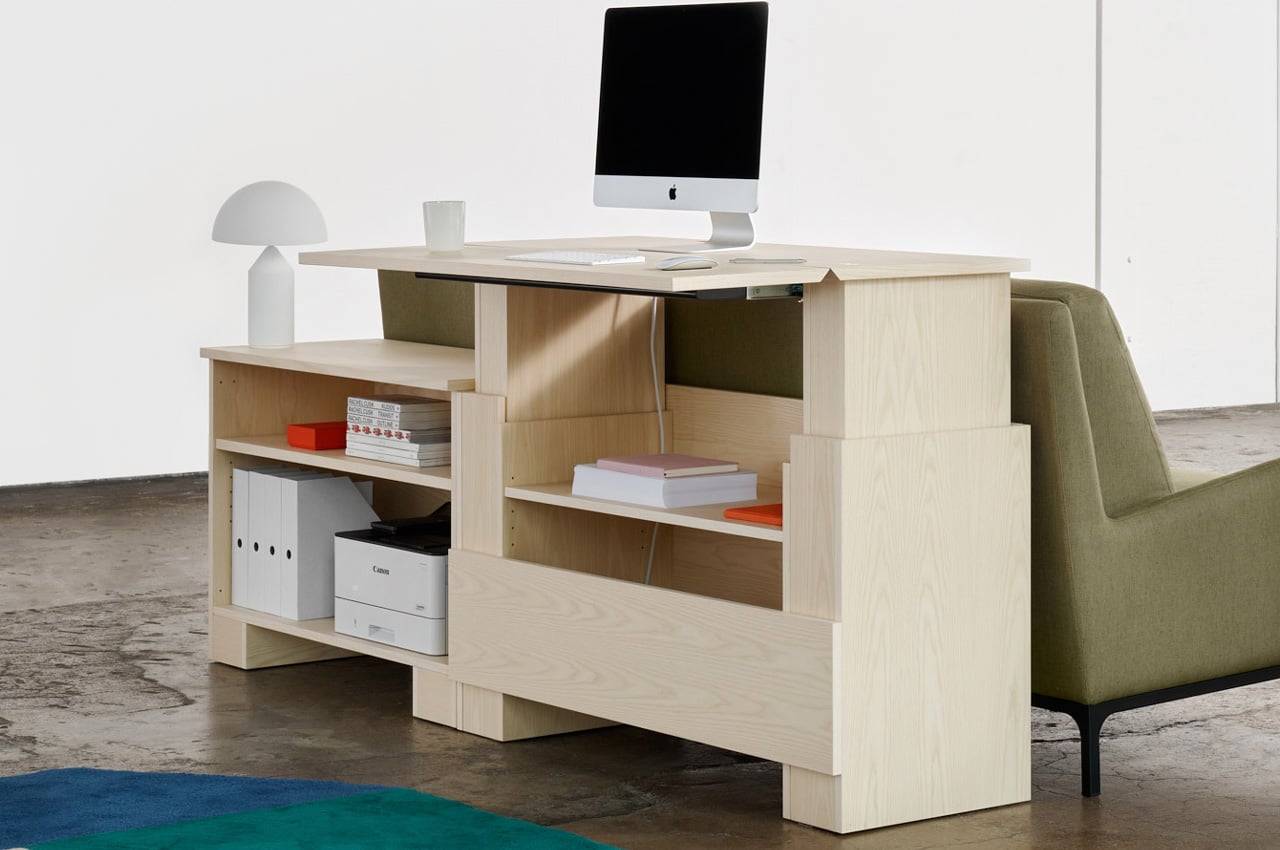
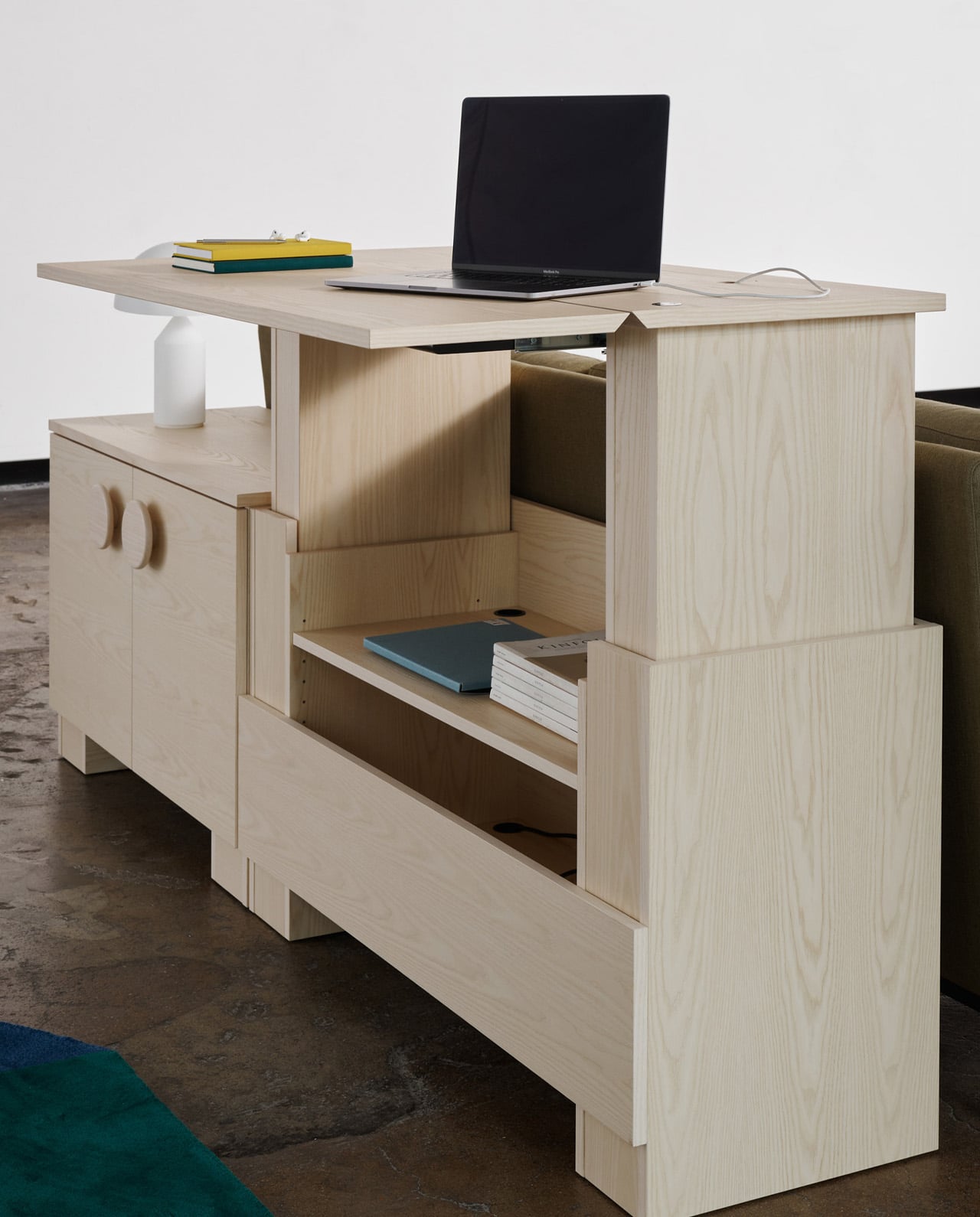
Conceptualized by Stockholm-based designer Alexander Lervik and manufactured by Finnish furniture manufacturer Adea, the Kabinett is a minimal and sturdy cabinet designed for modern home offices…that also doubles up as a work desk!
Why is it noteworthy?
Kabinett is a part of Adea’s Smartwork range, and it aims to function as an ergonomic set-up for home offices. While functioning as an efficient work table, Kabinett also serves as a rather stylish and elegant dresser.
What we like
- Multifunctional + ergonomic design
- Its minimal aesthetics are a plus point since this allows the furniture to seamlessly merge with all kinds of home offices
What we dislike
- Bulky + space-consuming design, not ideal for small homes
5. The Fortune Chair
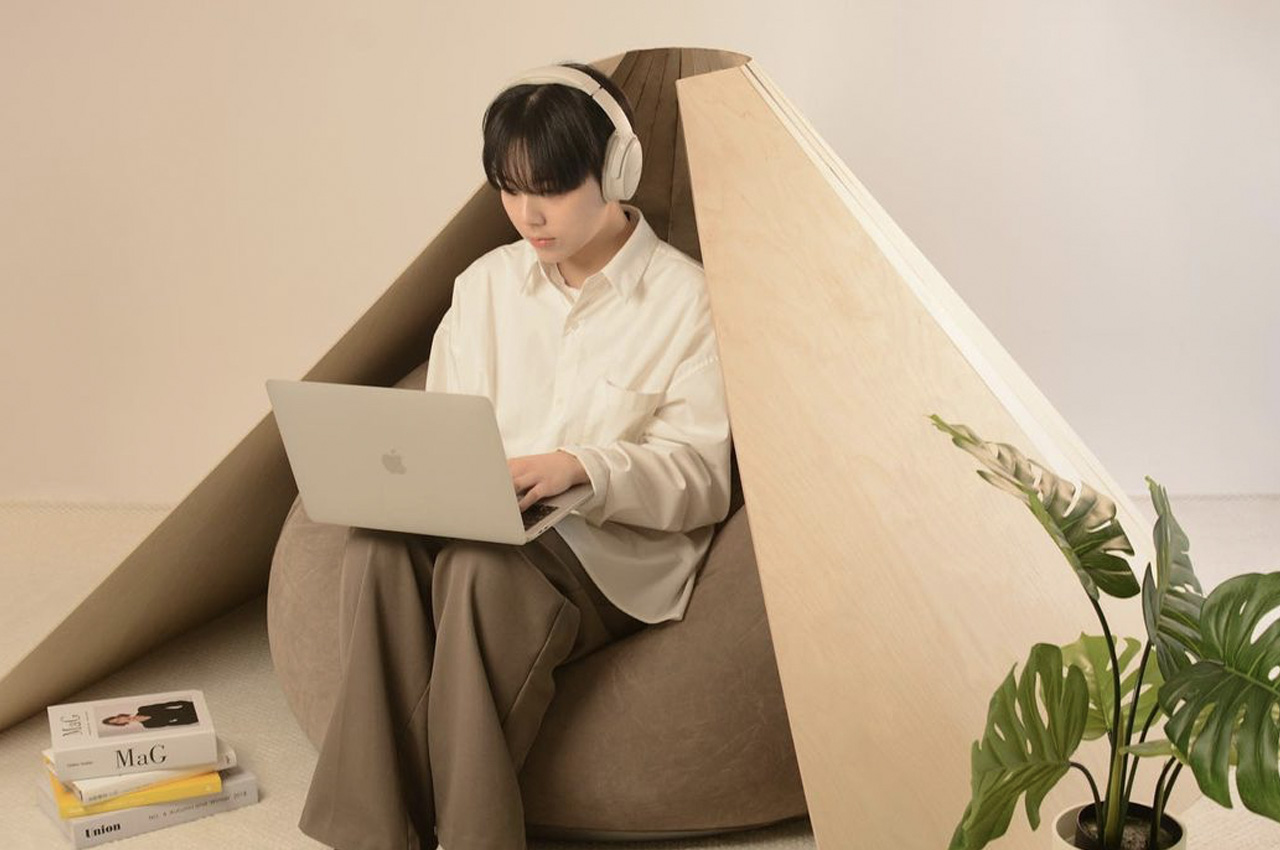
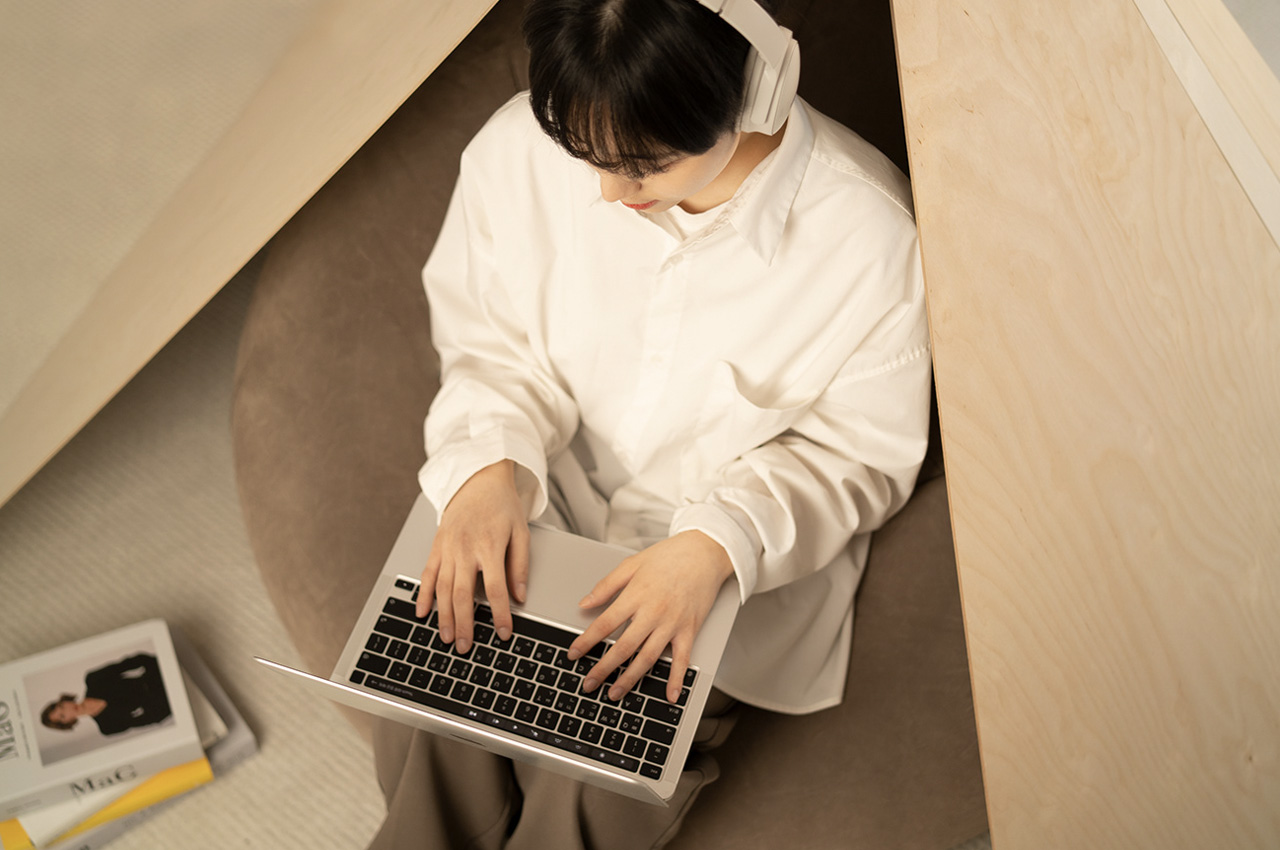
Designed by Hyeyoung Han and Hanyoung Lee, the Fortune Chair is really a mix between a bean bag, chair, and a pod, and it also happens to look like a fortune cookie.
Why is it noteworthy?
The chair includes a fortune cookie-inspired wooden outer wall, which functions as a covering frame that surrounds the user. This outer wall creates a cozy, comfortable, and private space for the user to sit in.
What we like
- Irrespective if you’re working in a corporate office or at home, the Fortune Chair functions as a little oasis for you to work in peace, much like the office pods we find today in commercial offices
What we dislike
- Given the inwards curving design, the chair may become uncomfortable as the user cannot change their position frequently
6. The Bündner Side Table
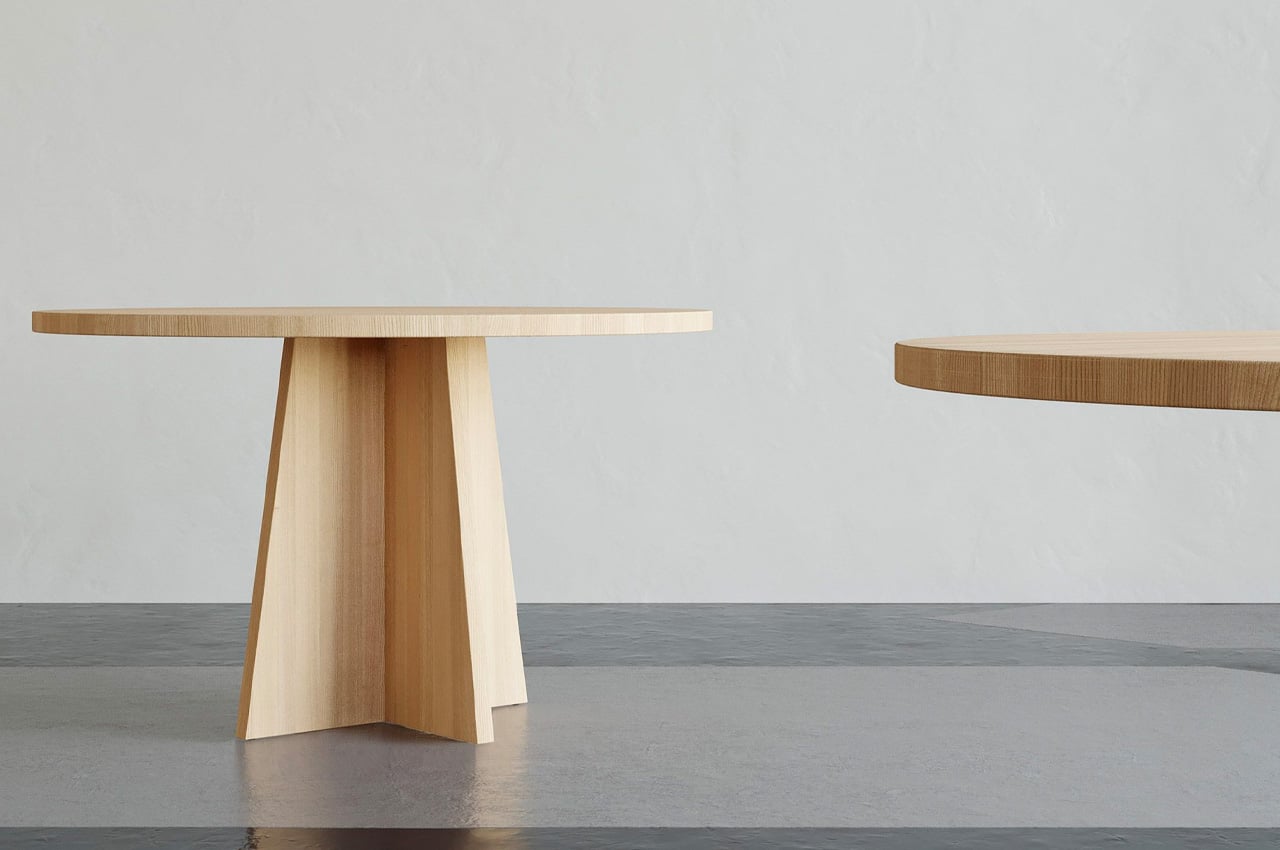
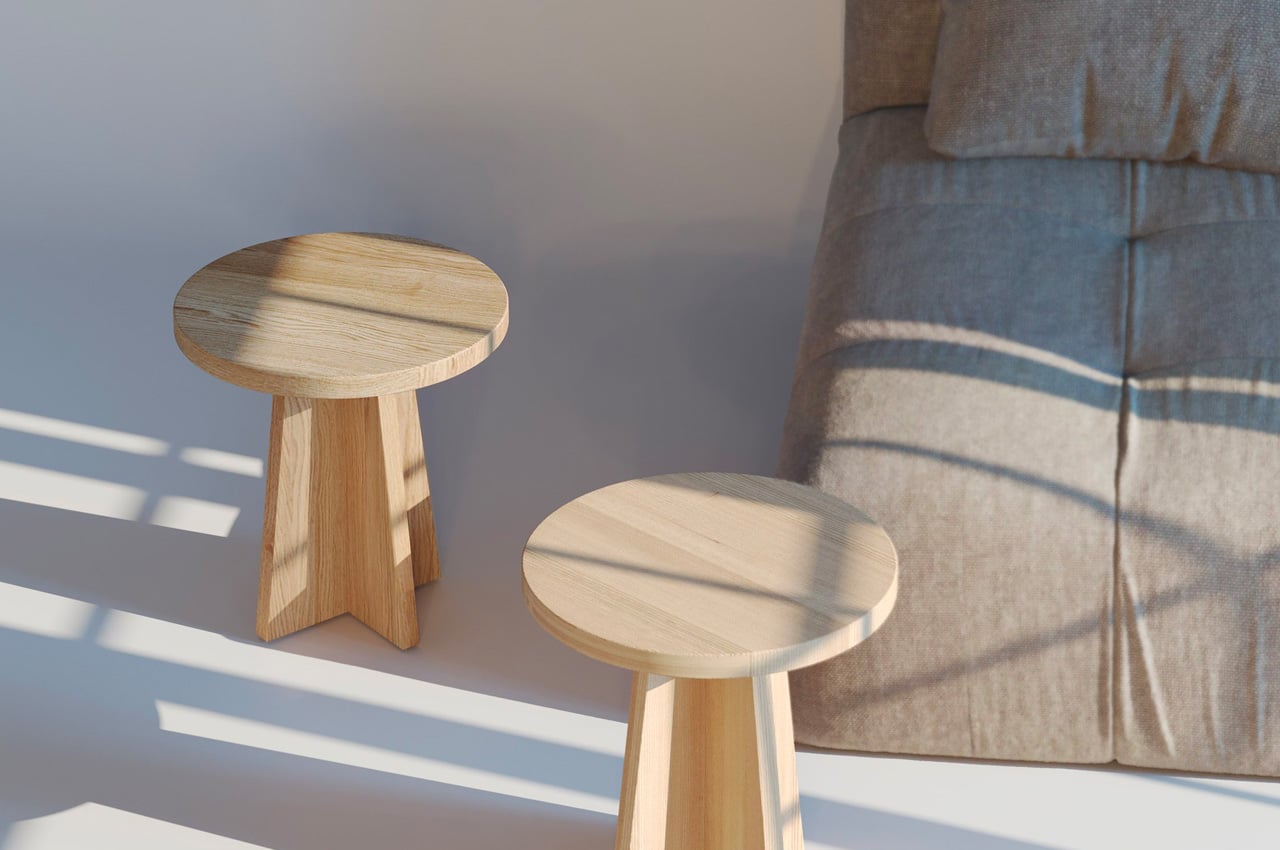
Designed by the Portuguese architecture and design studio Joana Vilaça Studio, the Bündner Side table is a solid wood table that is artfully inspired by the Swiss Alps lifestyle. It’s a rather interesting muse for a meager table, and not a very common one either.
Why is it noteworthy?
Joana drew inspiration from her own experience of living in Switzerland, where her studio is located. “Having lived for five years in the beautiful Graubünden canton of Switzerland, the collection is inspired by the art of living in the Swiss Alps,” she said.
What we like
- The self-assembly design is ideal for residential or public interiors, where it can be utilized as a bedside, coffee, or side table
What we dislike
- Would be great if there was a folding/space-saving version of it as well
7. Allieva
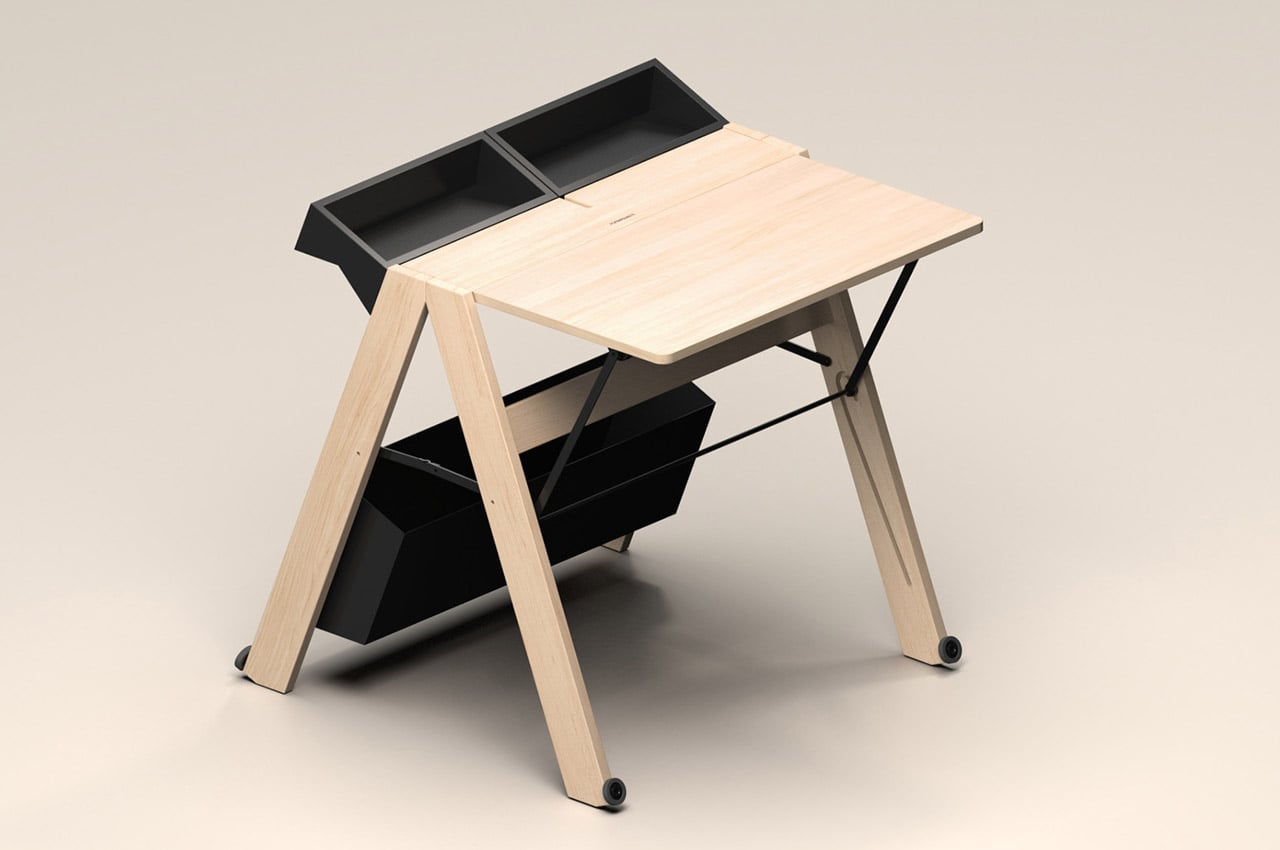
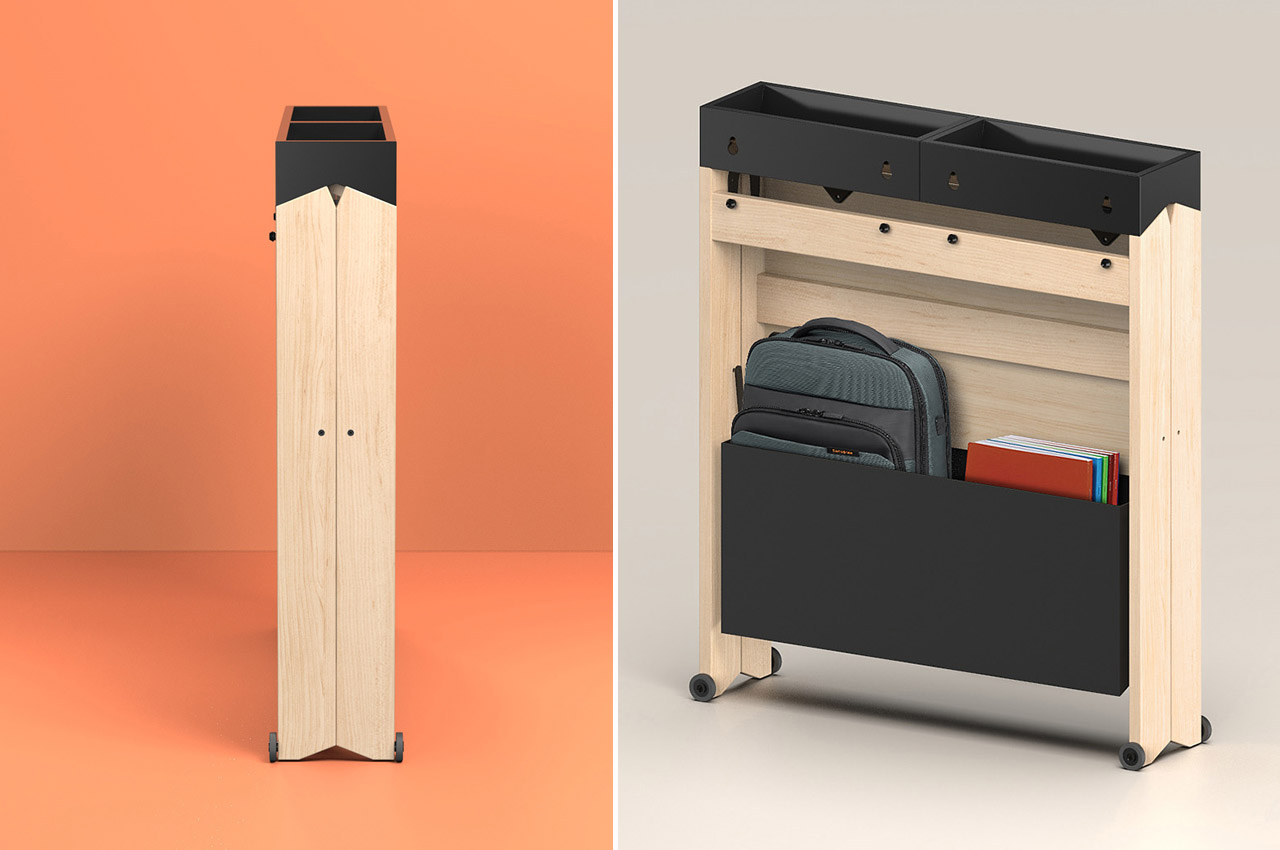
There’s always been a need for compact and functional workstations. But this necessity is further compounded by the growing trend of distance learning and working from home, especially after the pandemic. To address this problem, Whynot Design has introduced a unique and innovative solution called the Allieva. This foldable wooden workstation is designed for Foppapedretti, one of the most well-known Italian brands for baby products and wooden furniture since 1945.
Why is it noteworthy?
This sleek, foldable work desk is meant to fit in any space, making it perfect for small houses and dorm rooms. Despite compromising on size, Allieva is aesthetically pleasing. It takes up as little space as possible and measures only 7 inches deep when folded.
What we like
- The workstation can be set up easily with a simple gesture
- Comes with a large compartment at the base of the table that allows you to keep everything
What we dislike
- The folding and unfolding mechanism could be considered tedious by users
8. The Spectrum Workstation Round ST160
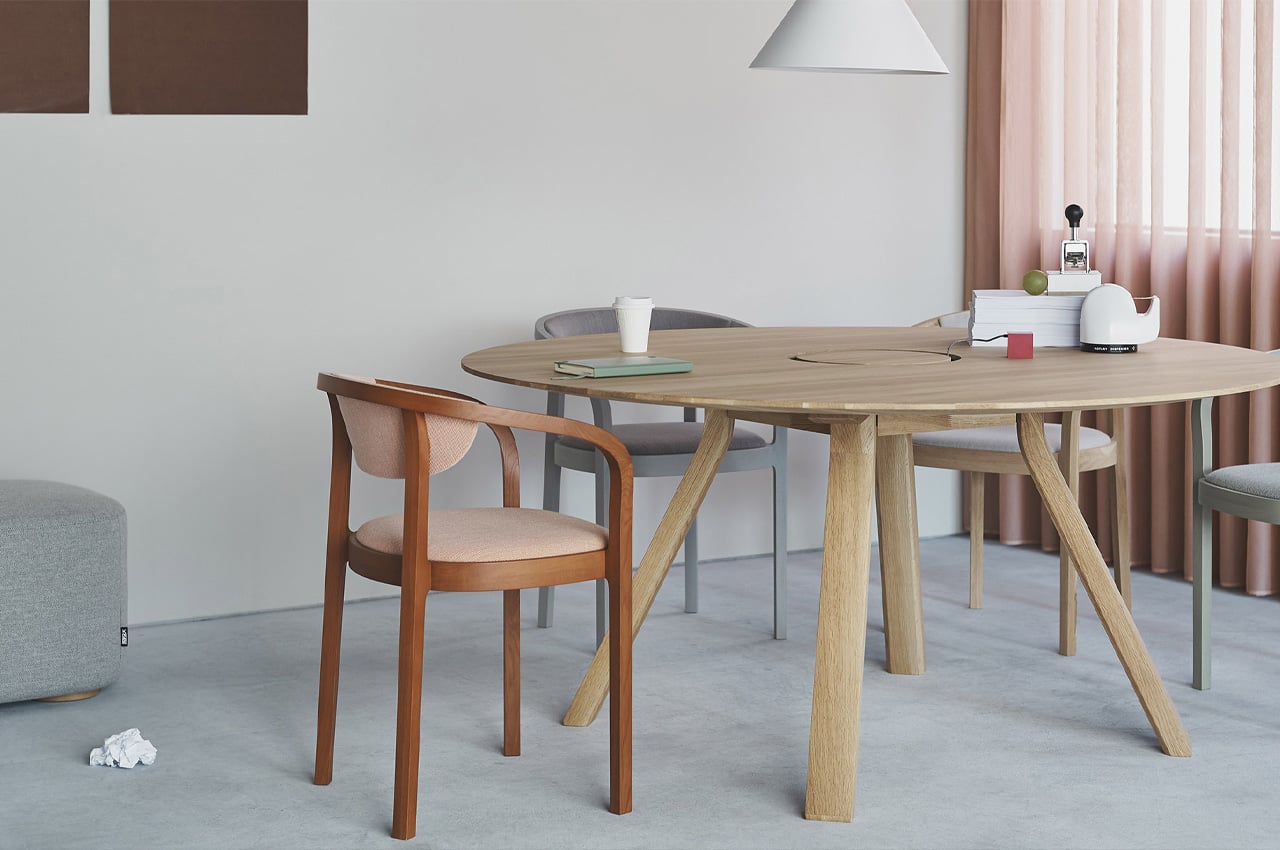
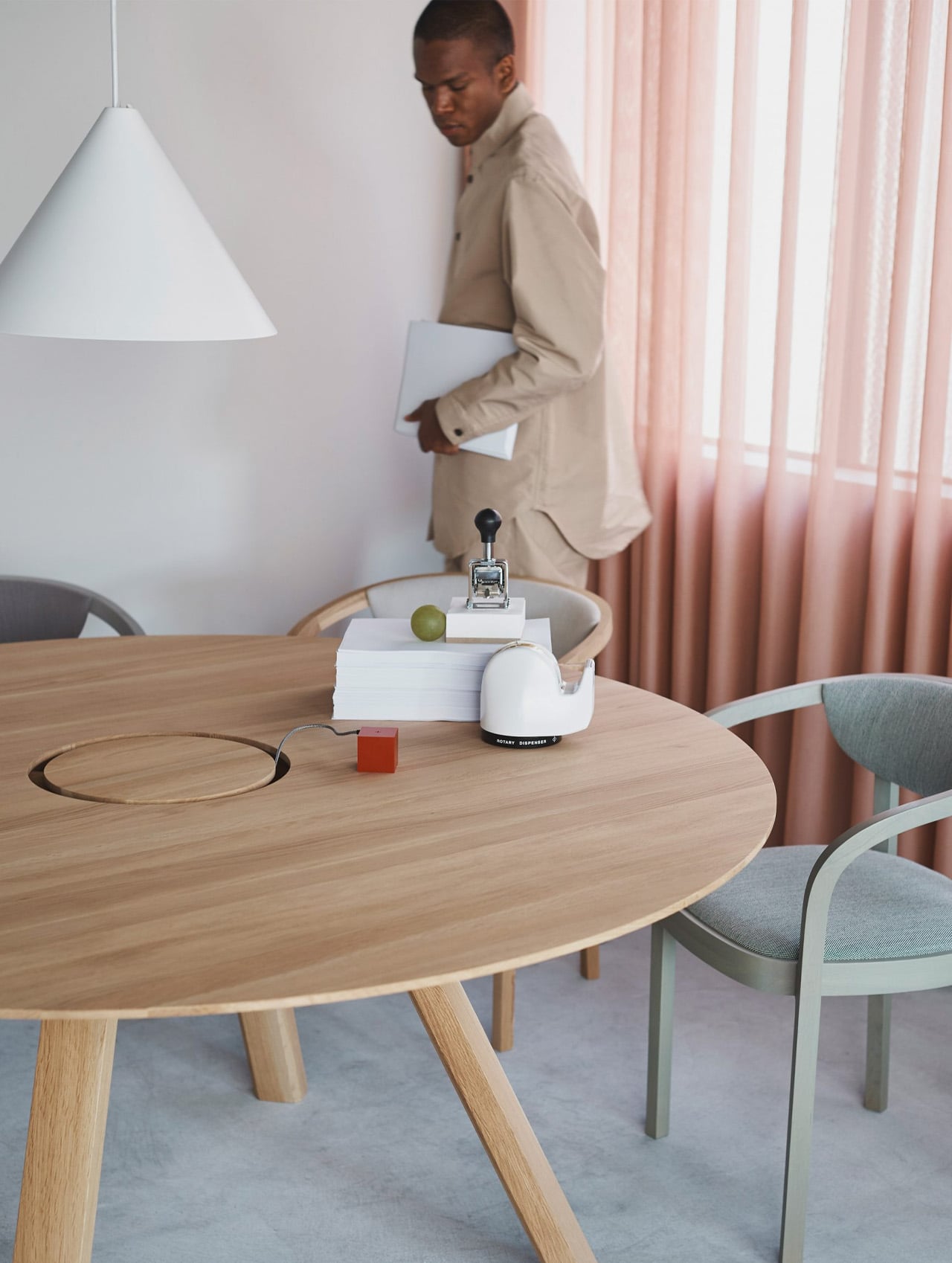
Studio Geckeler Michels designed the Spectrum Workstation Round ST160 for Karimoku New Standard. Karimoku New Standard is an offshoot of Karimoku. It was founded to easily combine the brand’s craftsmanship with design studios around the world. The studio designed the minimal workstation to bring a semblance of calm and tranquility to our hectic workspaces.
Why is it noteworthy?
The station perfectly embodies Japanese craftsmanship and German design, in an attempt to merge stunning aesthetics with efficiency and functionality. It has been crafted from solid Japanese oak wood and is designed to support a flexible and dynamic style of working.
What we like
- Works well for both home and corporate offices
- The workstation can seat up to six people quite comfortably, so it’s also great to sit together and interact and collaborate
What we dislike
- The circular shape brings a conference room table for collaborative work but takes away the privacy of a personal cabin
9. The Outside In
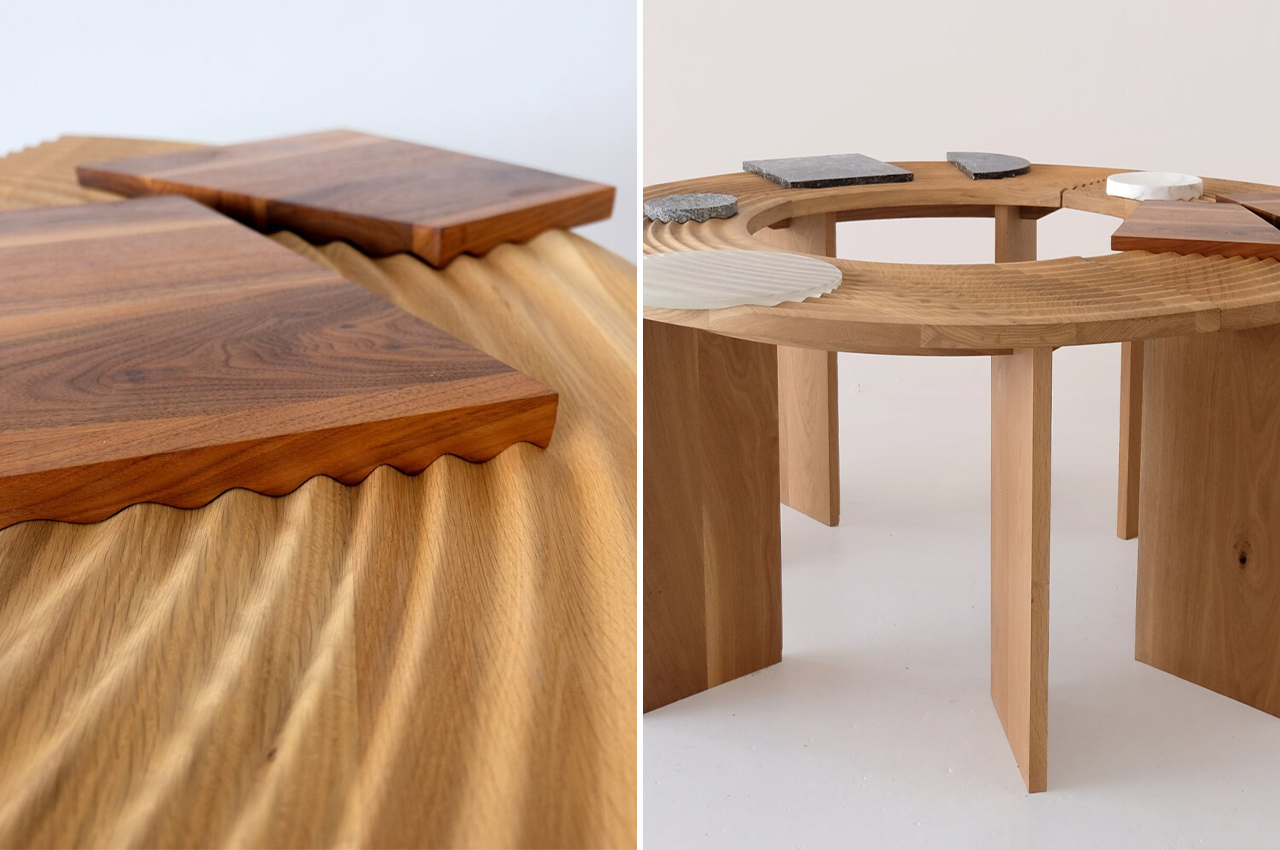
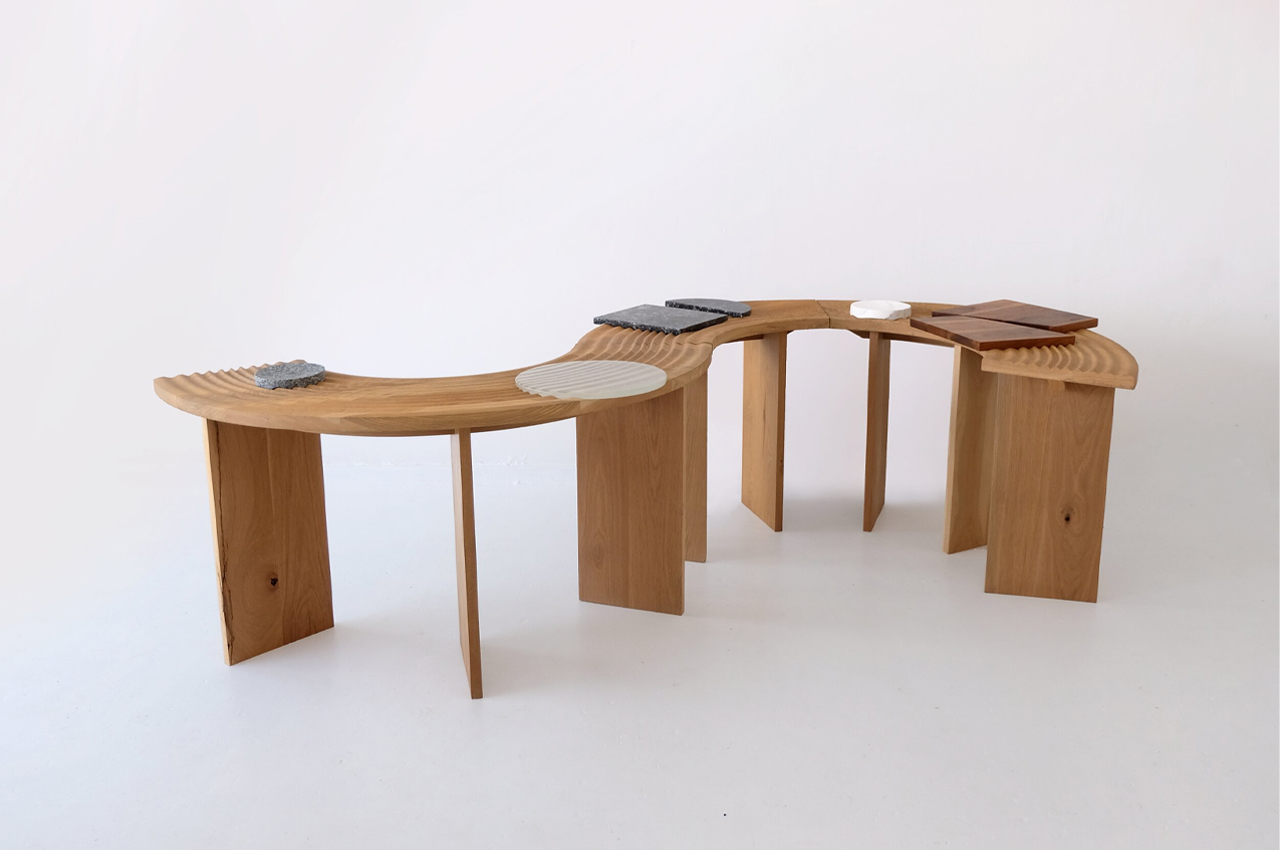
This multifunctional shape-shifting table is called the Outside In, and it integrates beautiful hand-carved grooves into its timber frames, which resemble the raked ruts of Japanese zen gardens.
Why is it noteworthy?
Japanese zen gardens have supplied ceaseless inspiration for designers. While the sheer meditative quality of zen gardens is enough to insight into some new ideas, the artful design of zen gardens rakes its own creative vision for designers. Melbourne-based furniture, lighting, and object design company Sabu Studio found its own creative vision by way of Japanese zen gardens when designing the minimalist Outside In table.
What we like
- Features a sinuous timber surface that resembles the hand-raked grooves of a zen garden
- Outside In is a crafty piece of furniture that would look right at home in hospitality common spaces or even event halls
What we dislike
- Space-consuming & bulky design
10. Solar
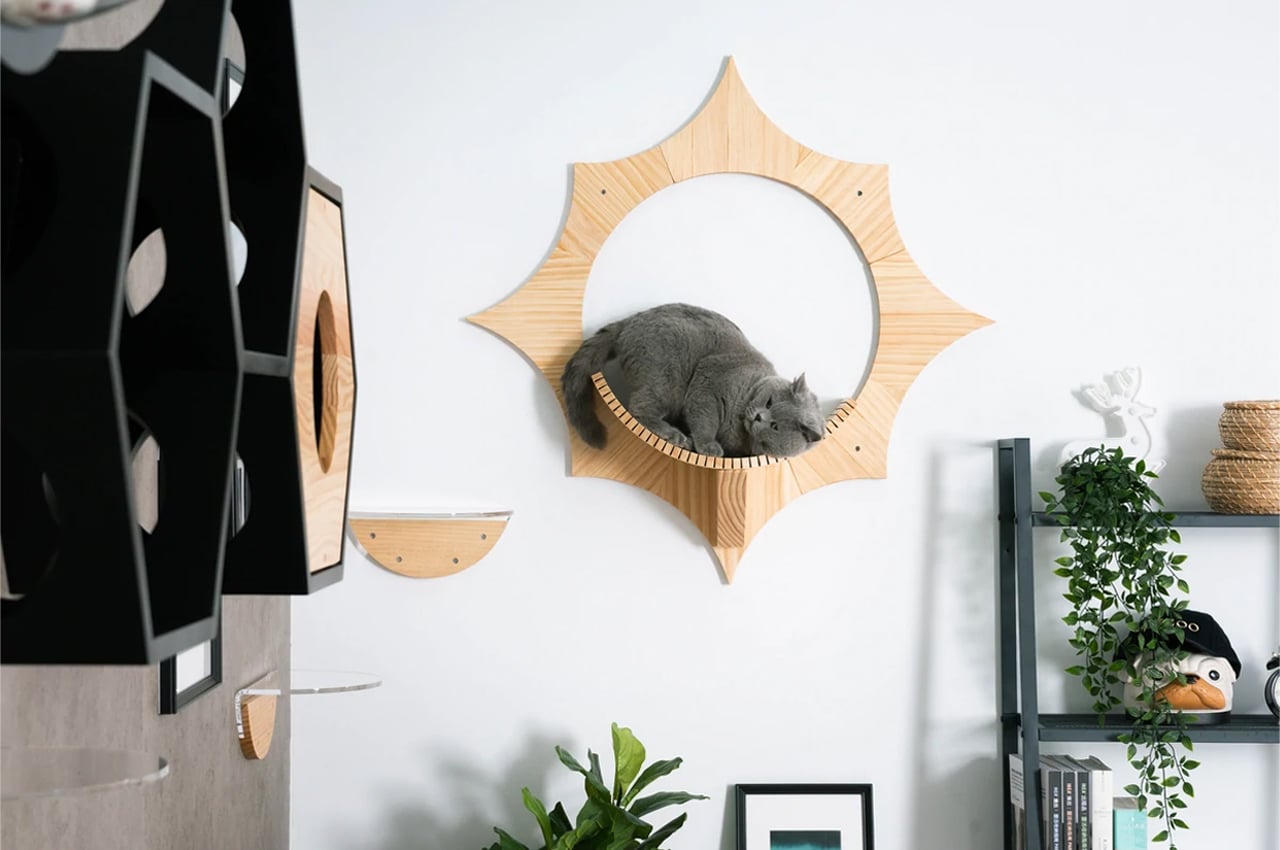
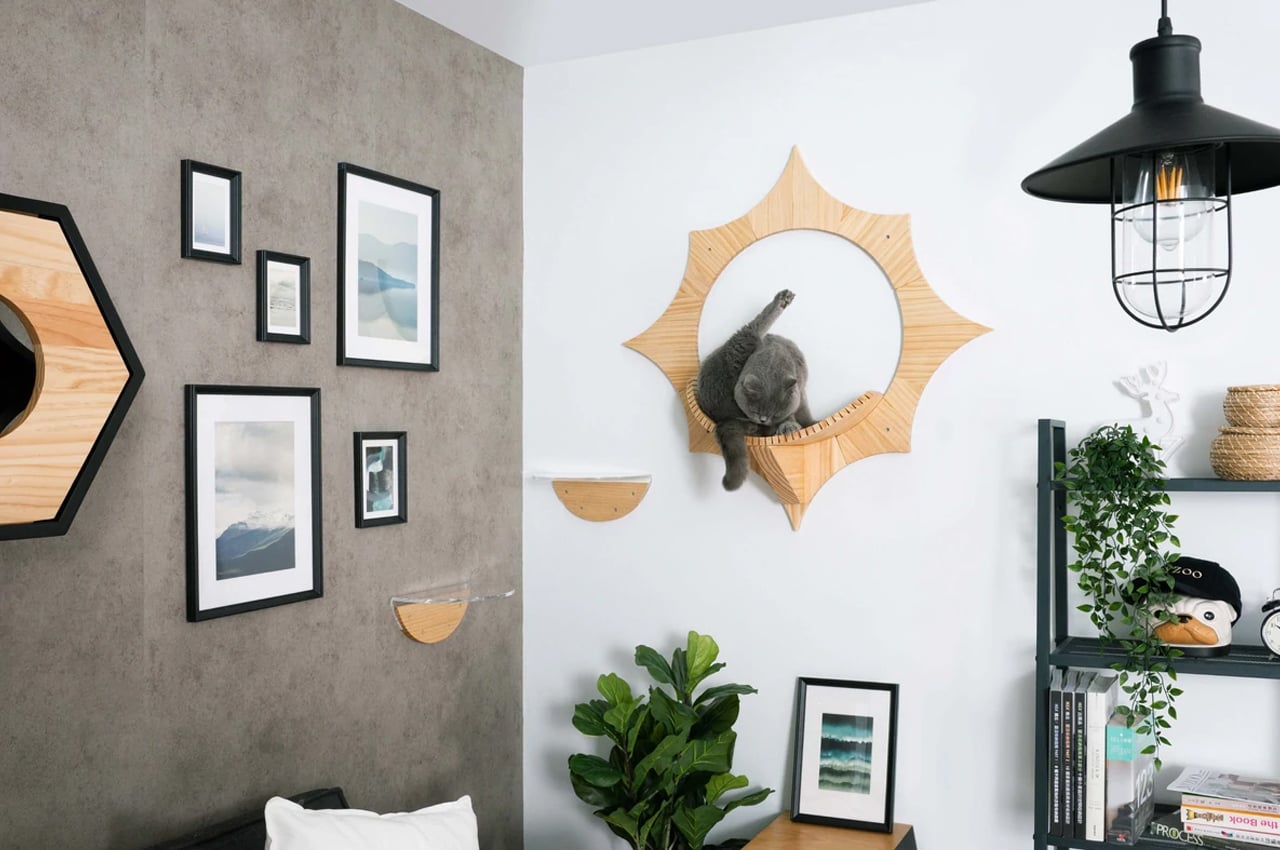
MyZoo, a cat goods company, designs modern cat furniture that caters to your cat’s every need, while not disrupting your interior design. Solar, one of their more recent designs, is a wall-mountable floating cat bed that mounts onto any vertical surface so cats rest midair in their own designated space.
Why is it noteworthy?
Shaped like the sun, Solar is a small, but sturdy floating cat bed that’s built from pinewood. In a similar fashion to their other pieces of cat furniture, MyZoo lined Solar with a slotted resting platform for safe jumping. Ideal for small spaces, Solar provides a resting spot and jumping platform for your cat and saves space in the meantime.
What we like
- Solar doesn’t take up any ground space and easily mounts to any wall where there’s room
- Easy to assemble
What we dislike
- There’s no cushioning on the bed which would make it easier for the cat to lounge on
The post Top 10 minimal furniture designs to add a bit of peace and calm to your home first appeared on Yanko Design.
